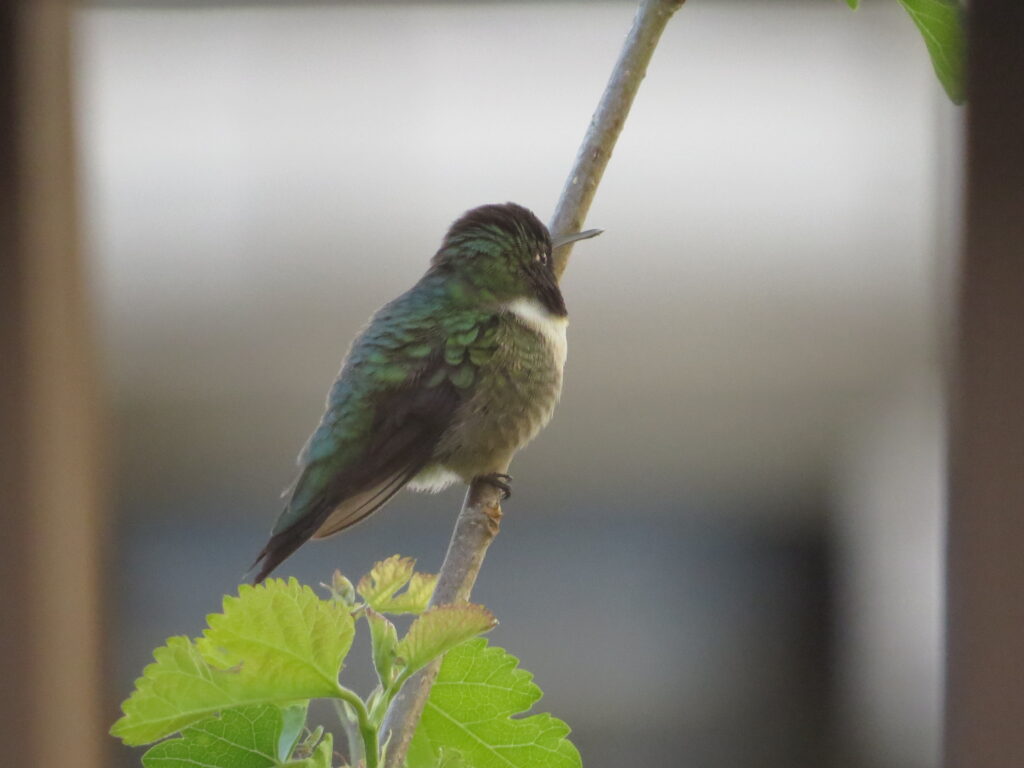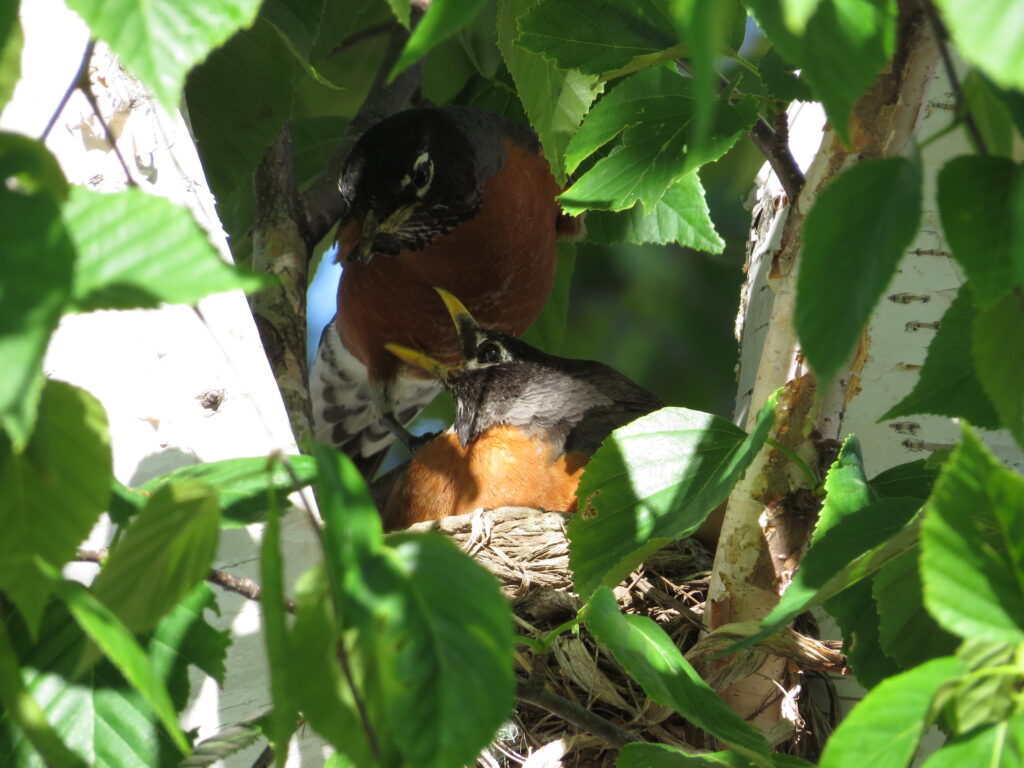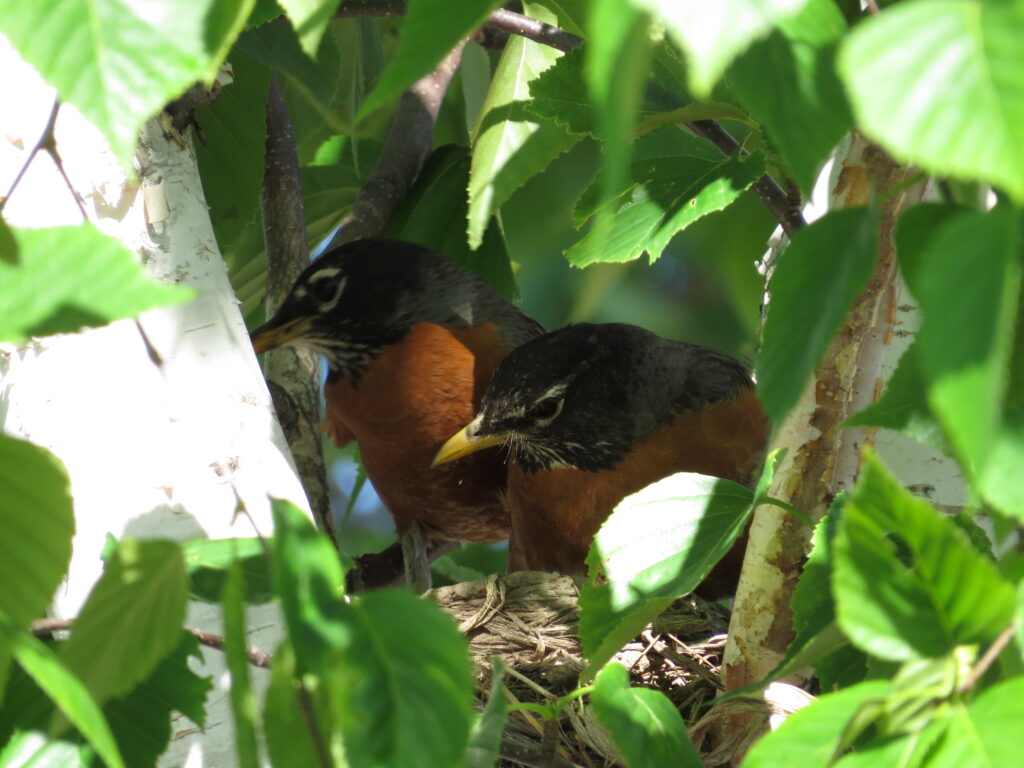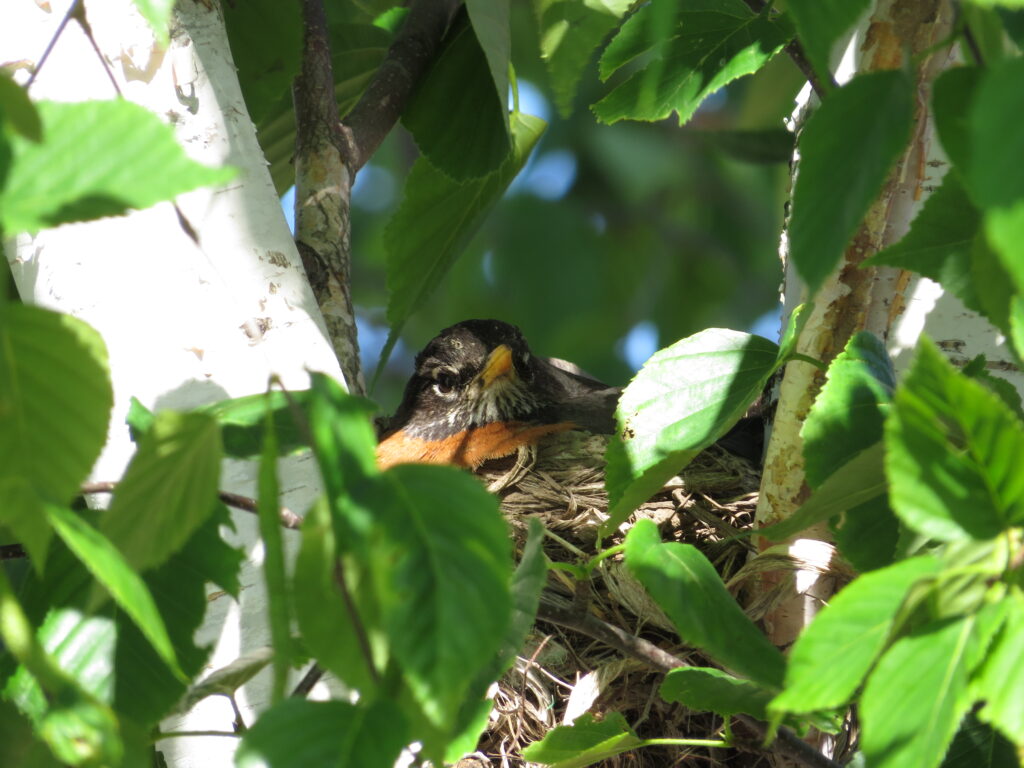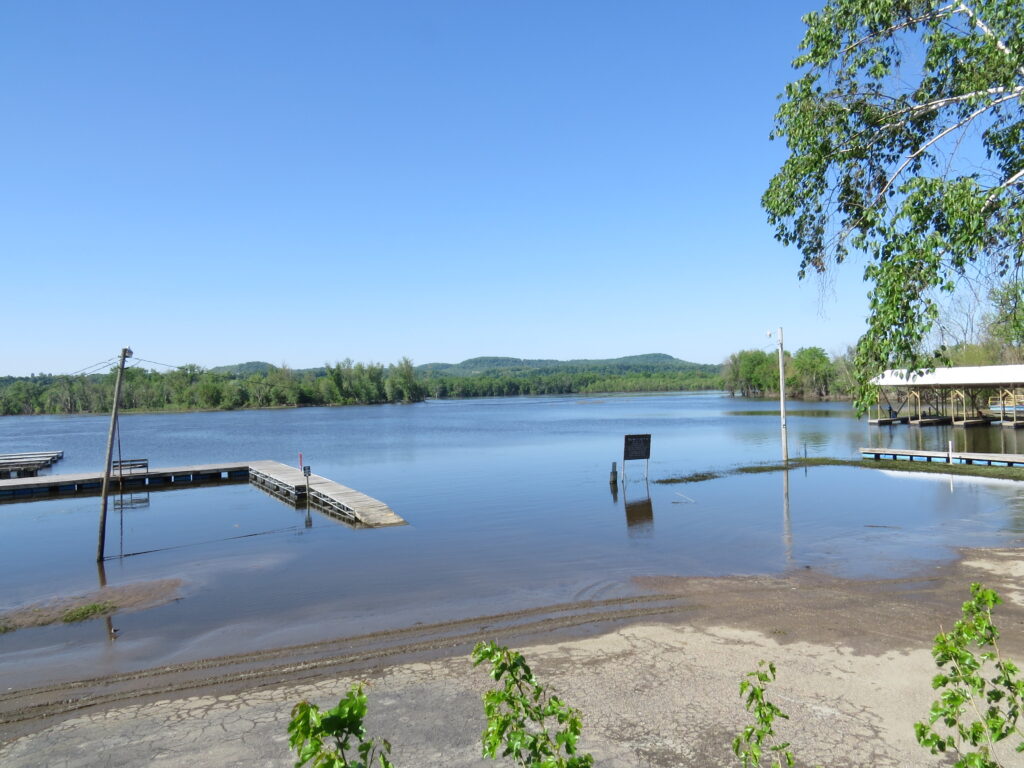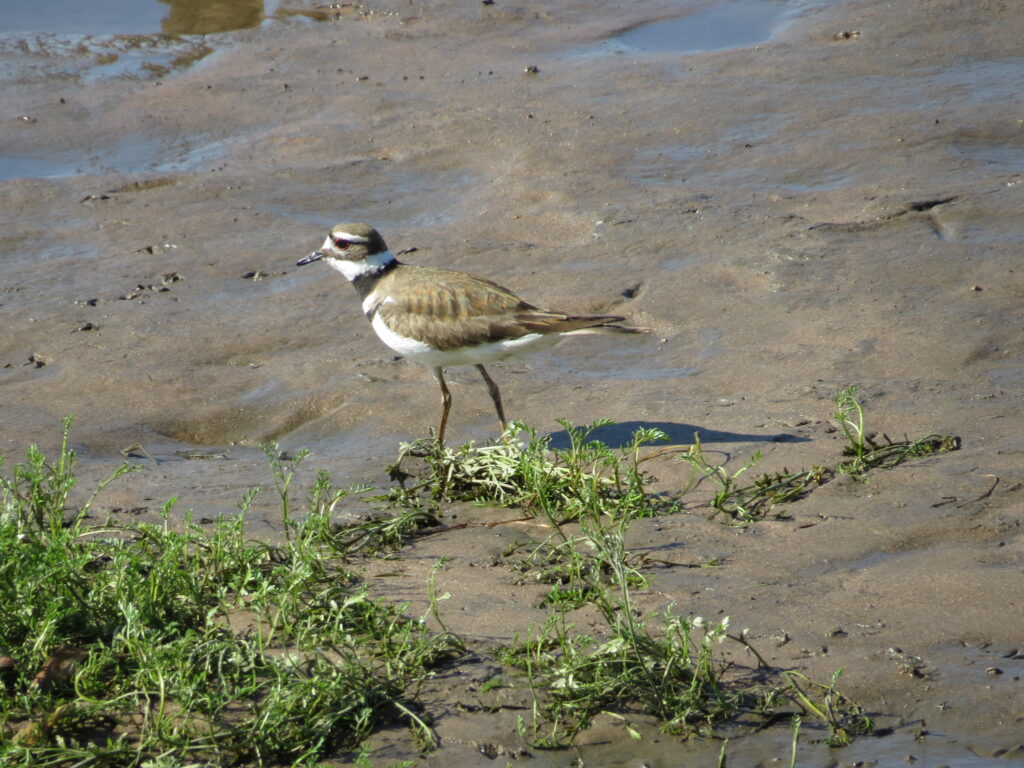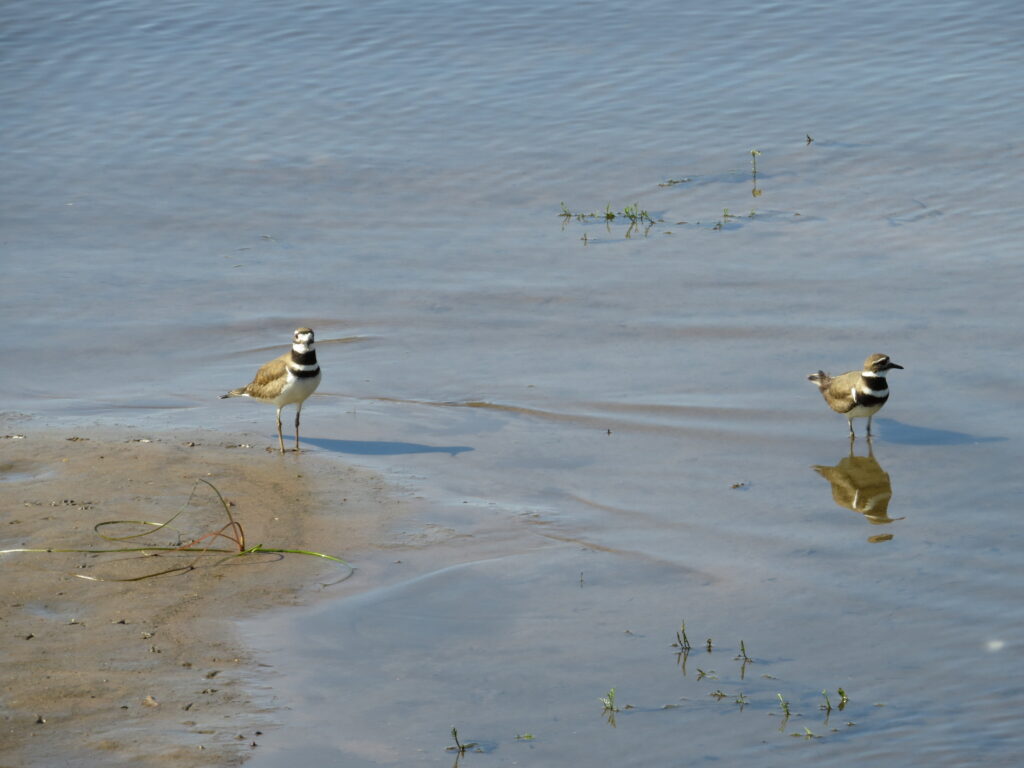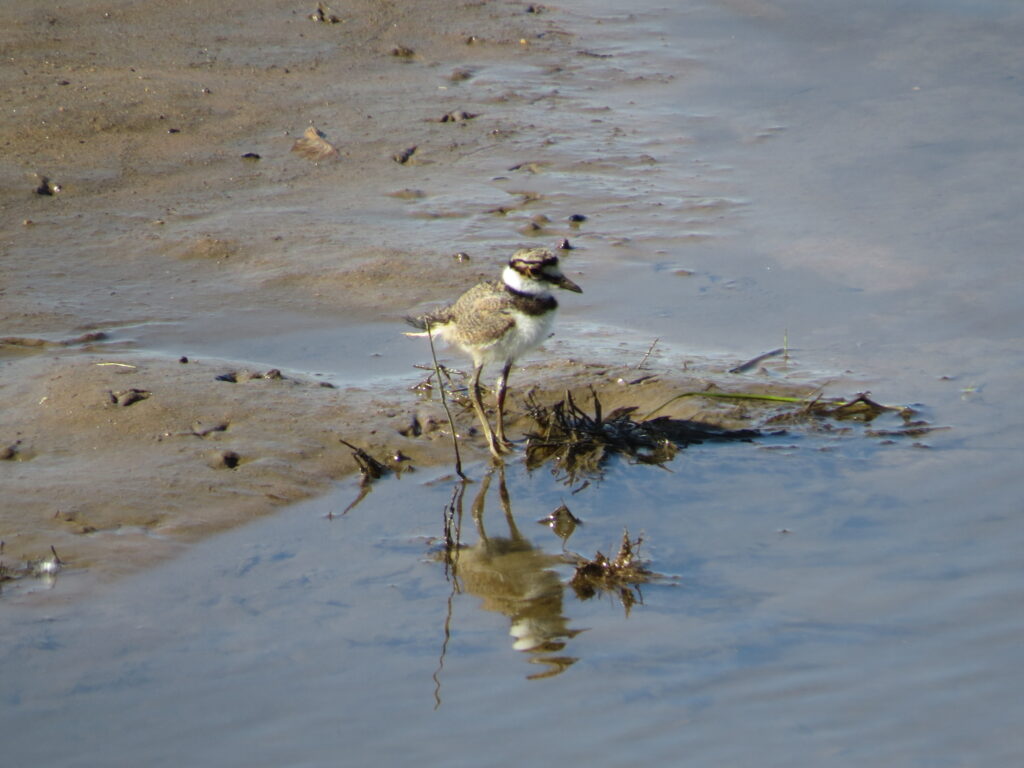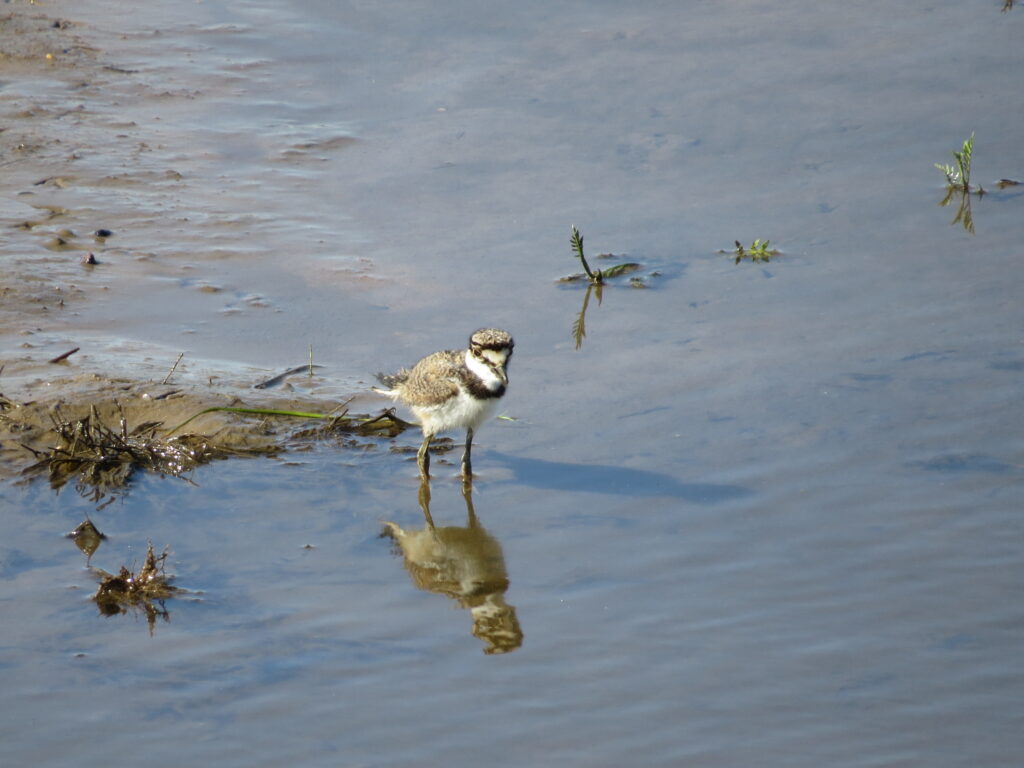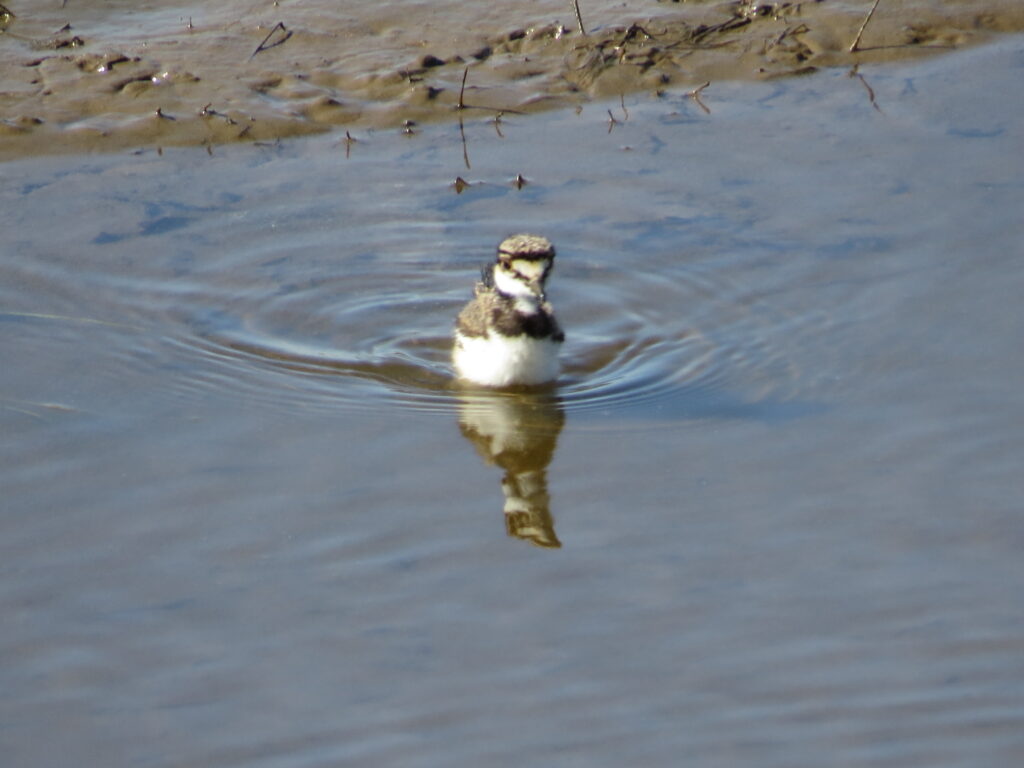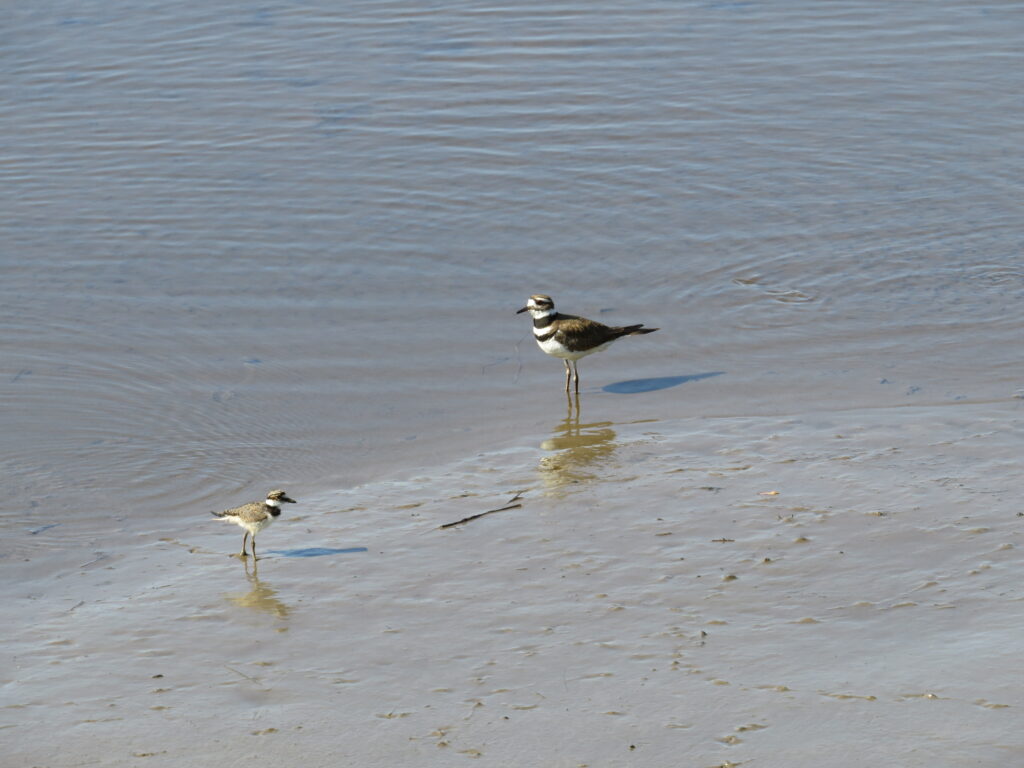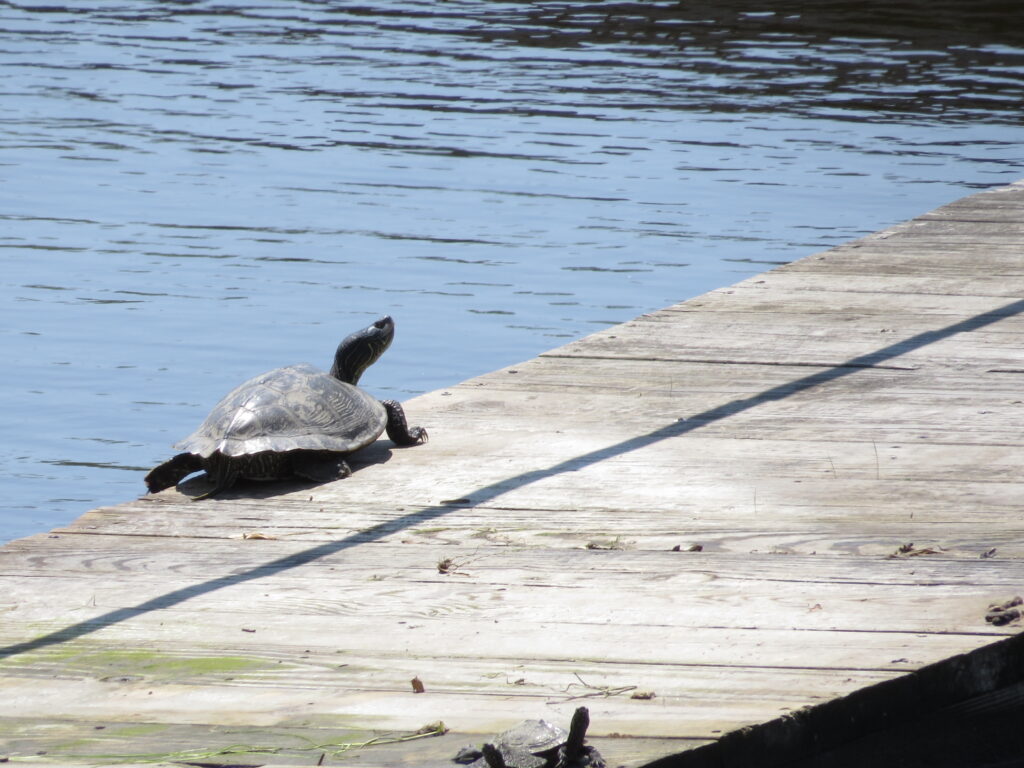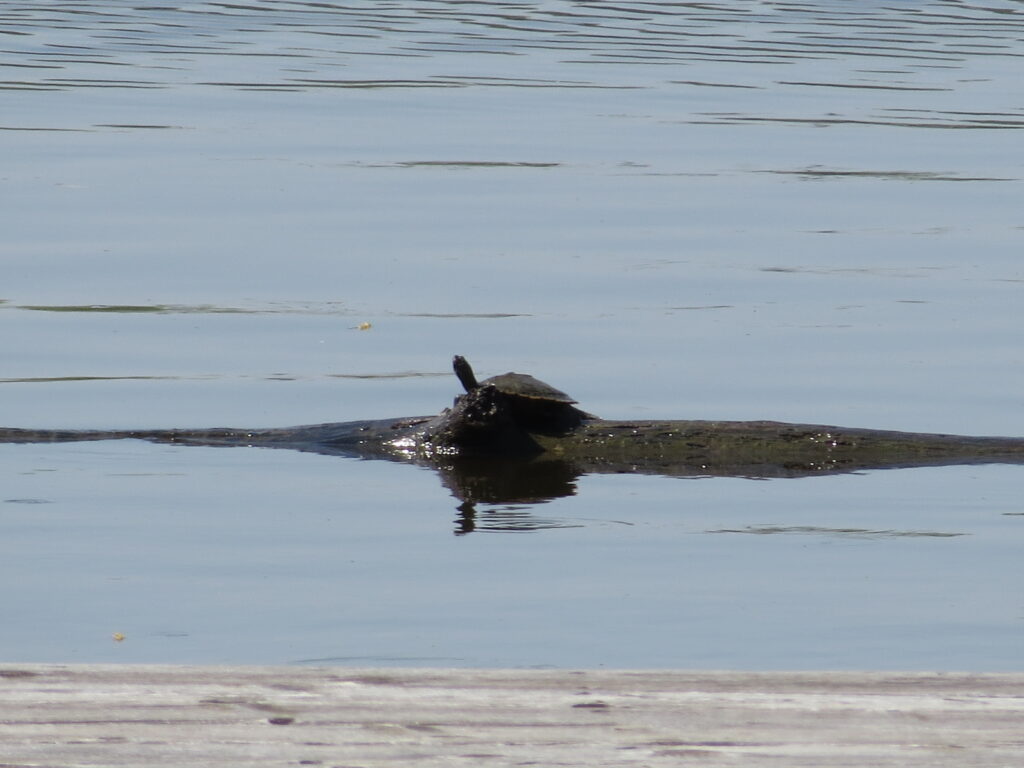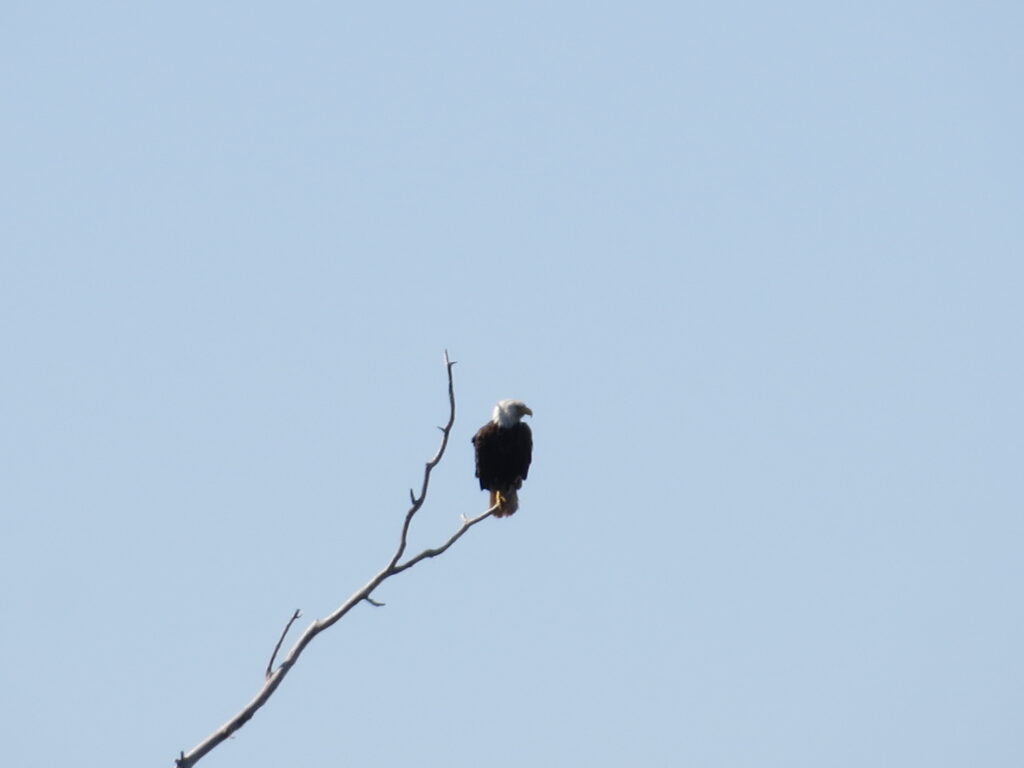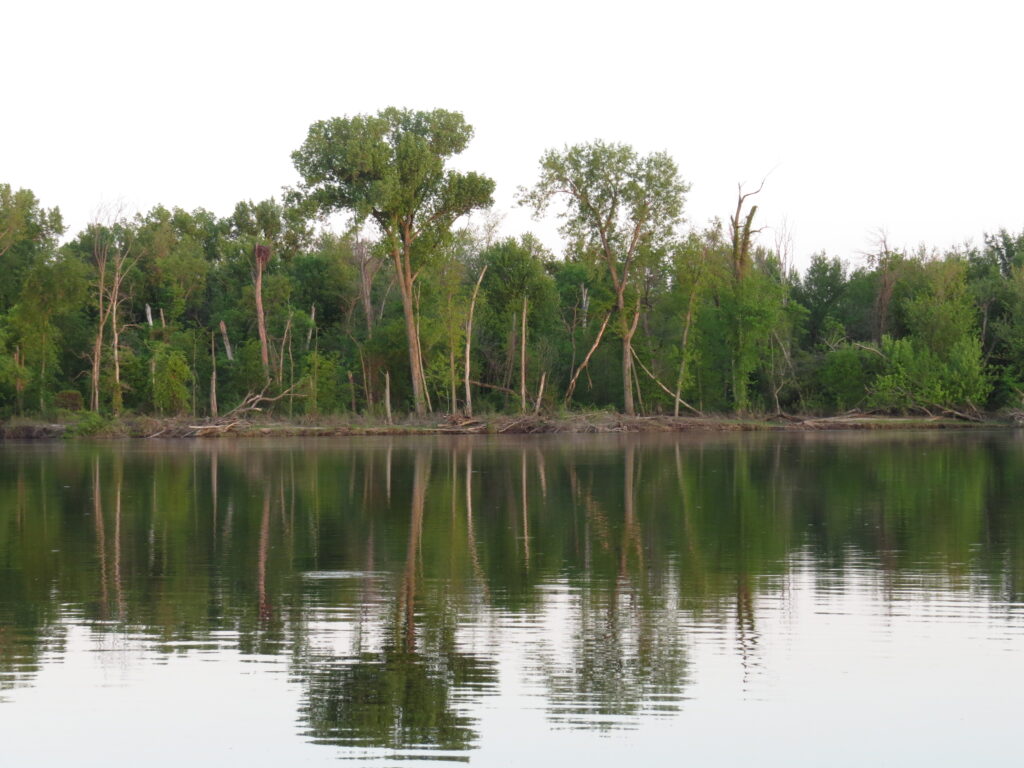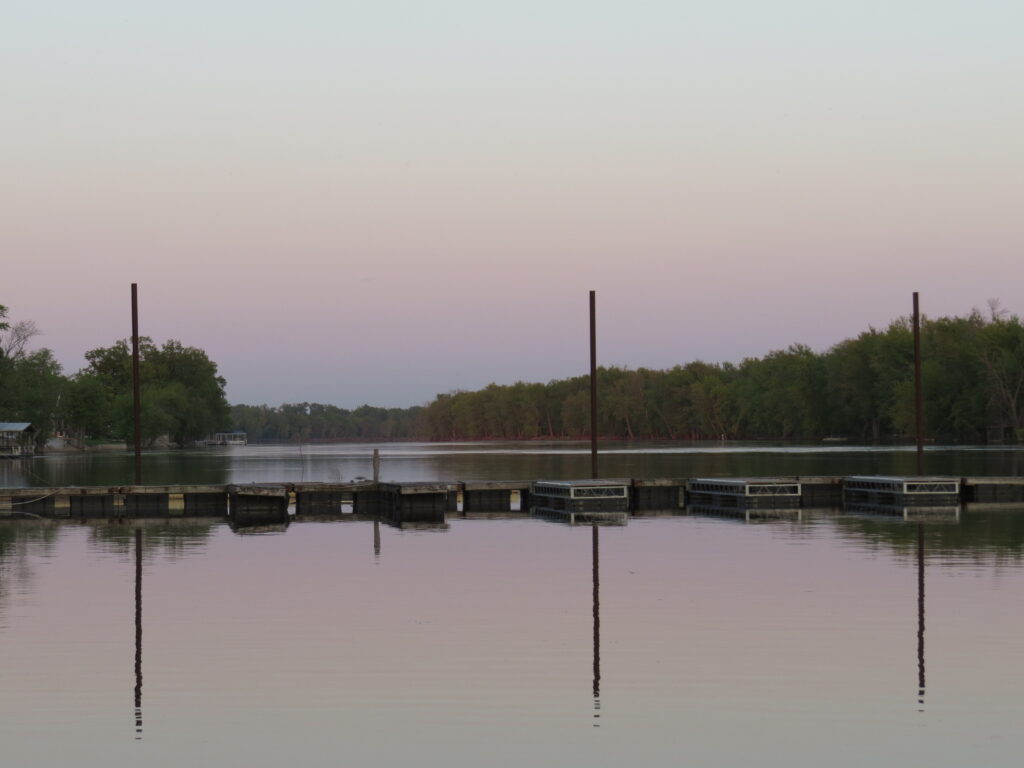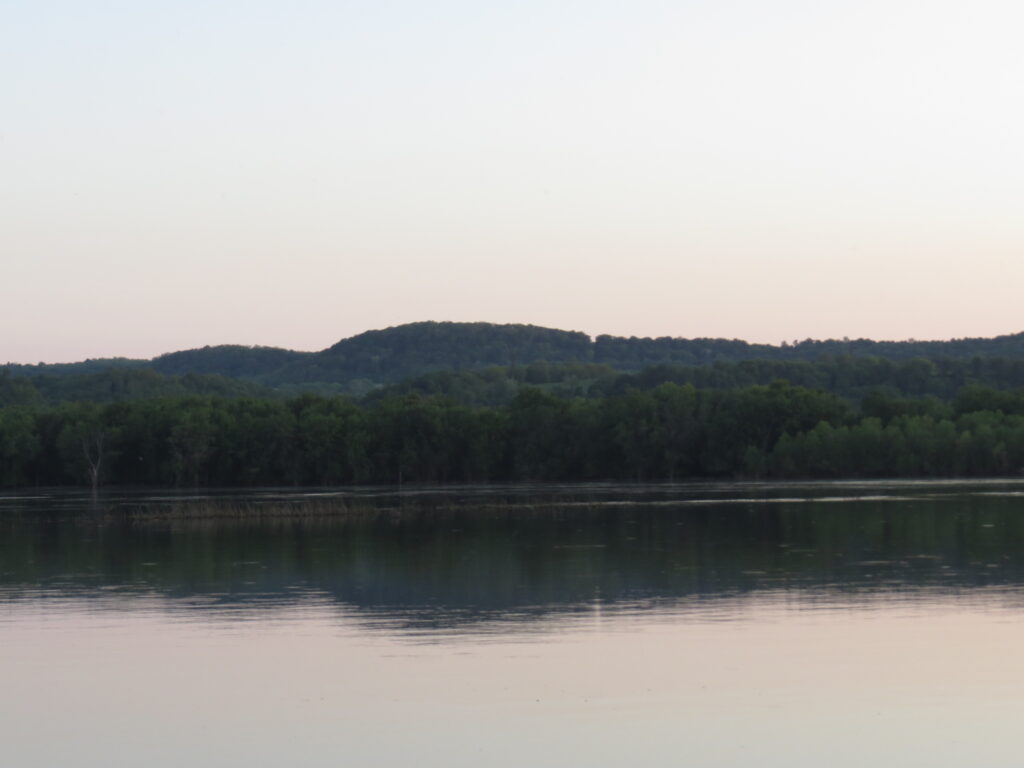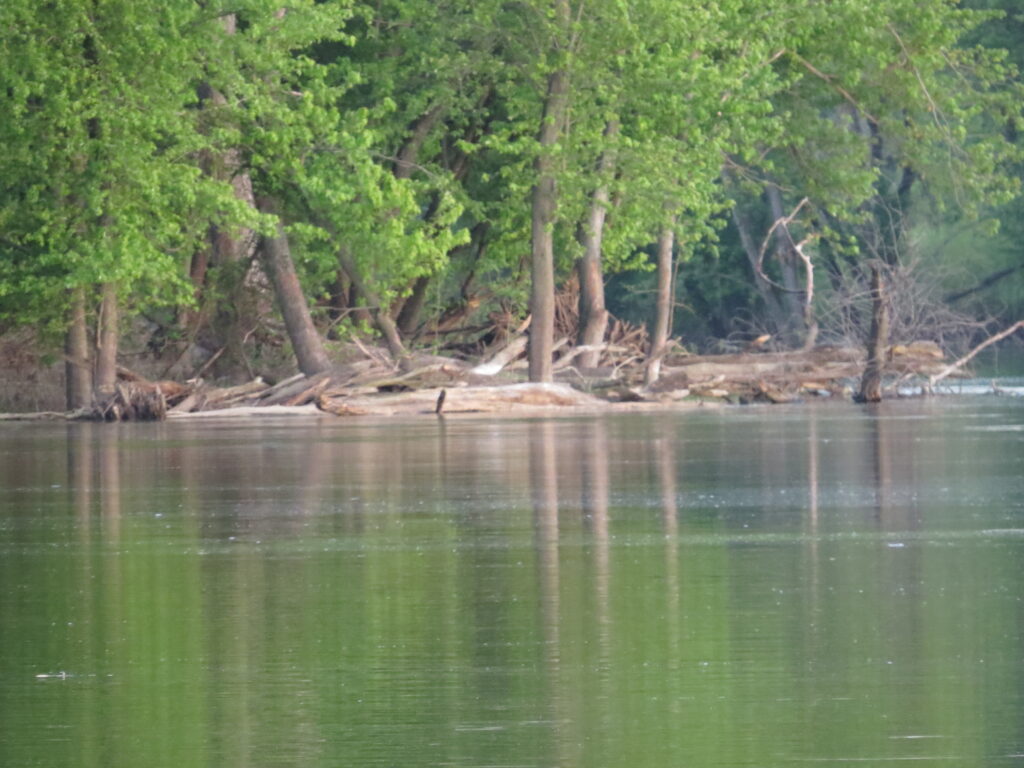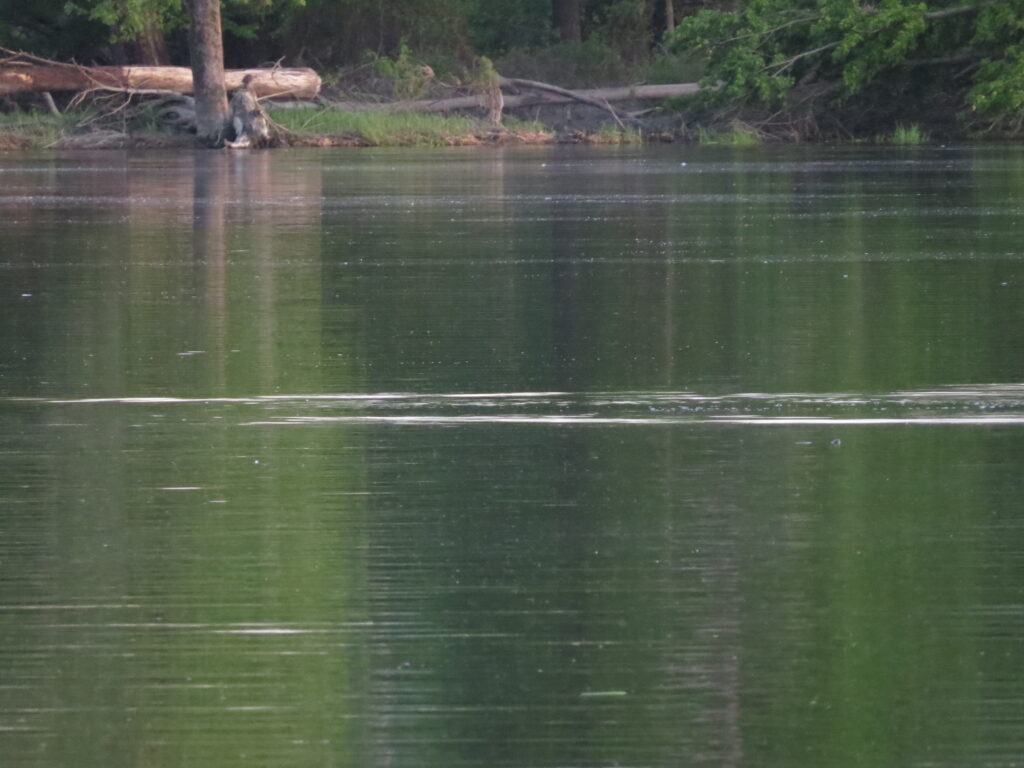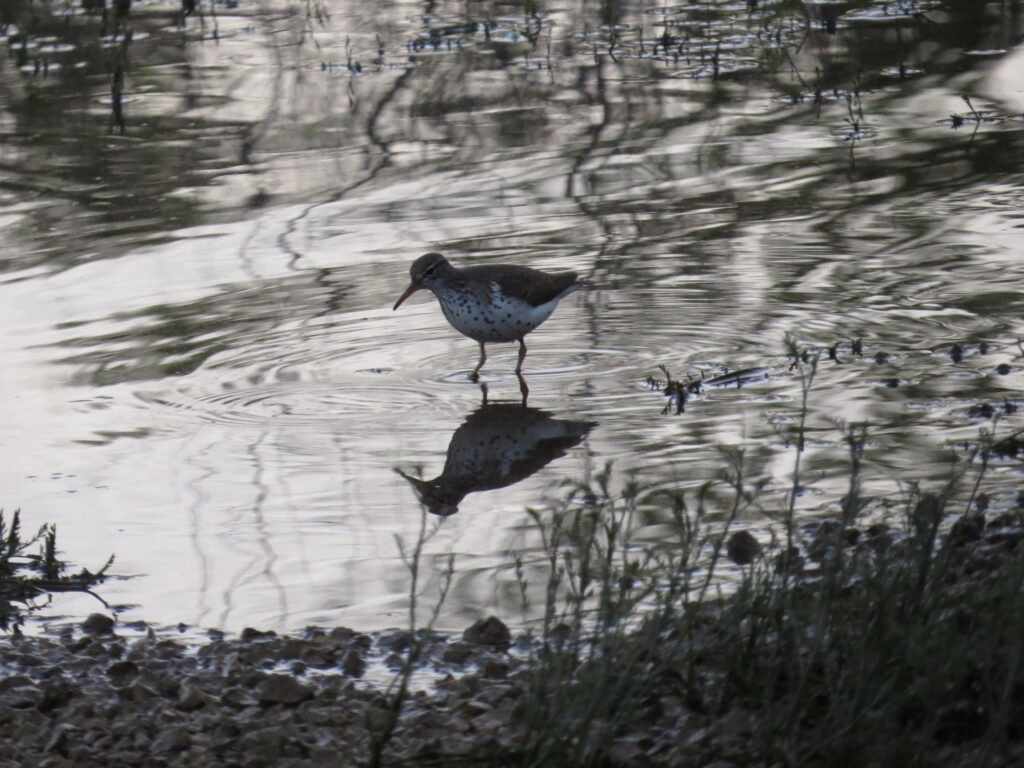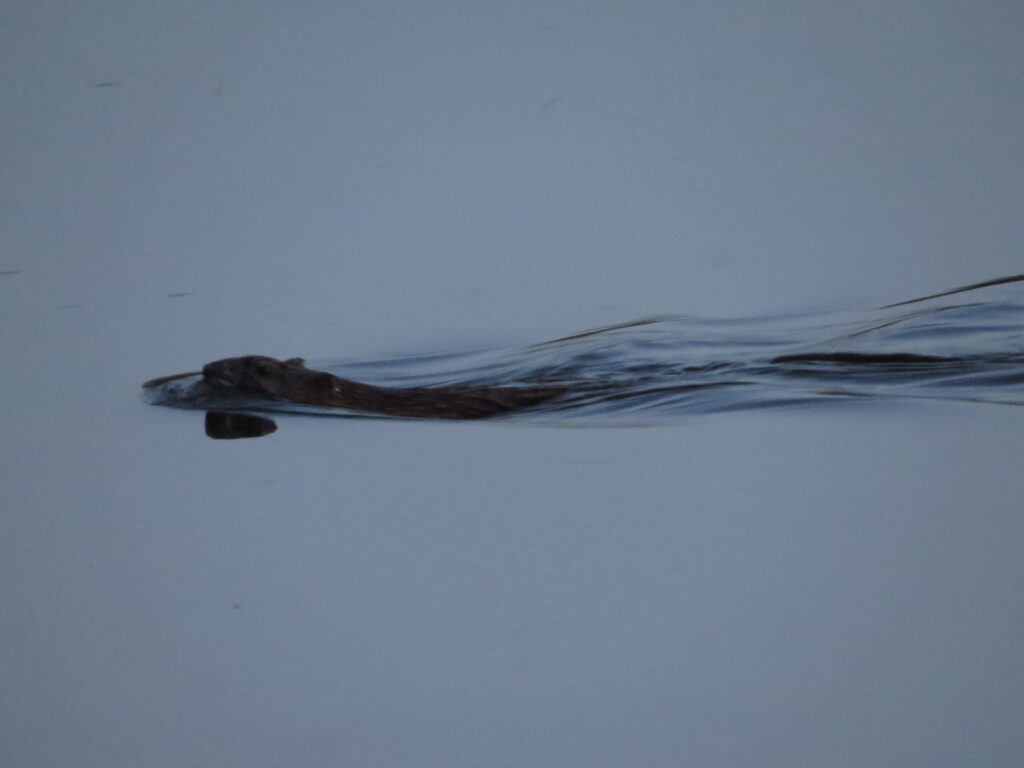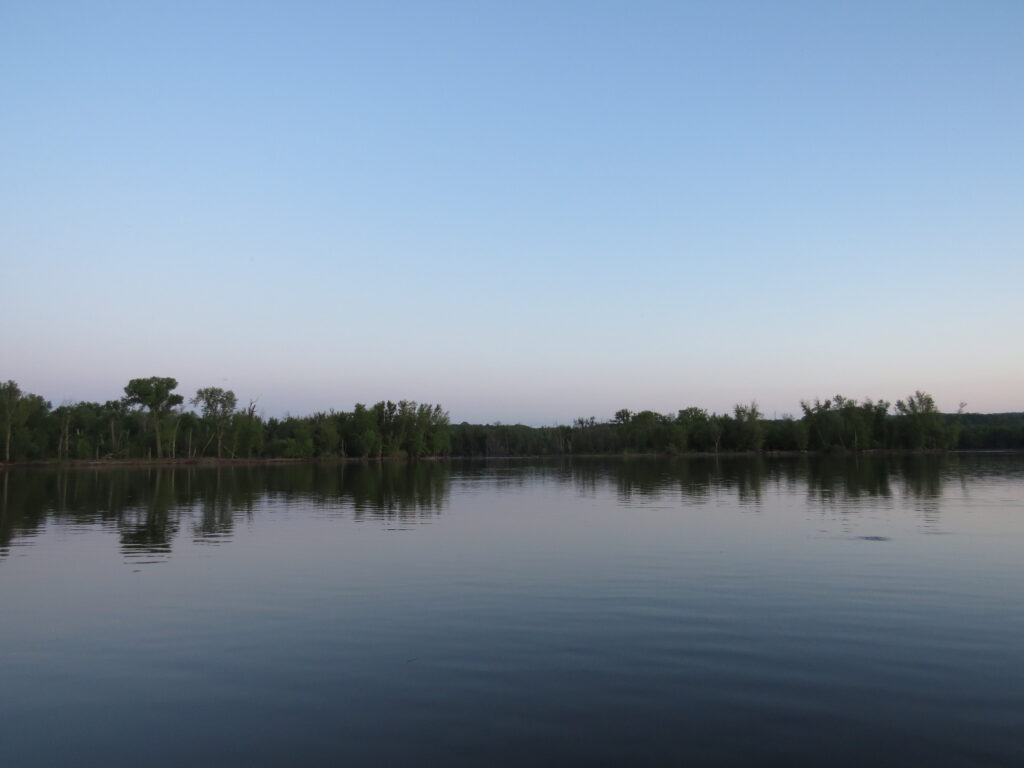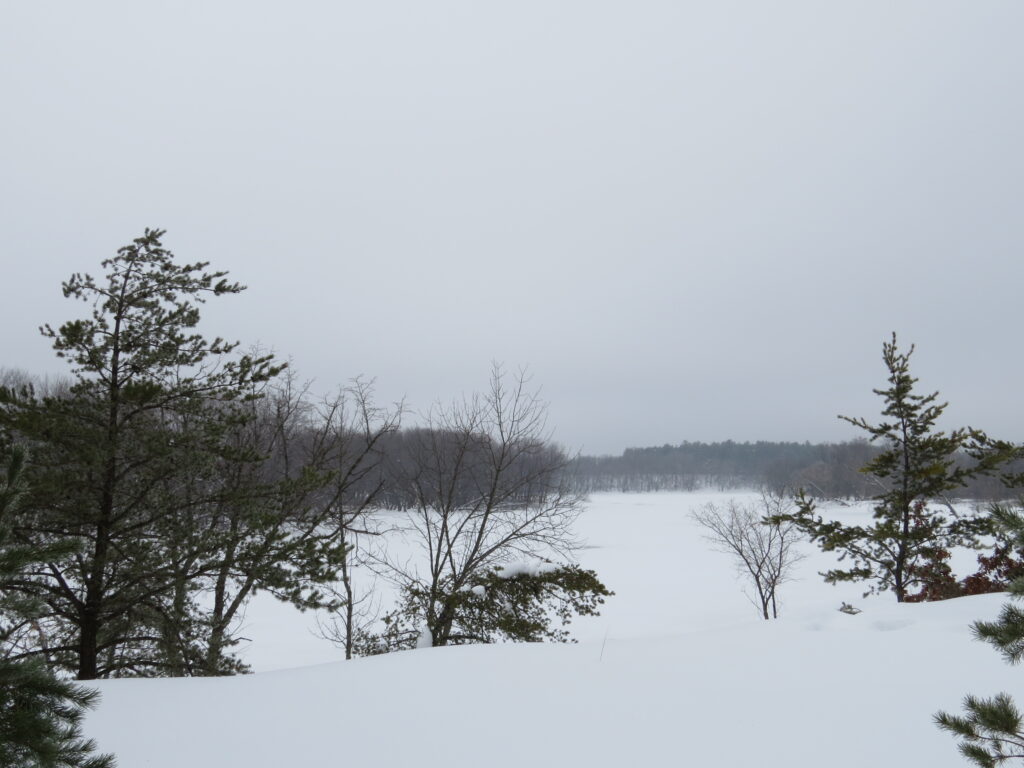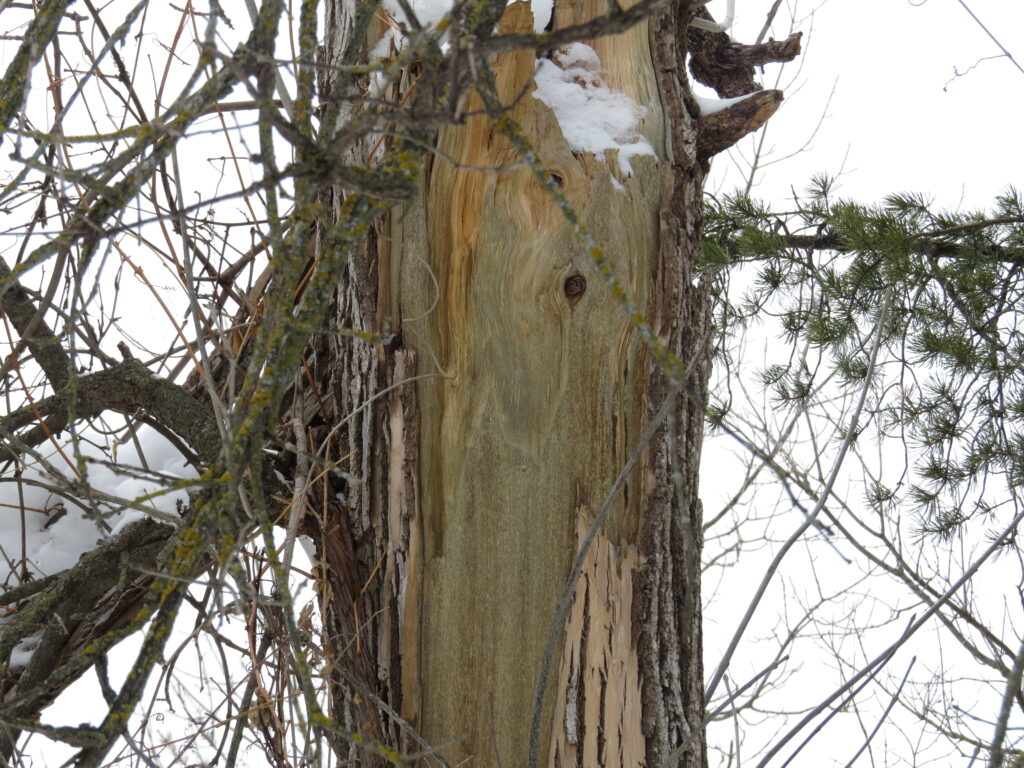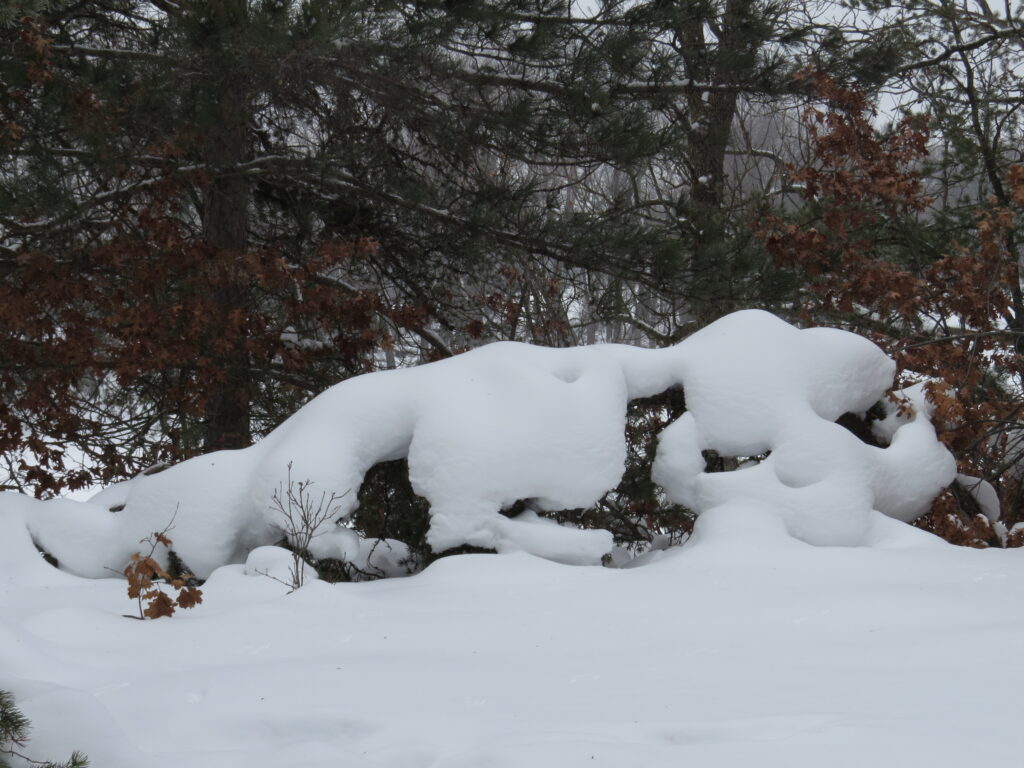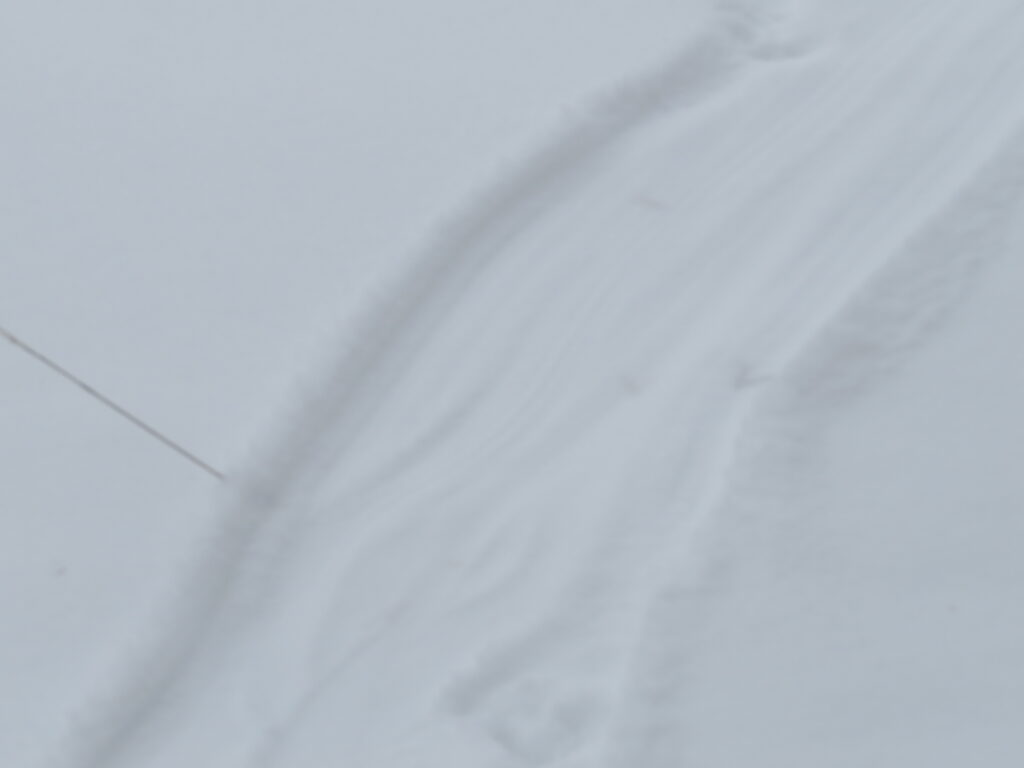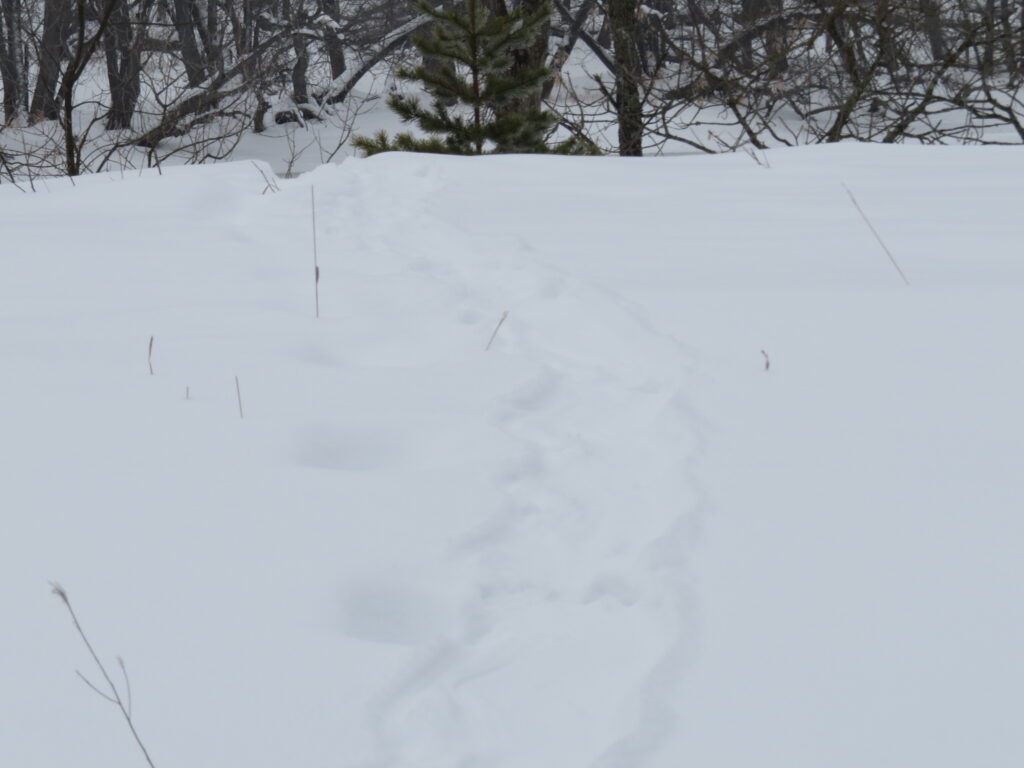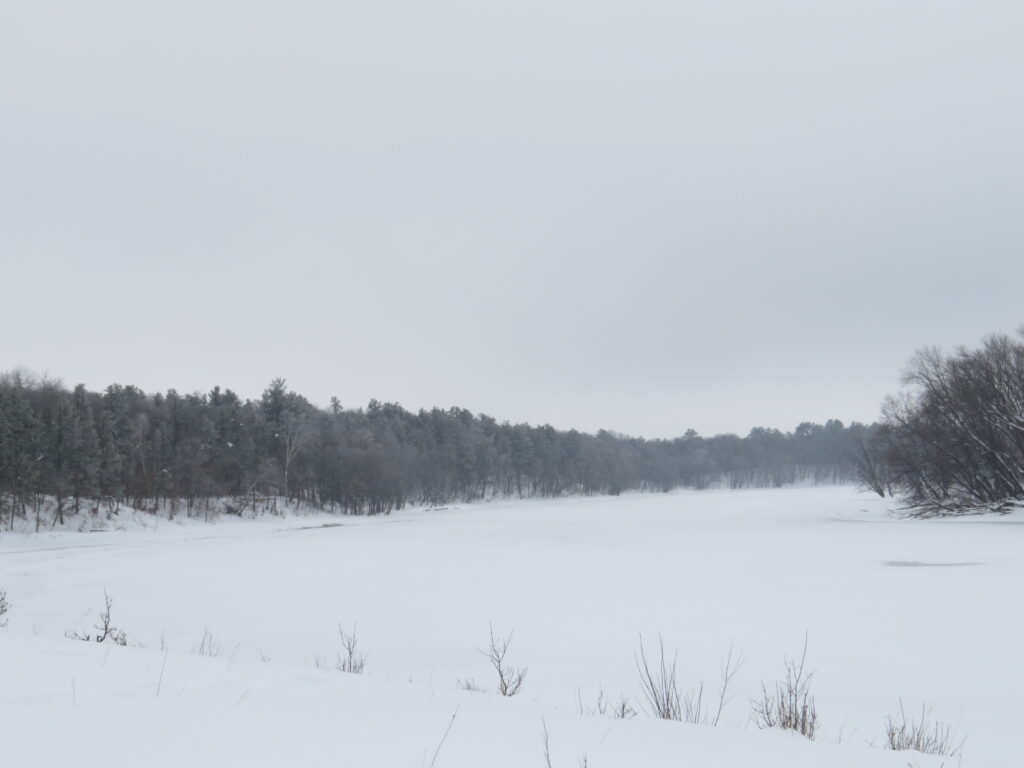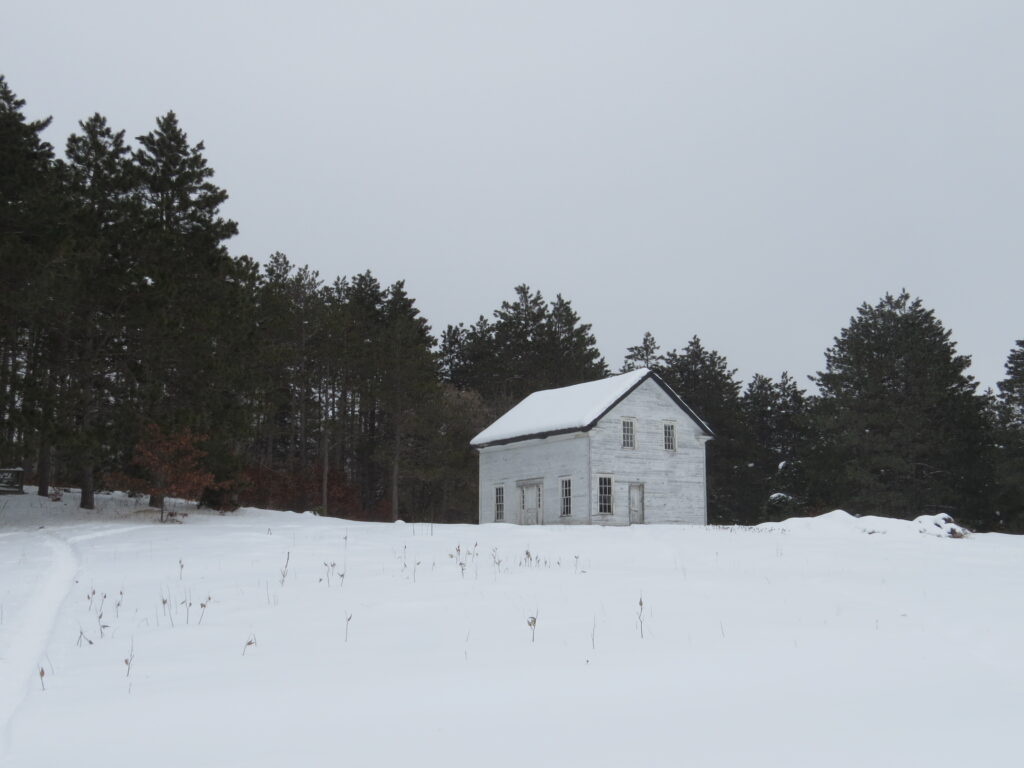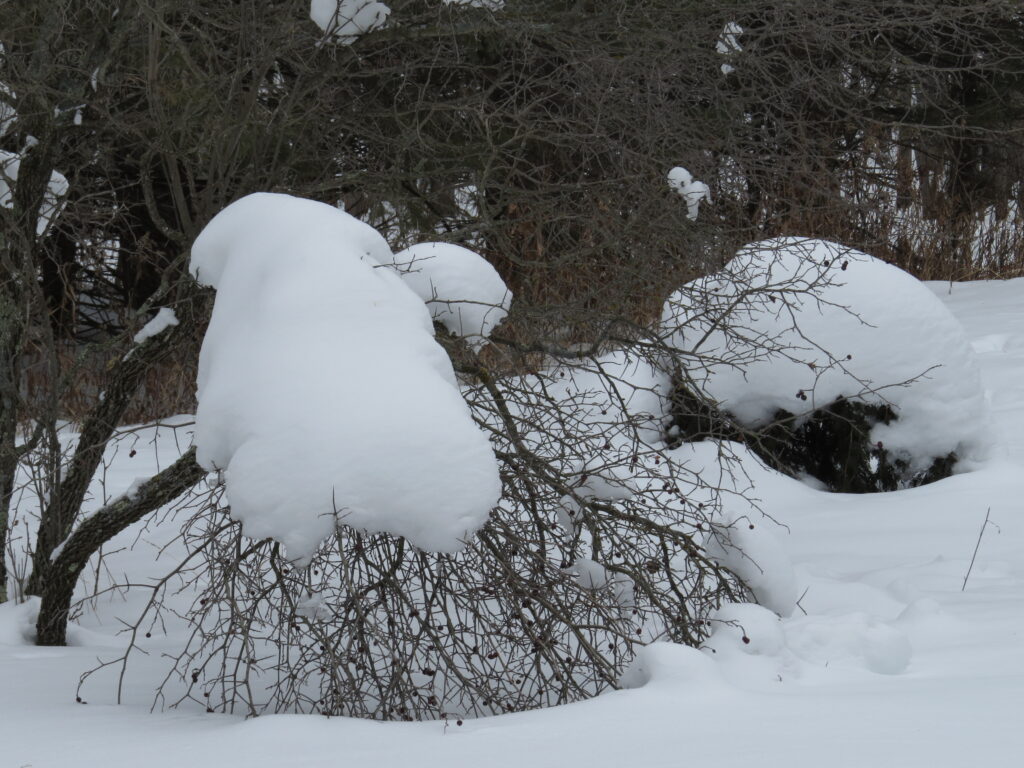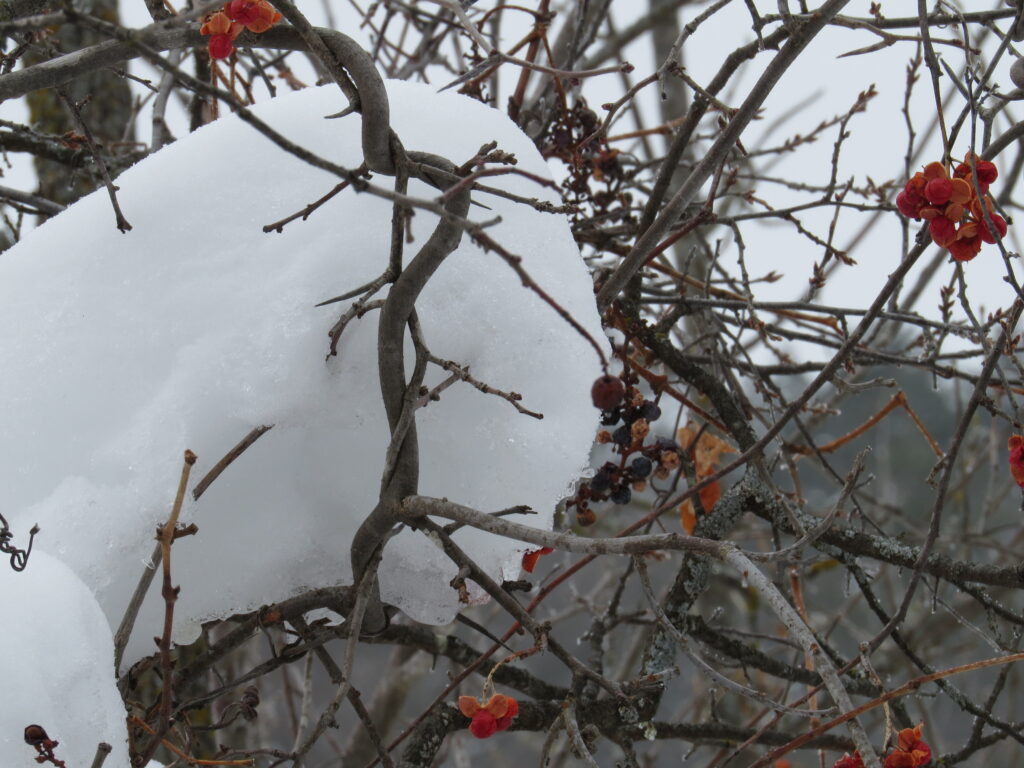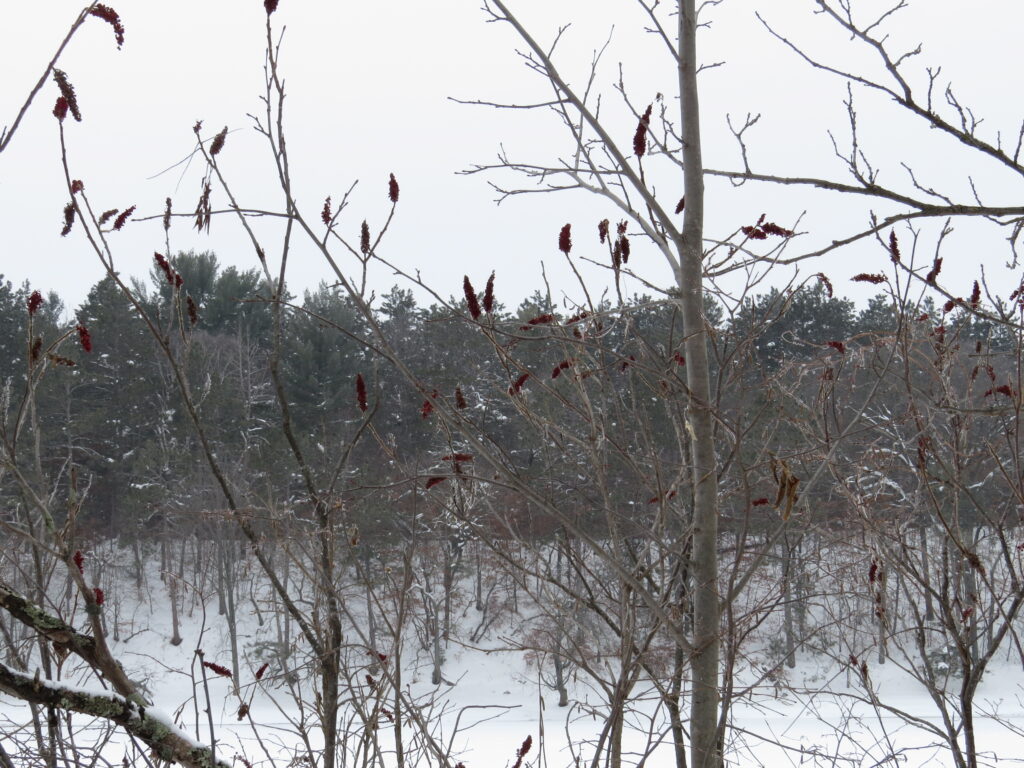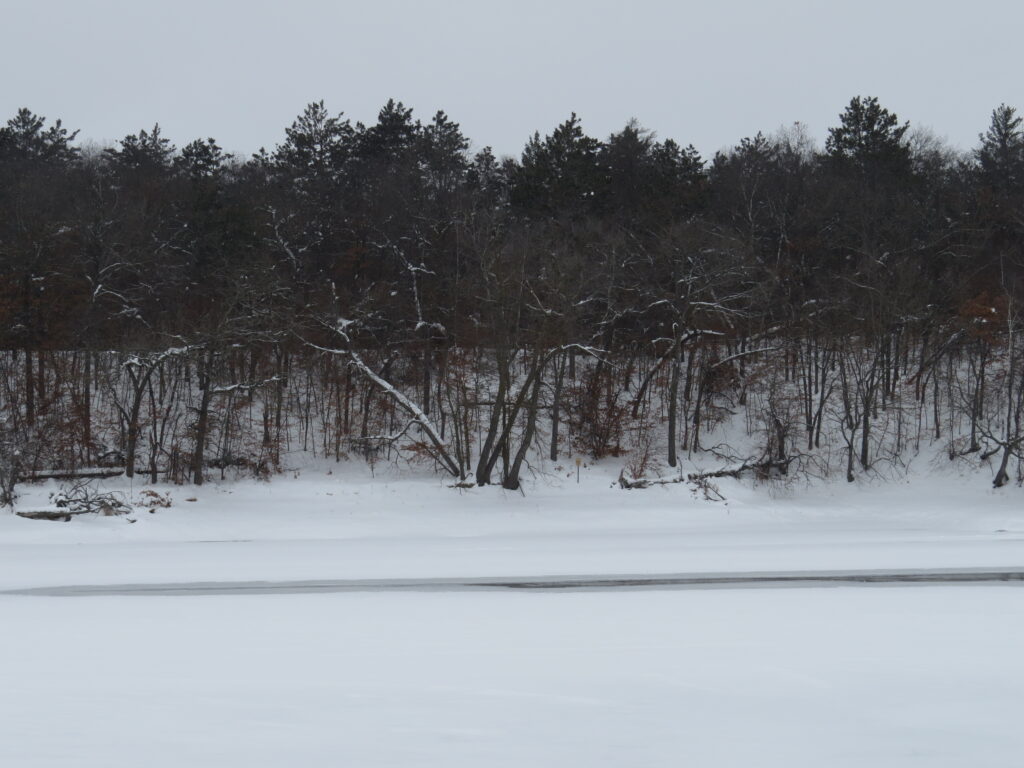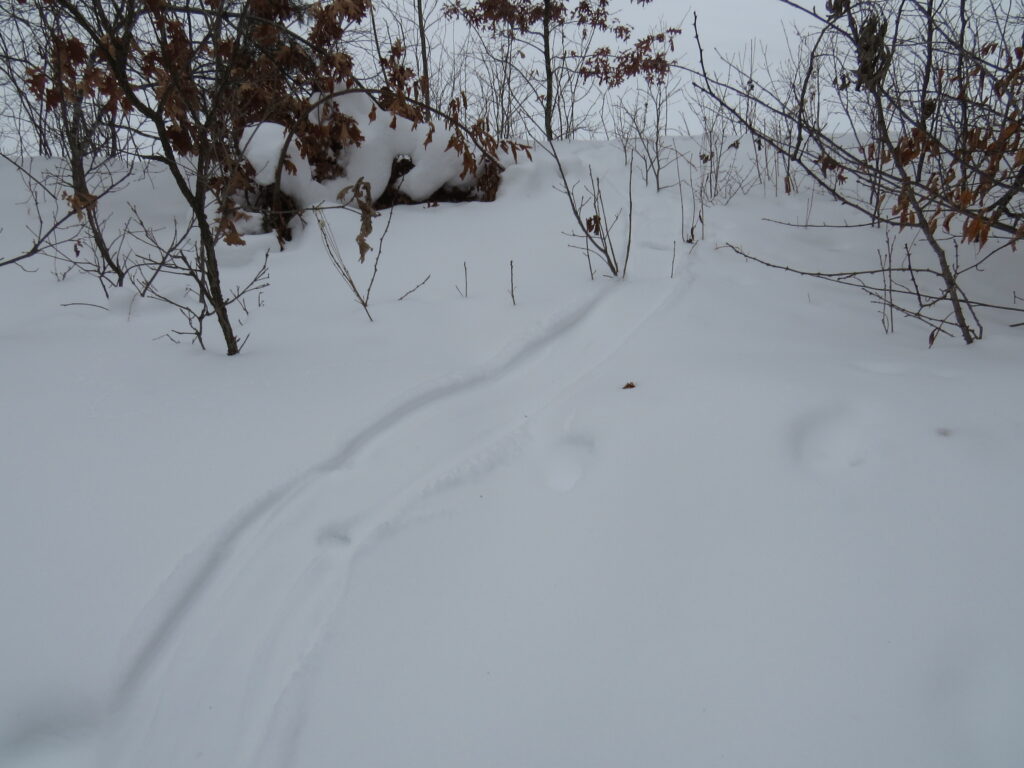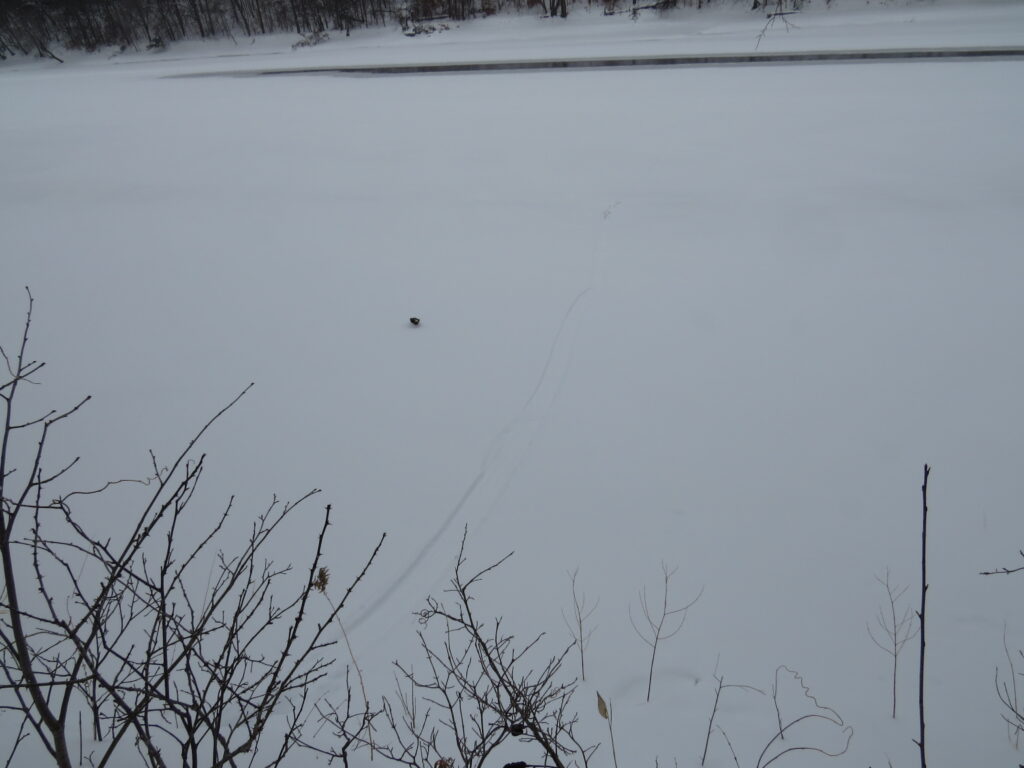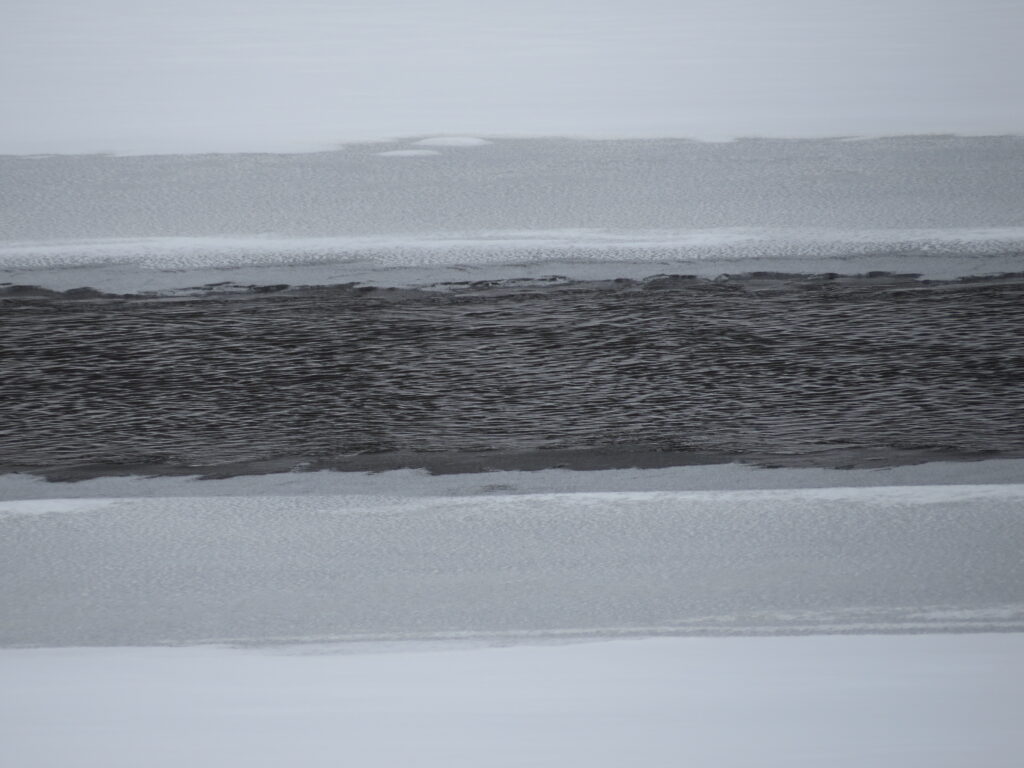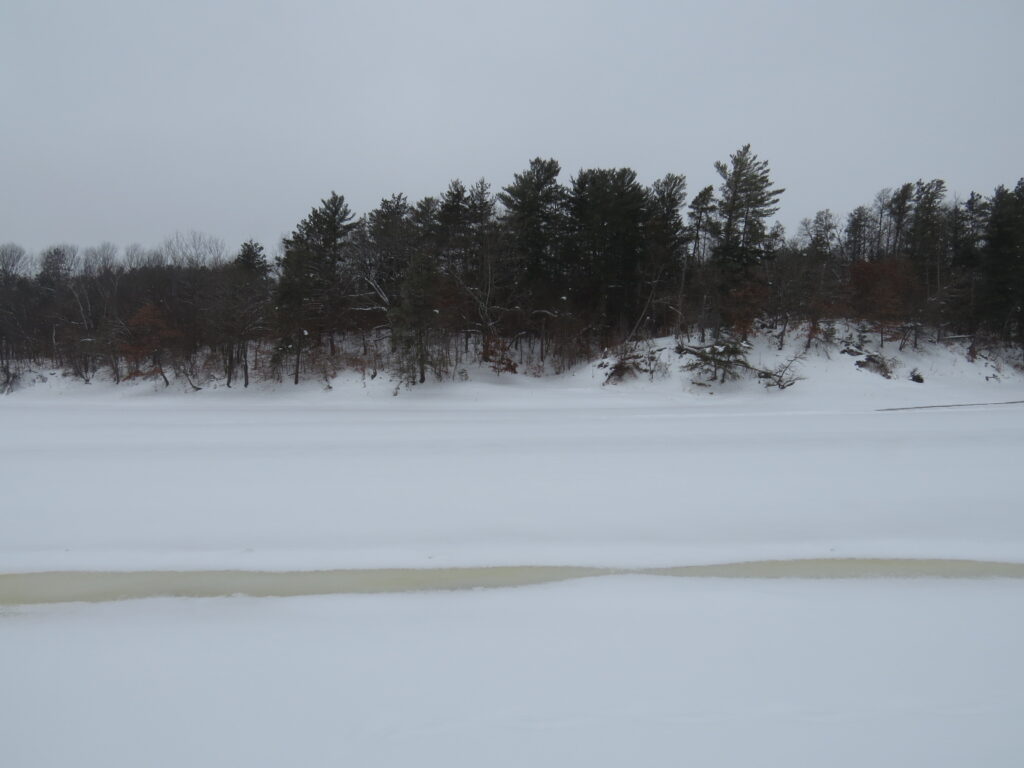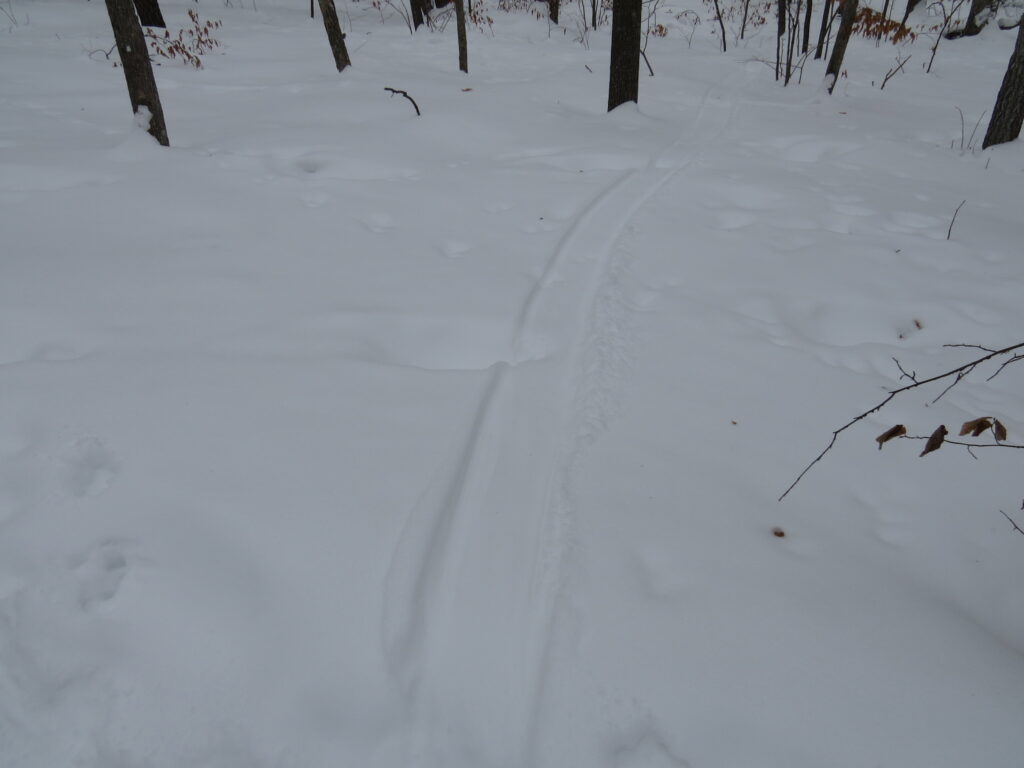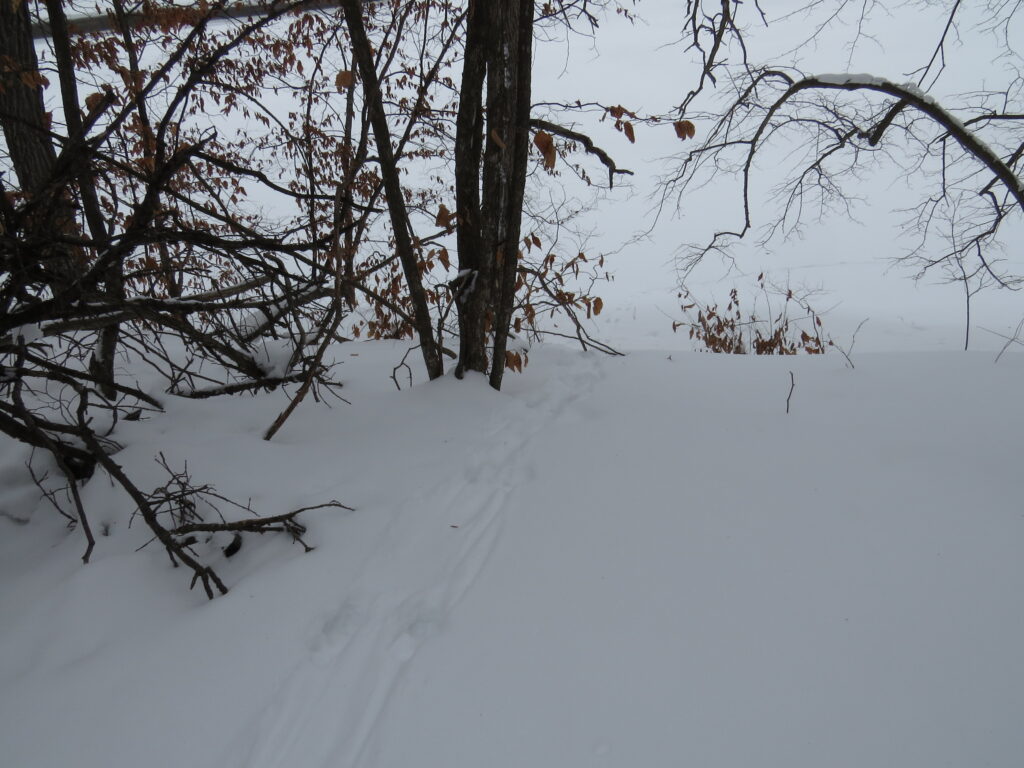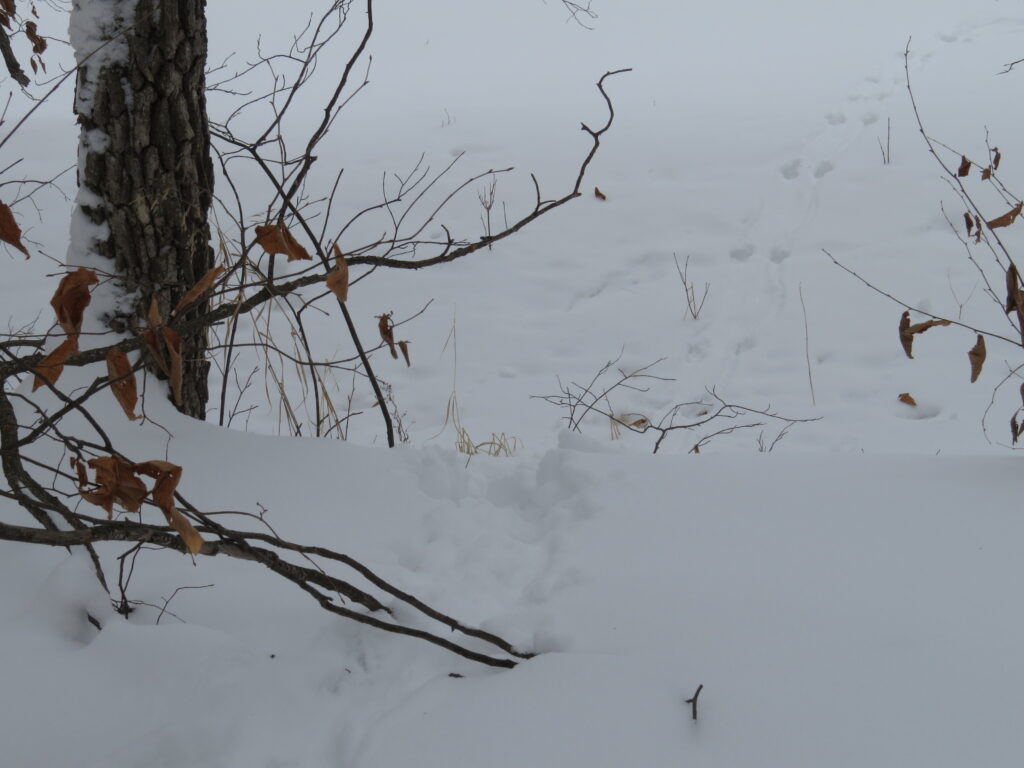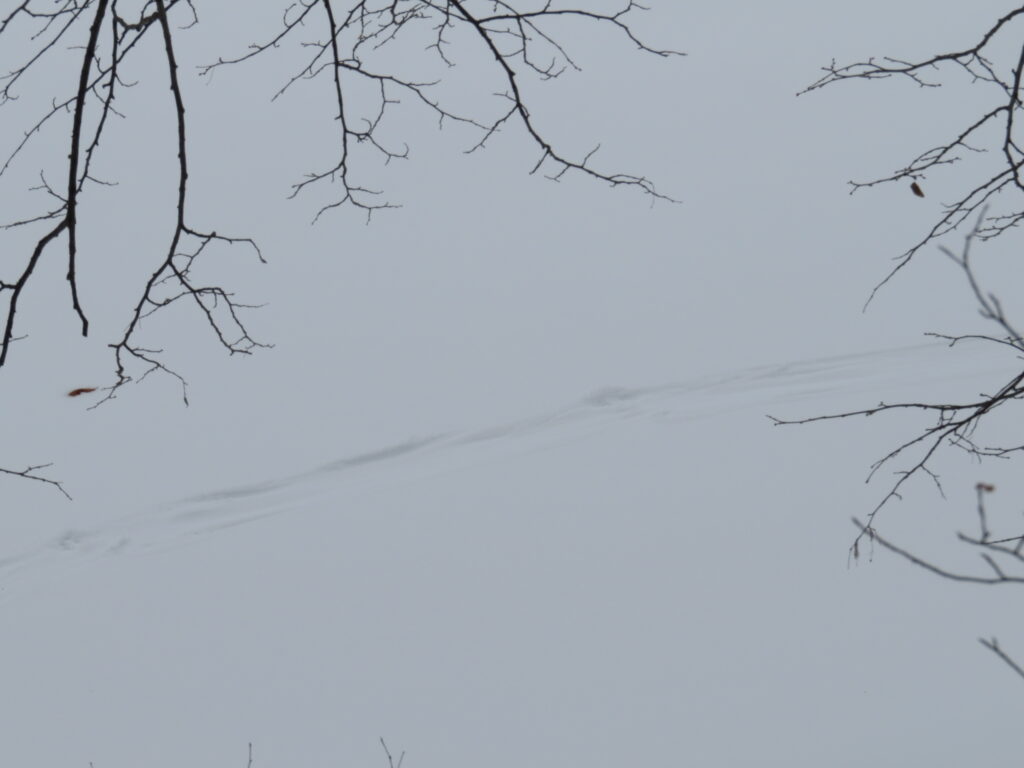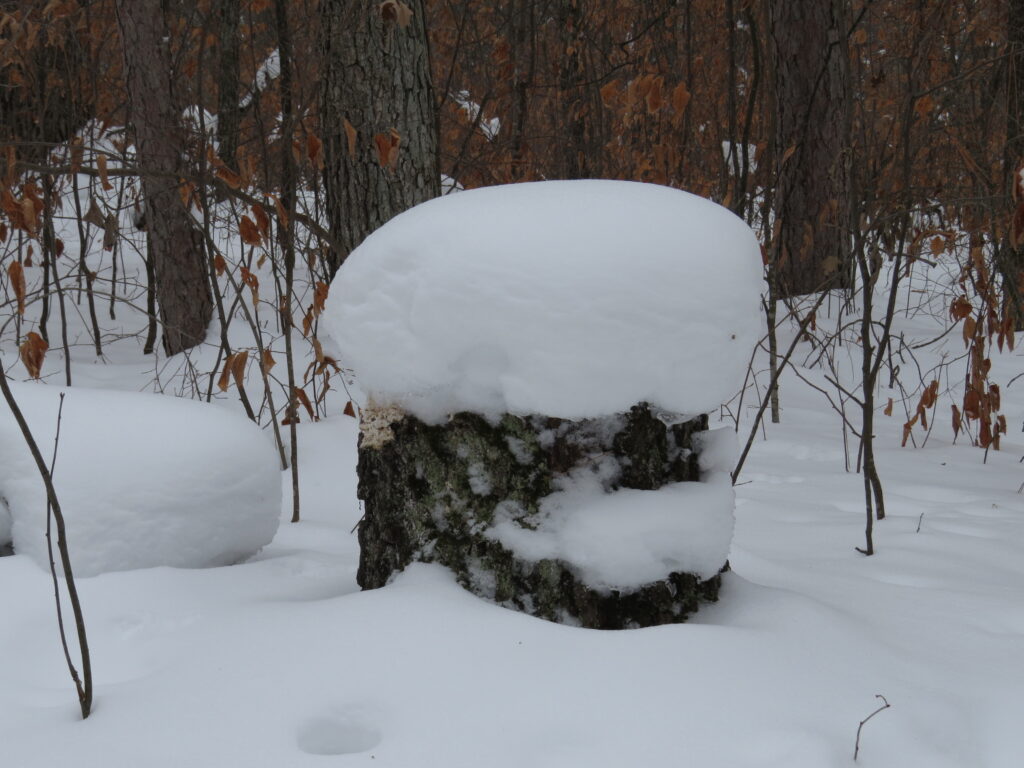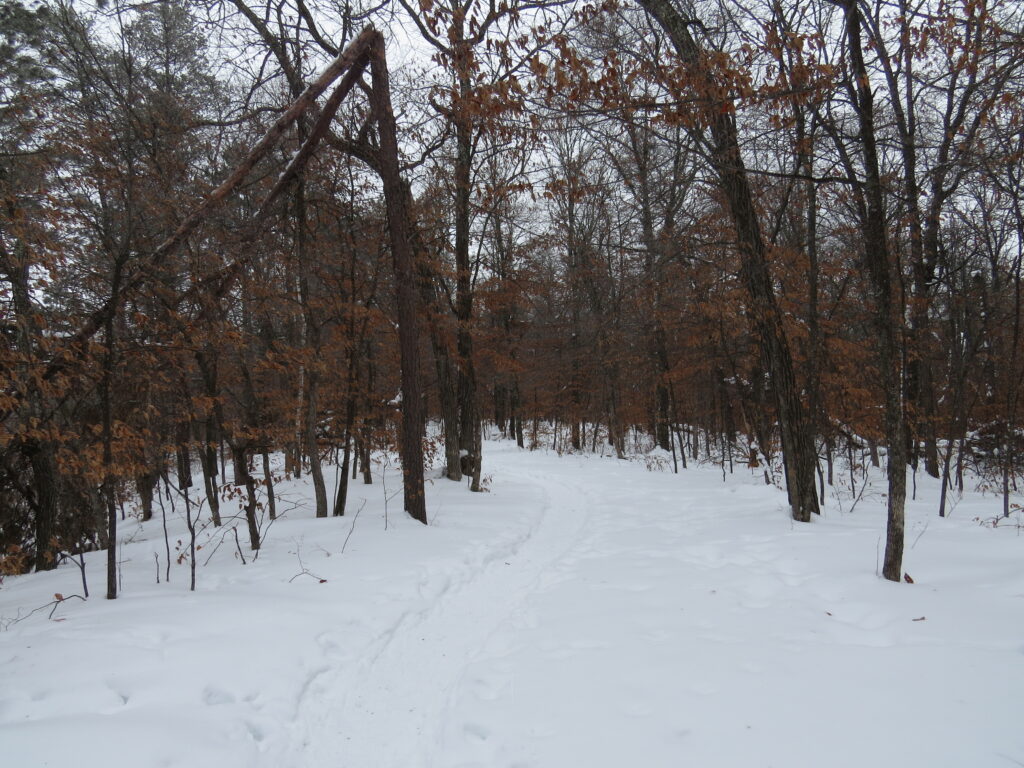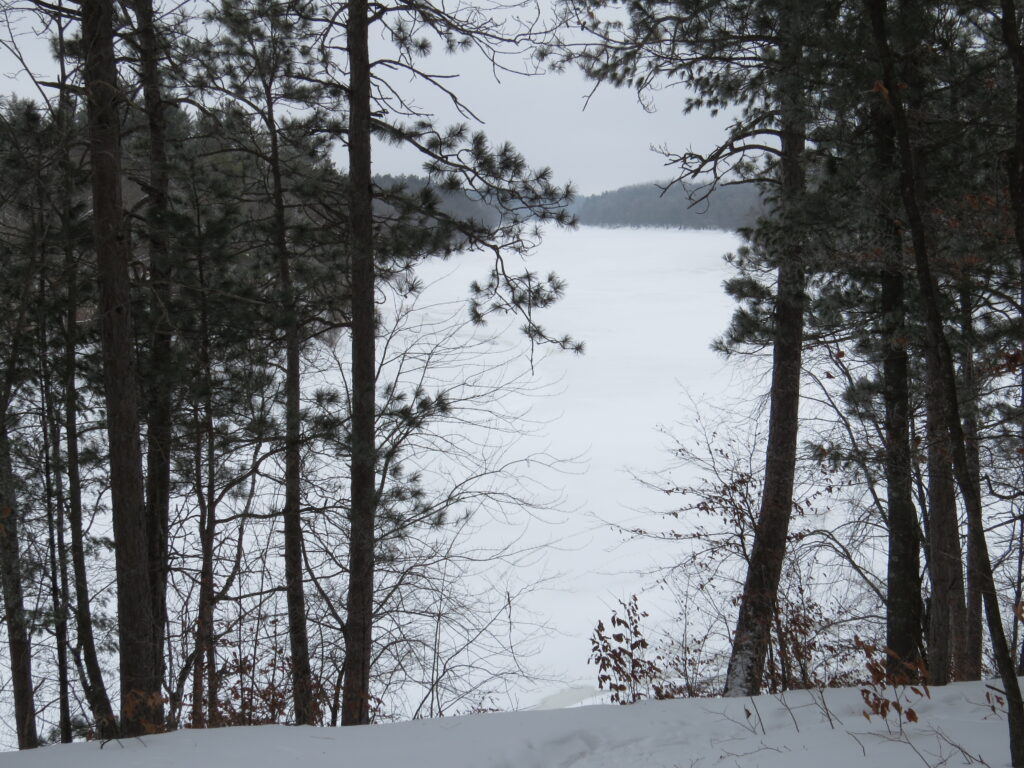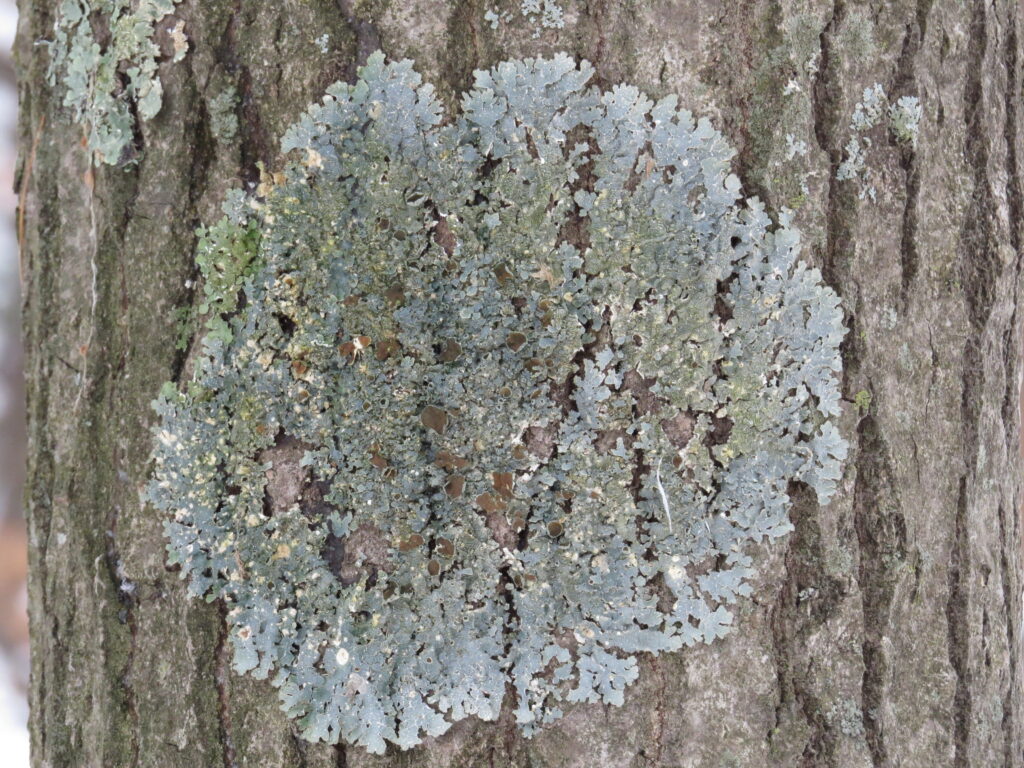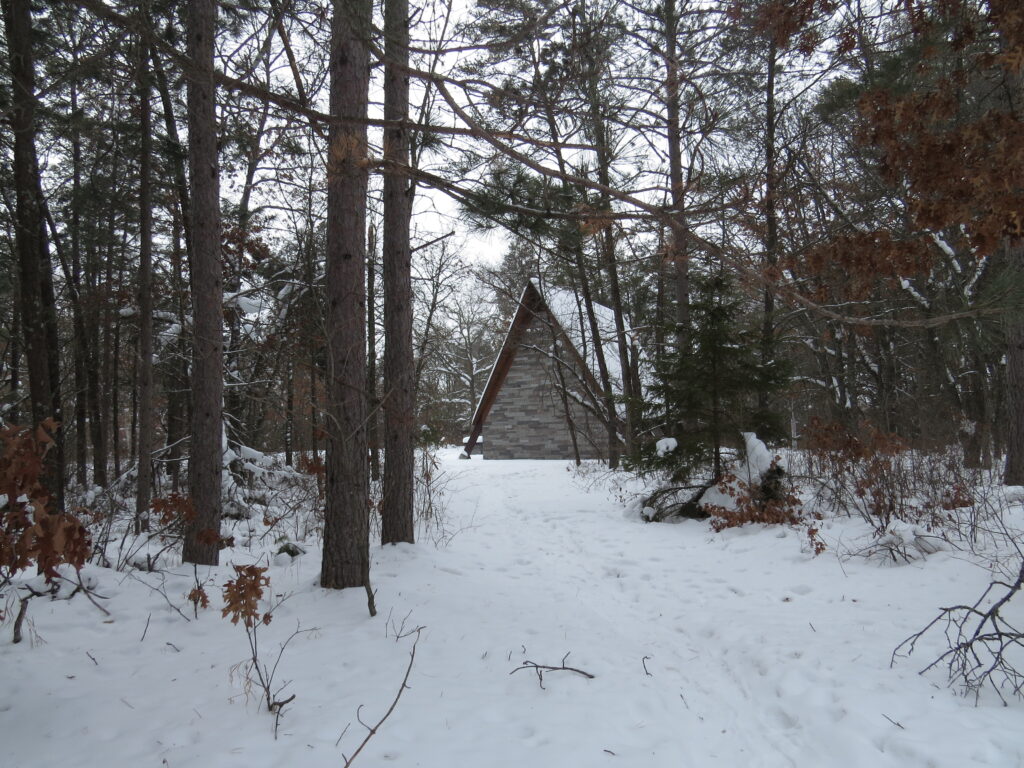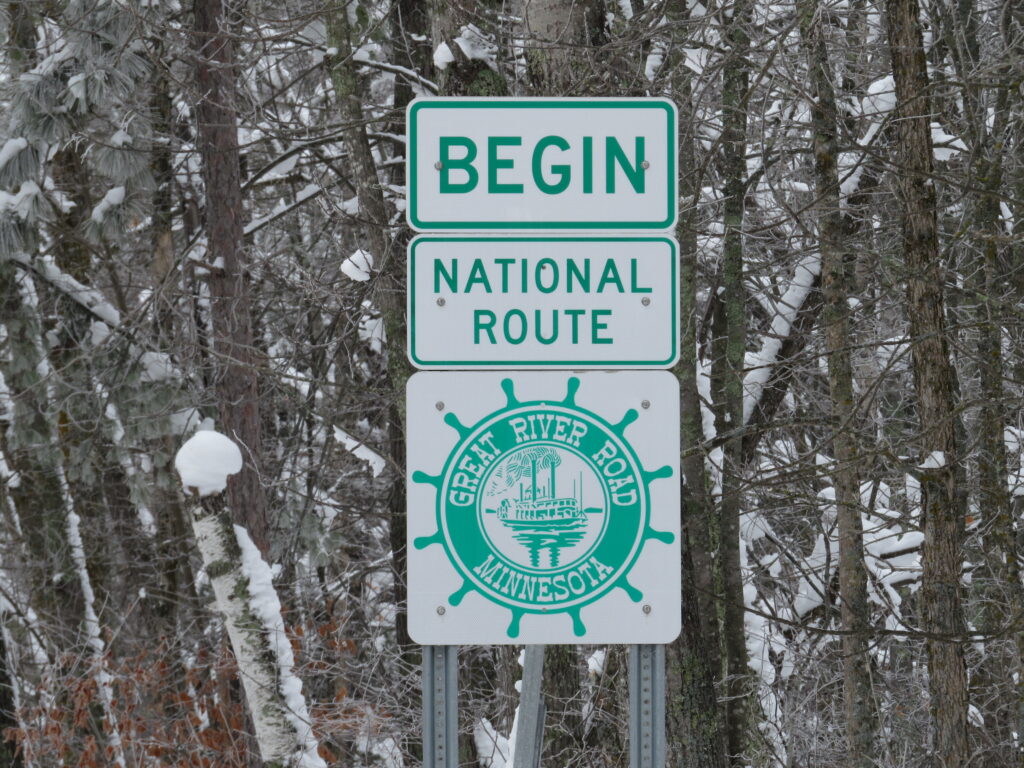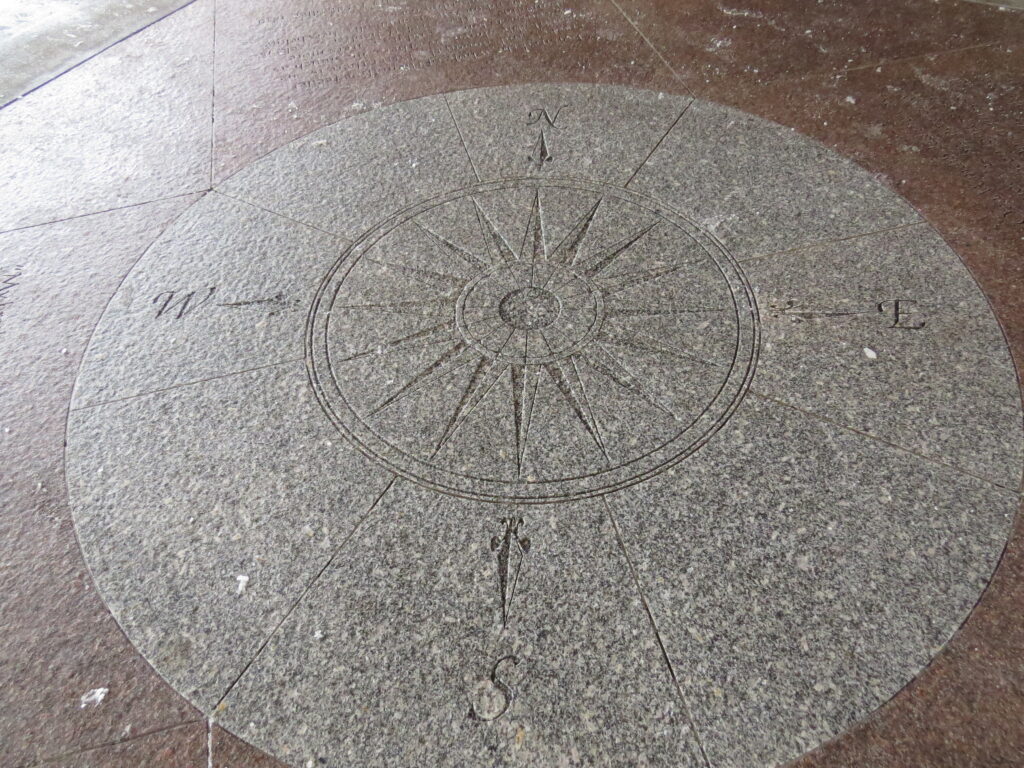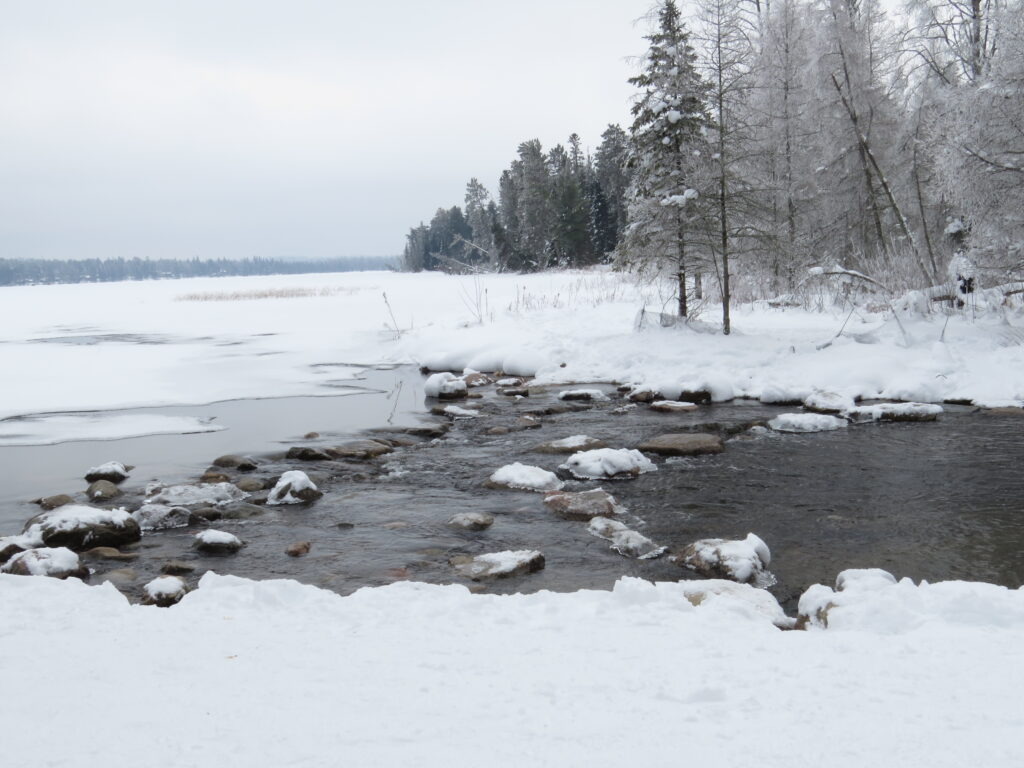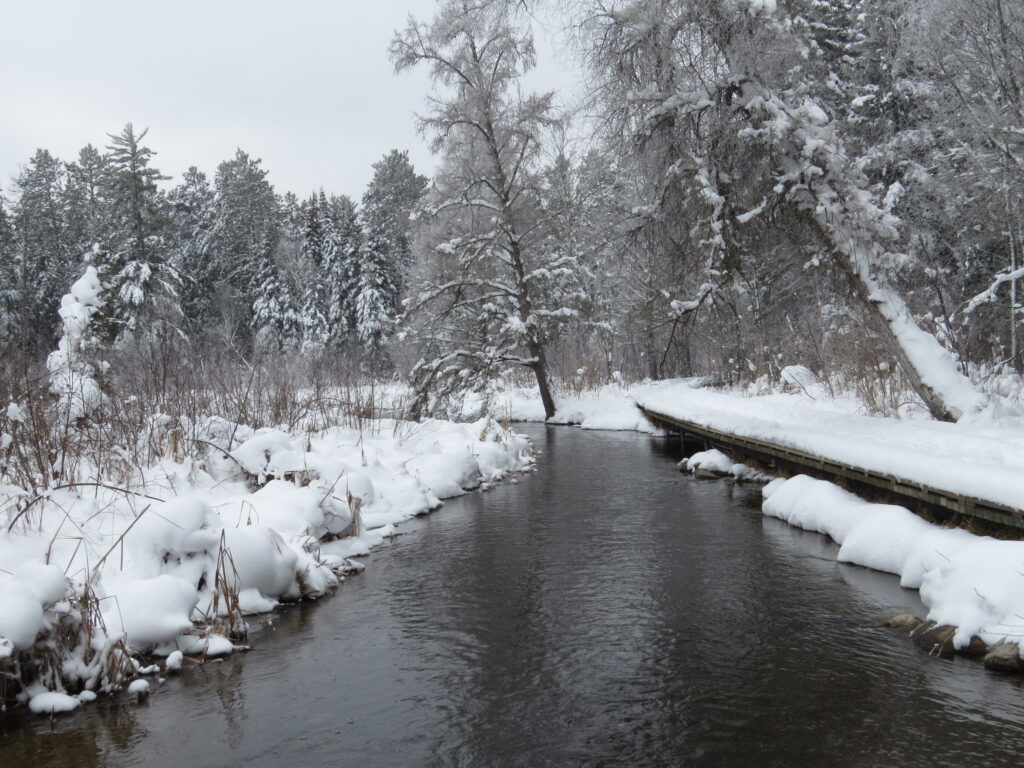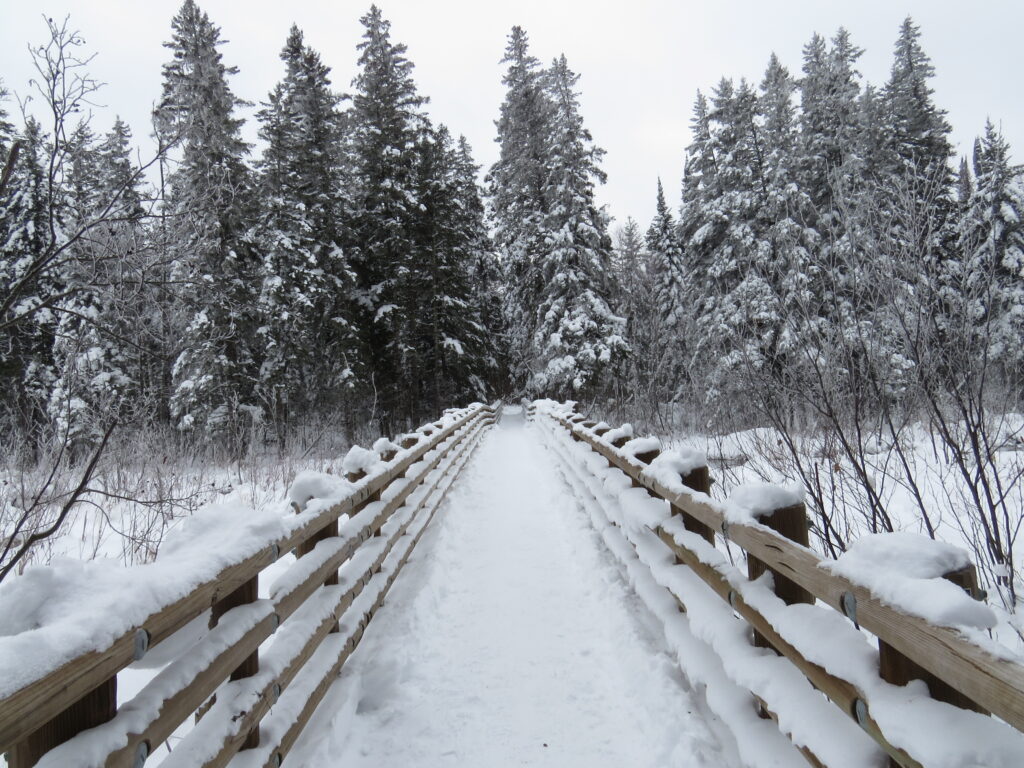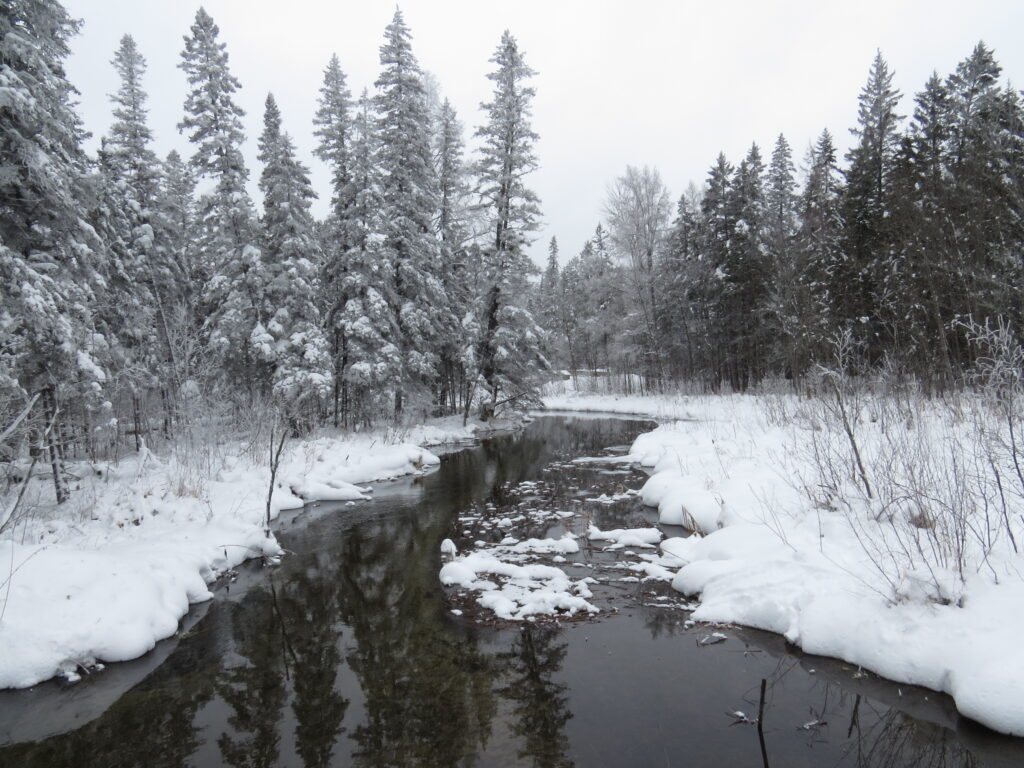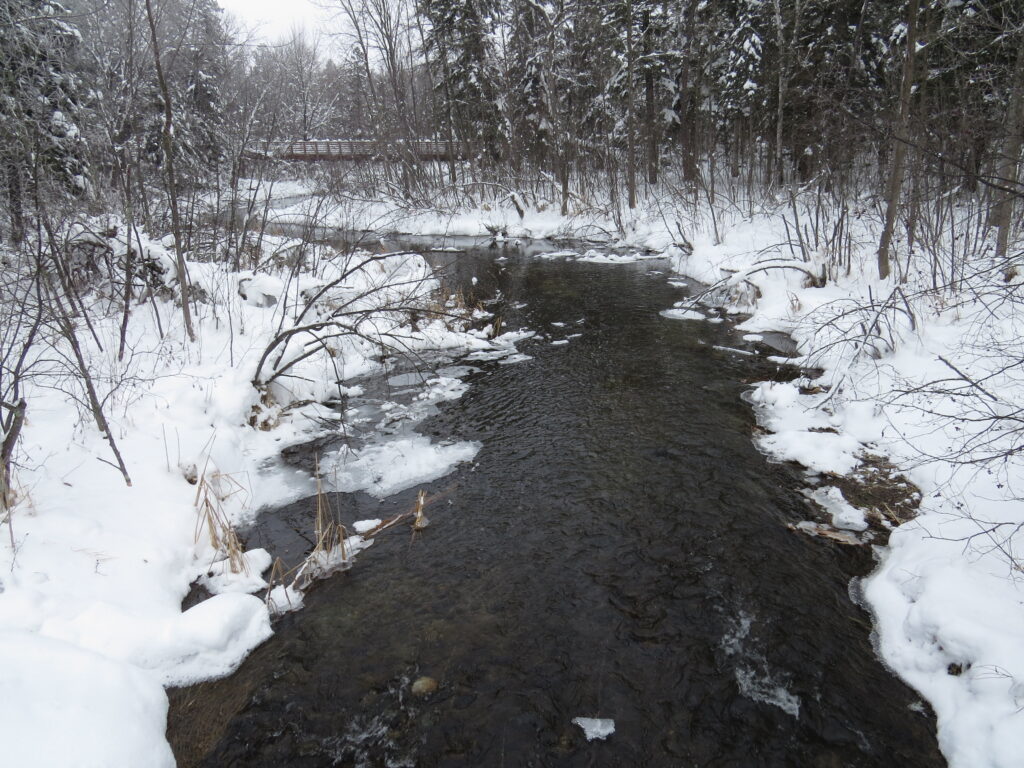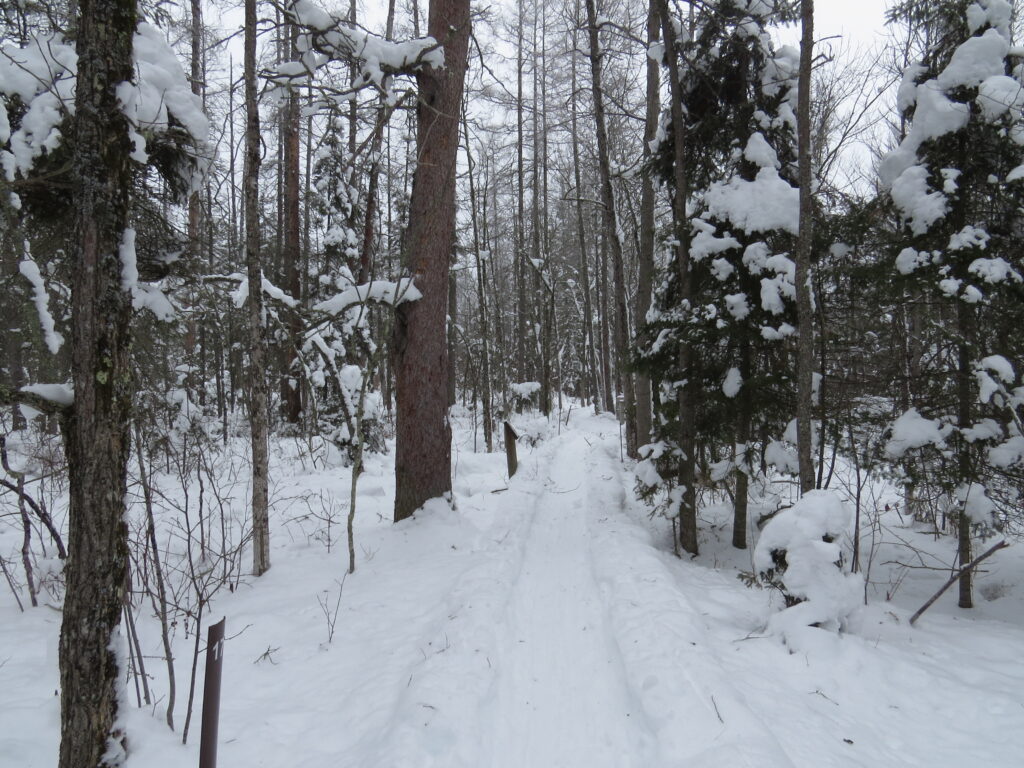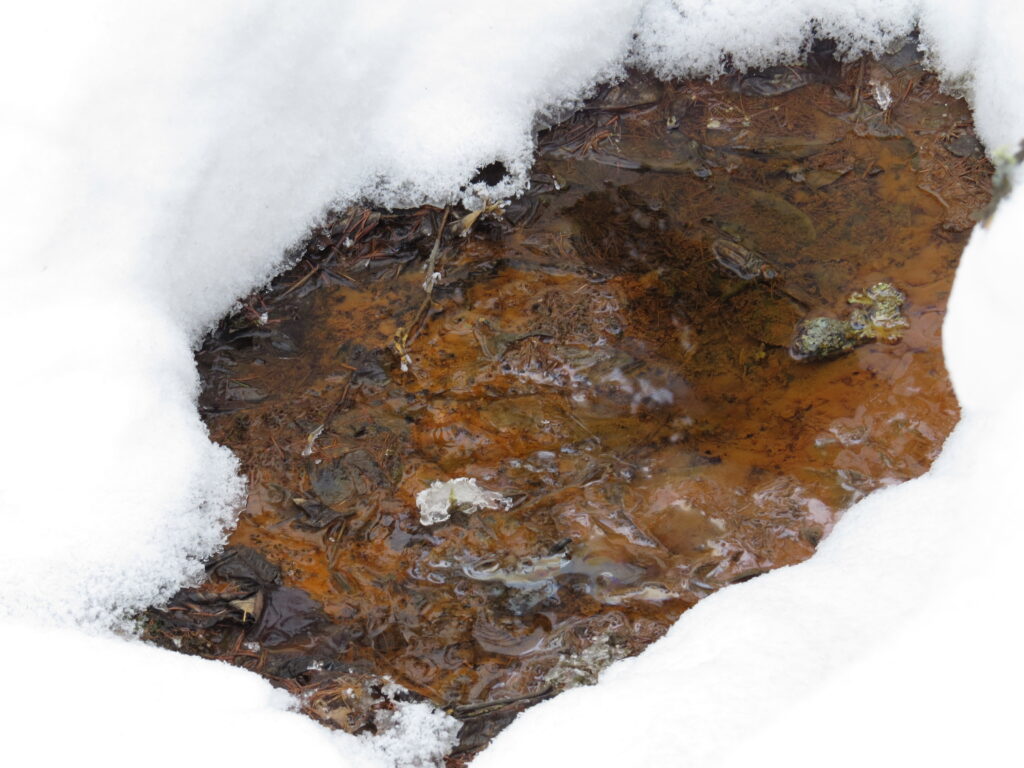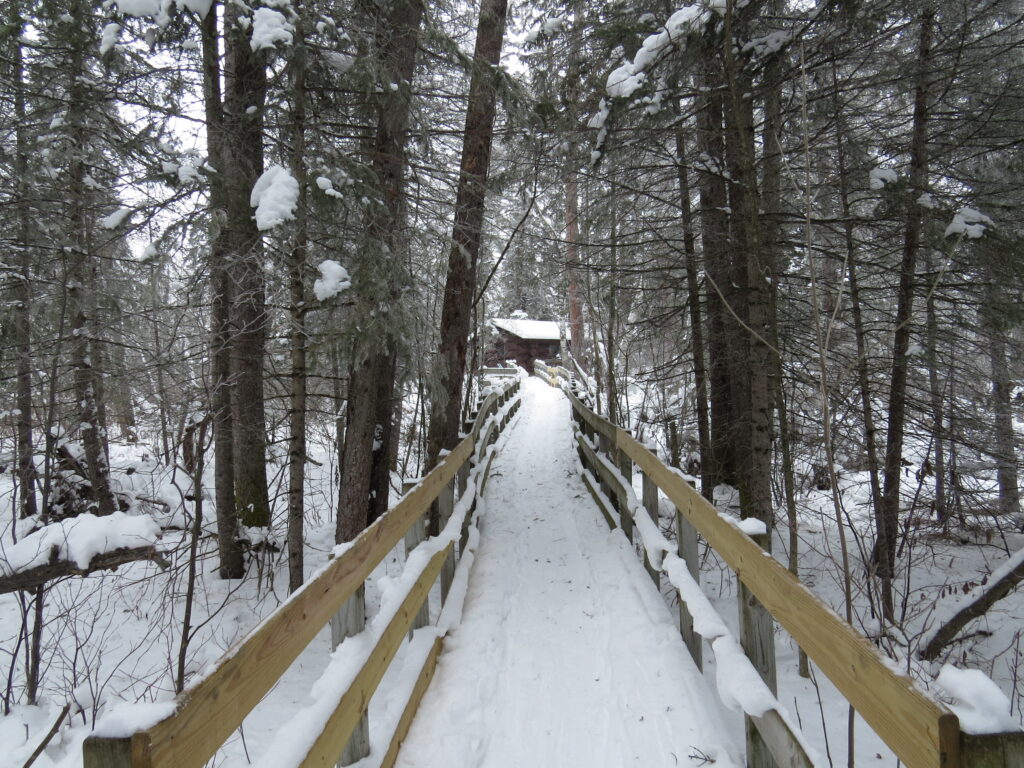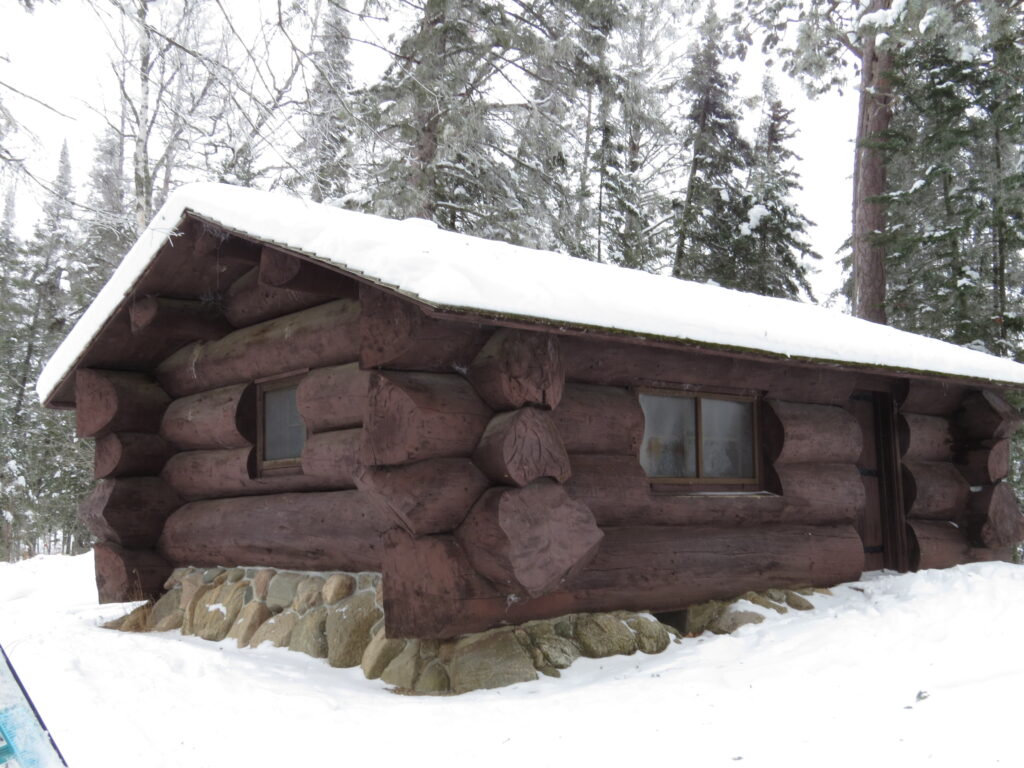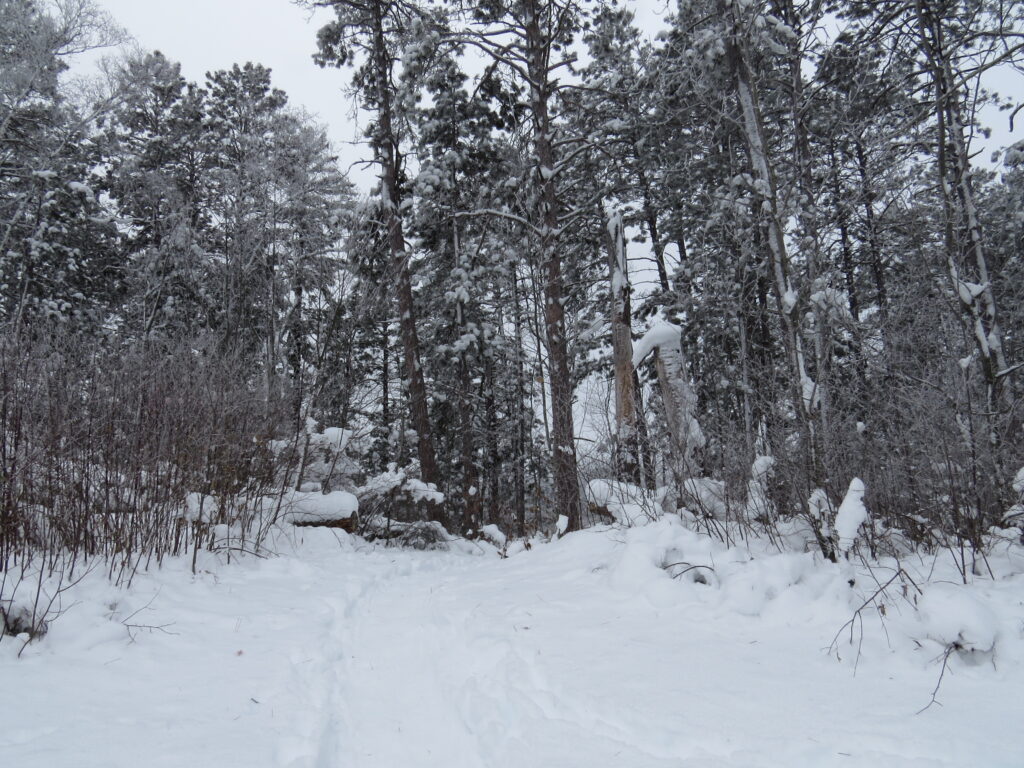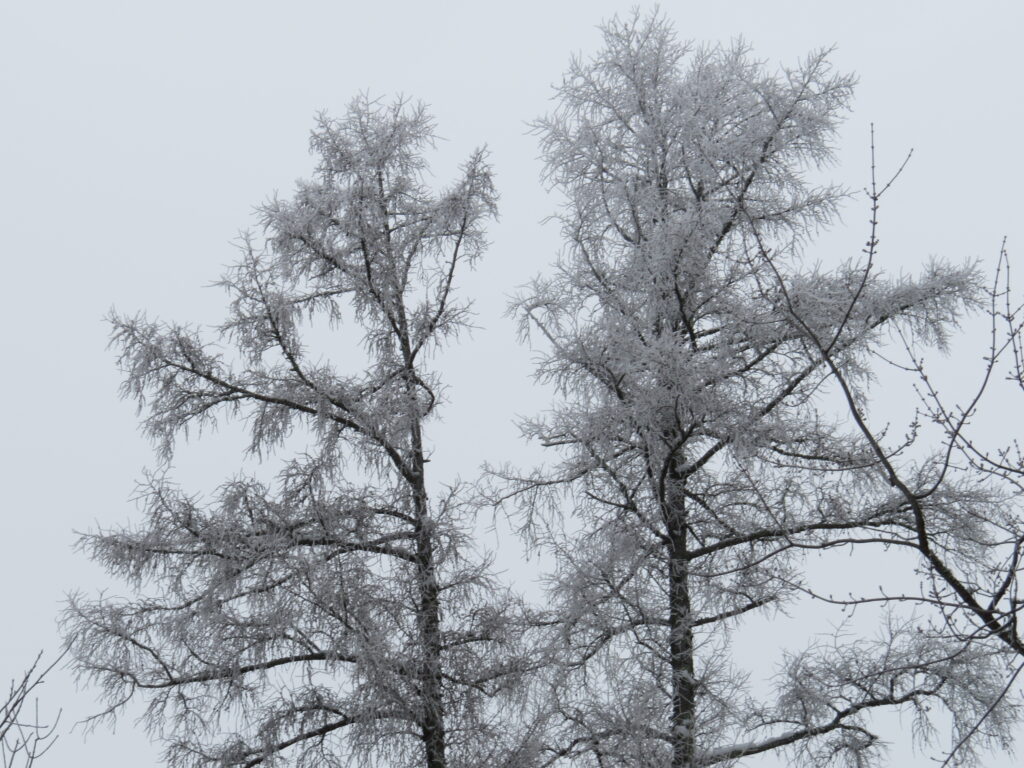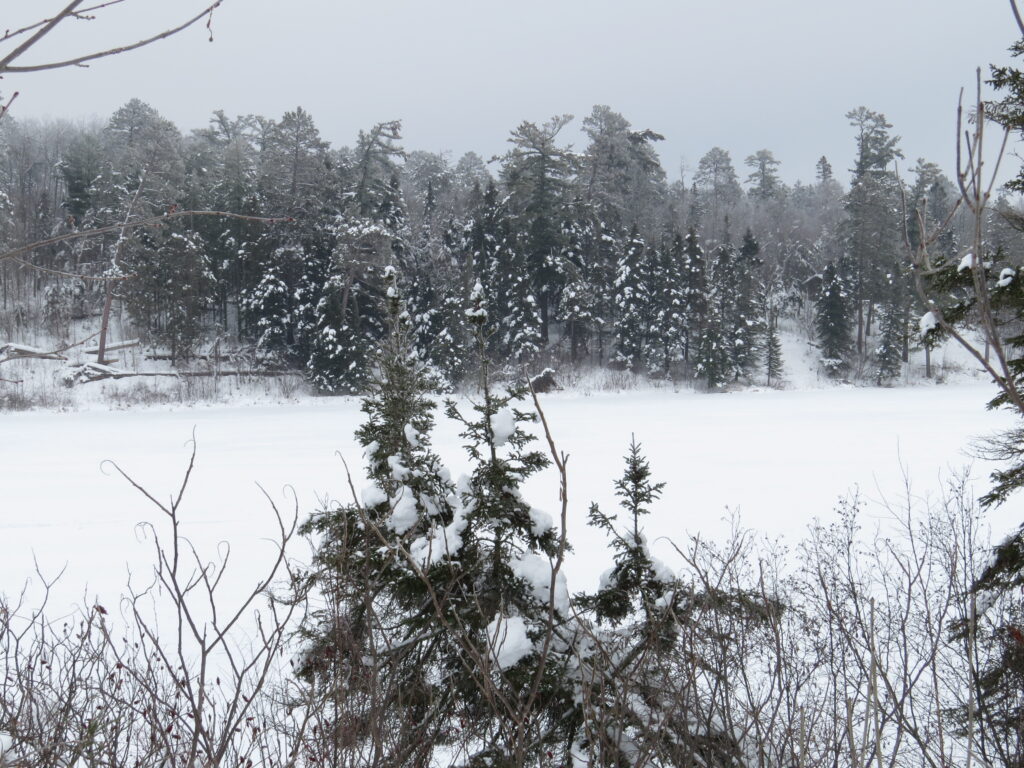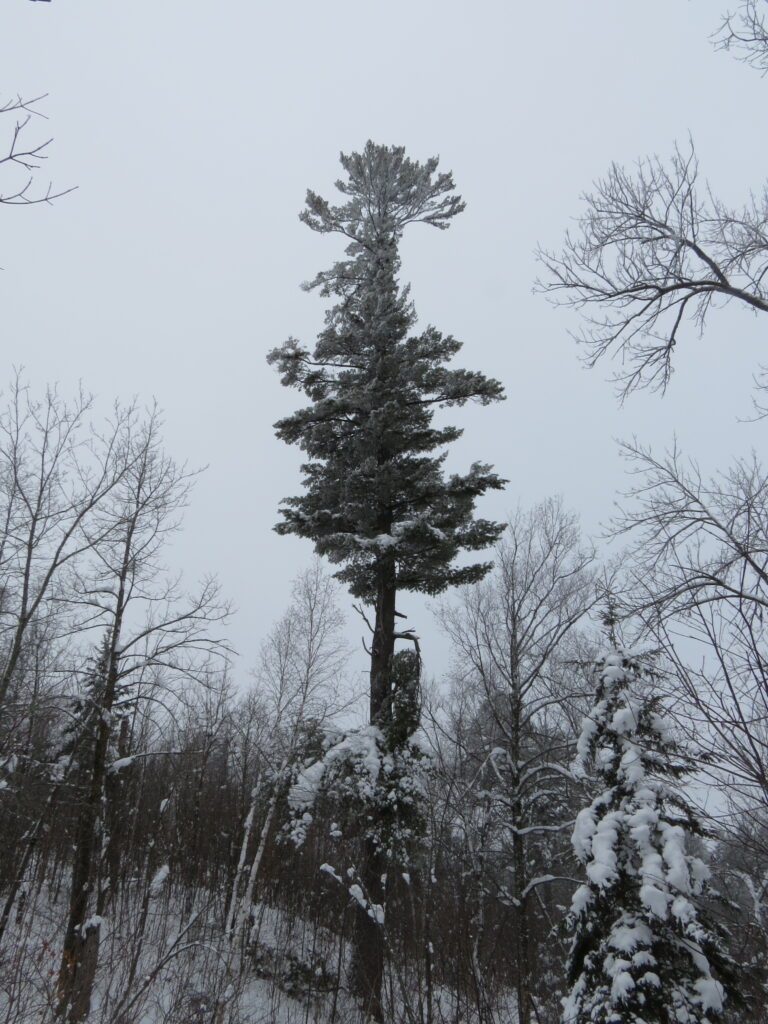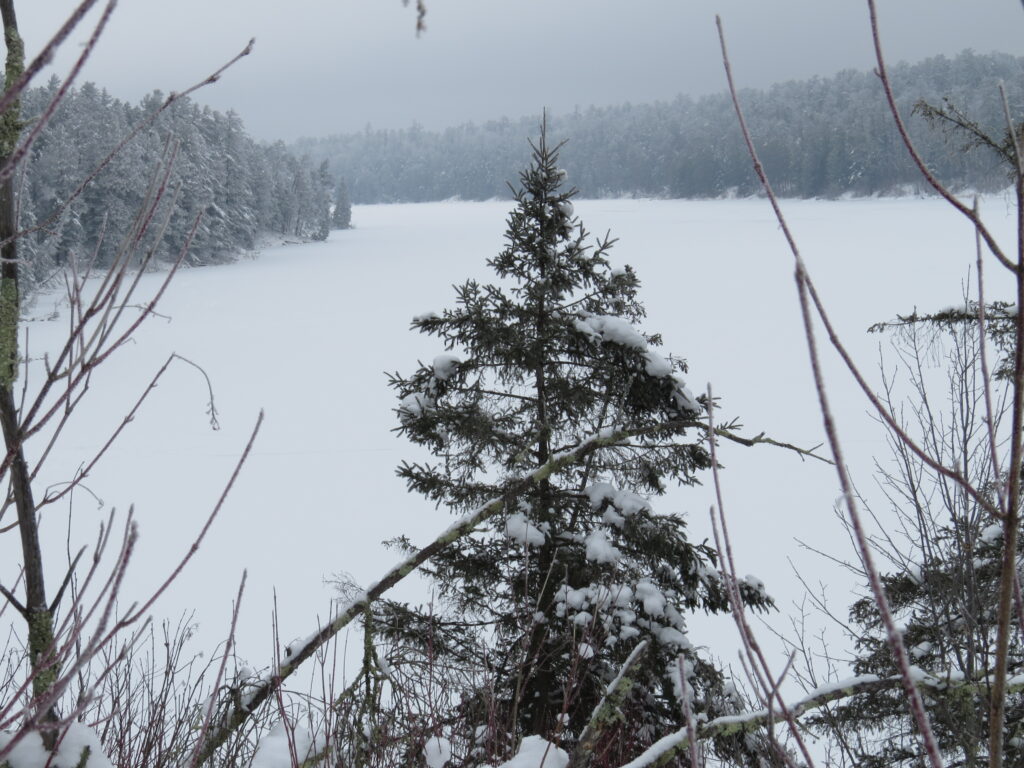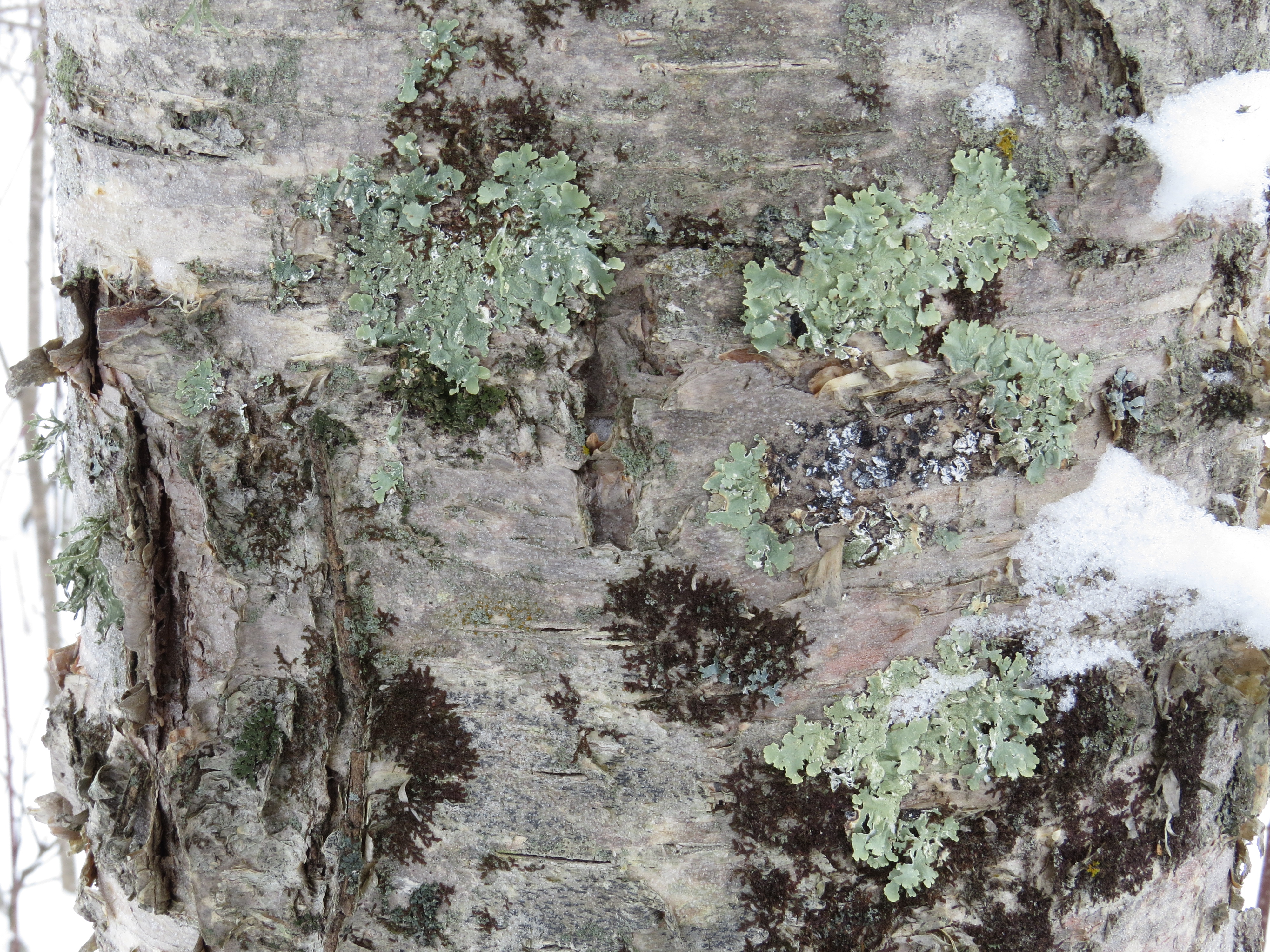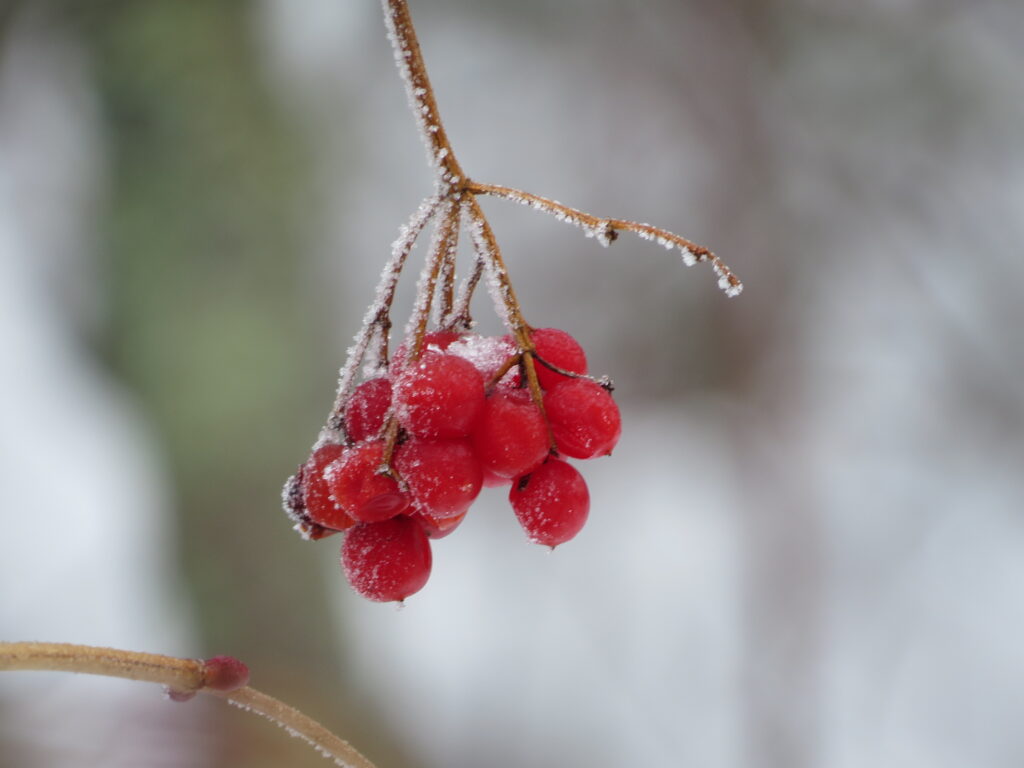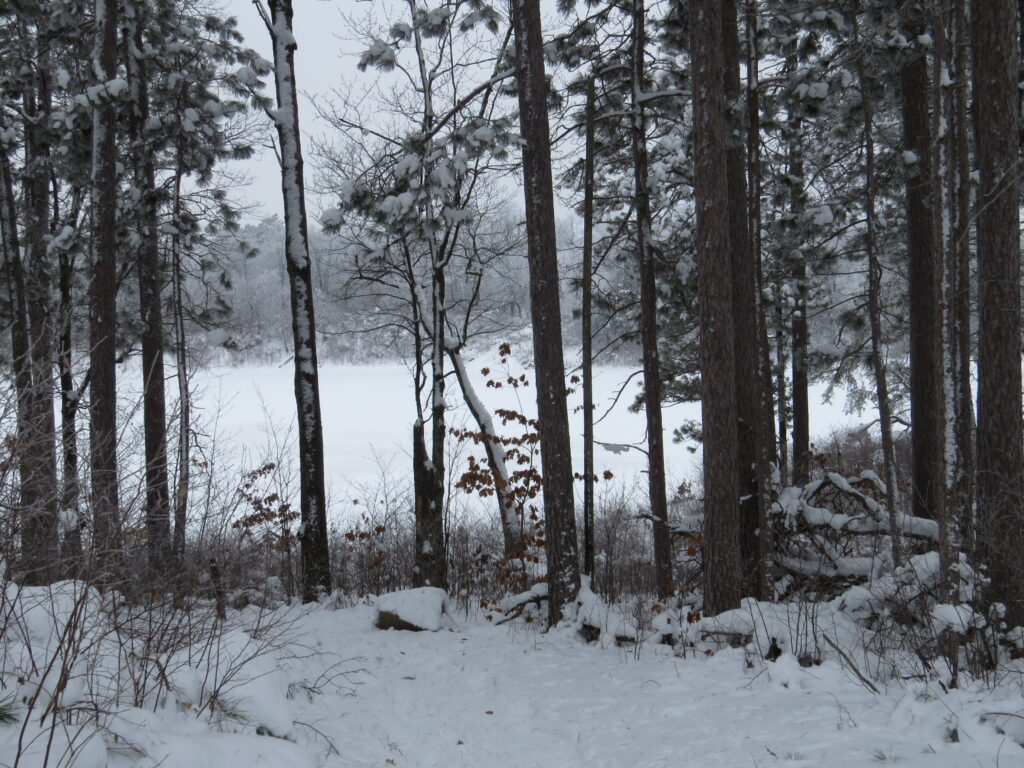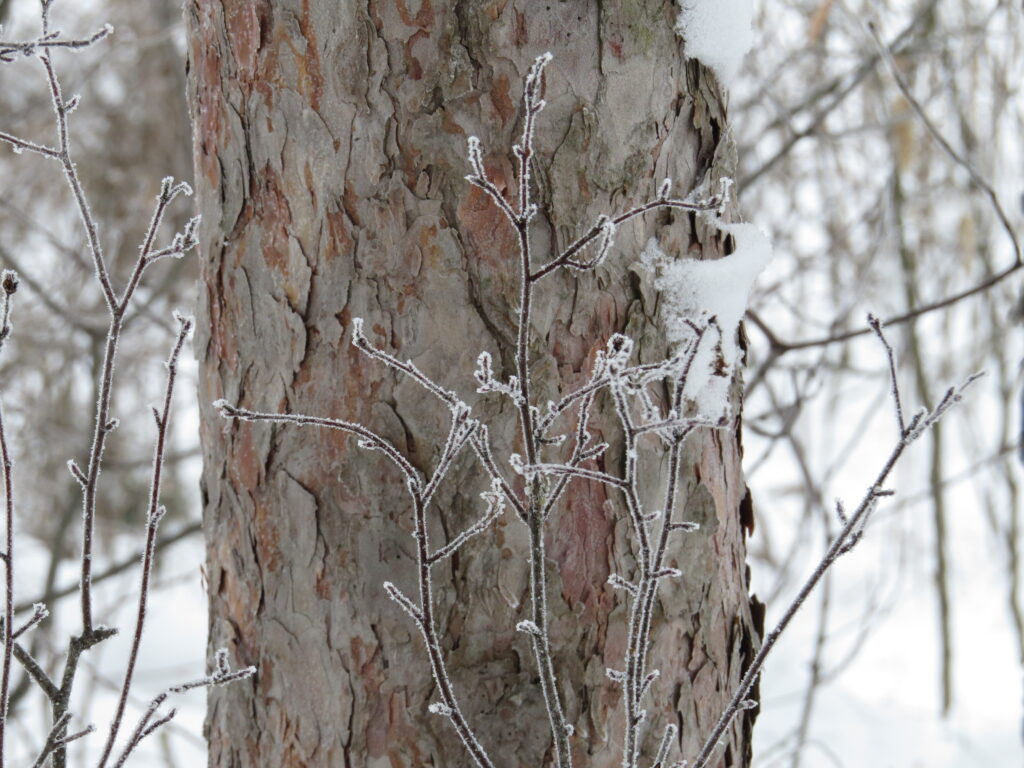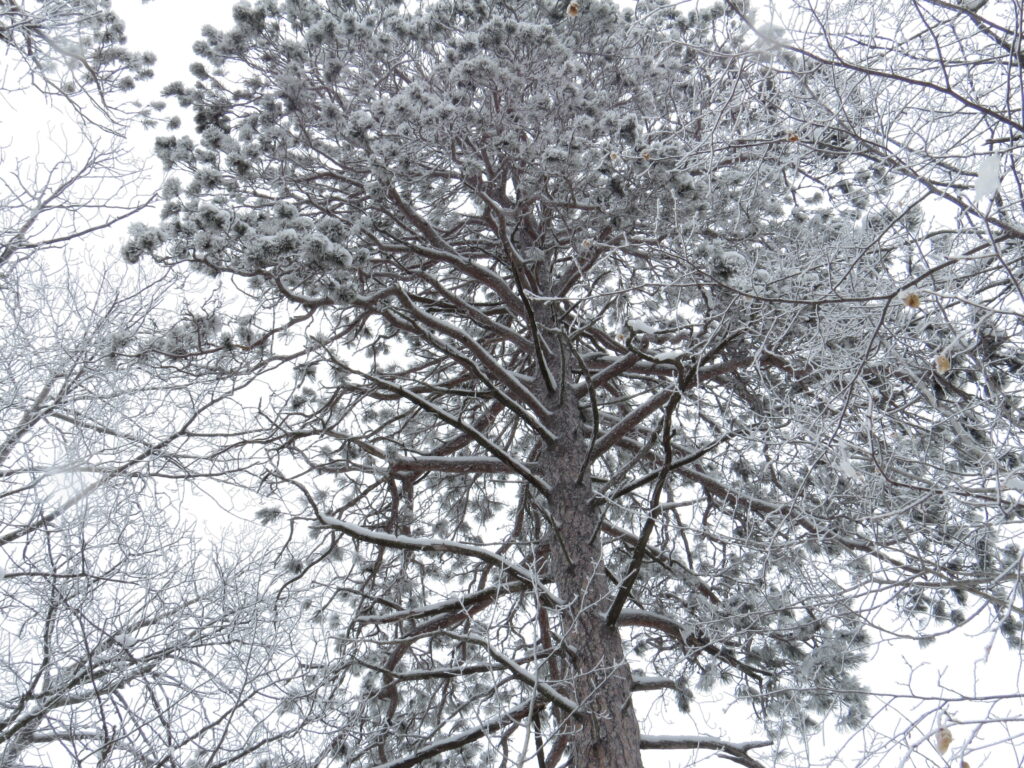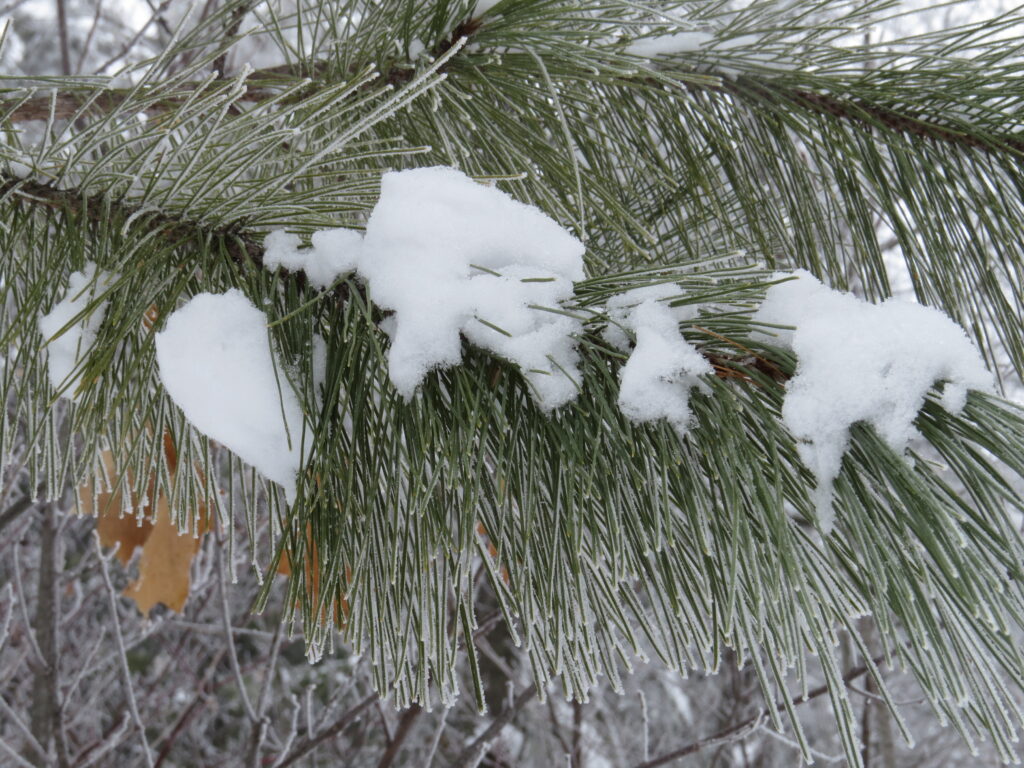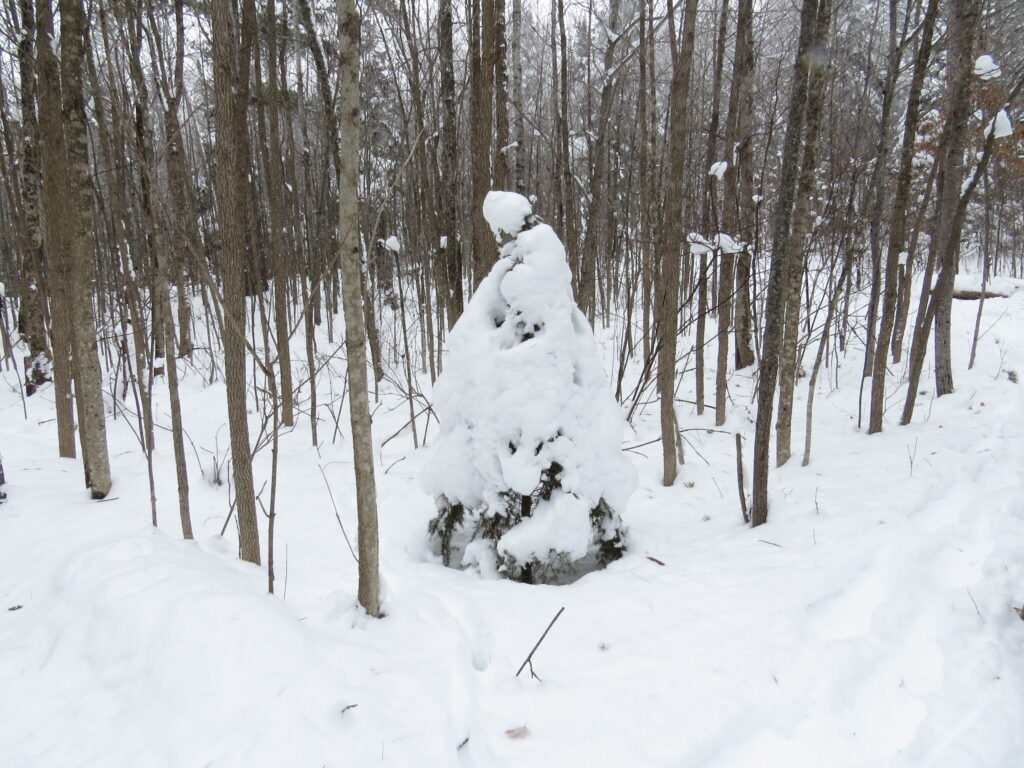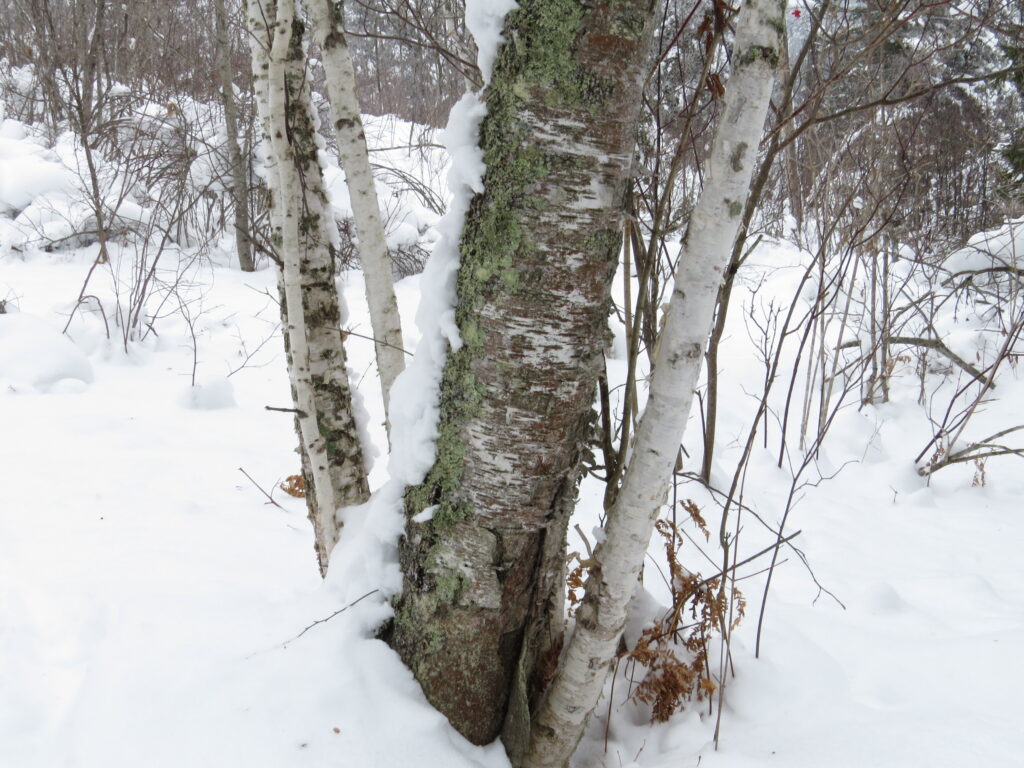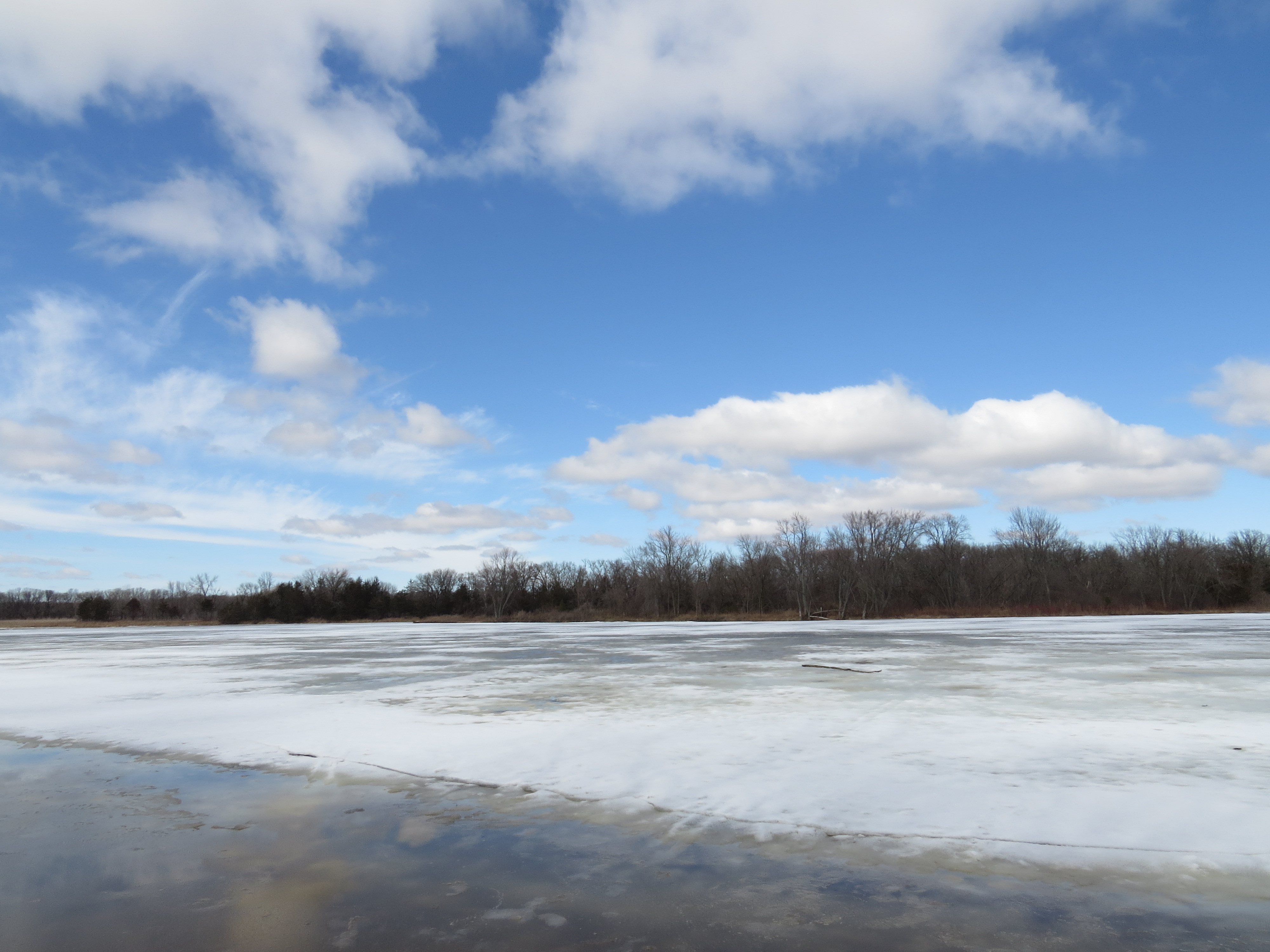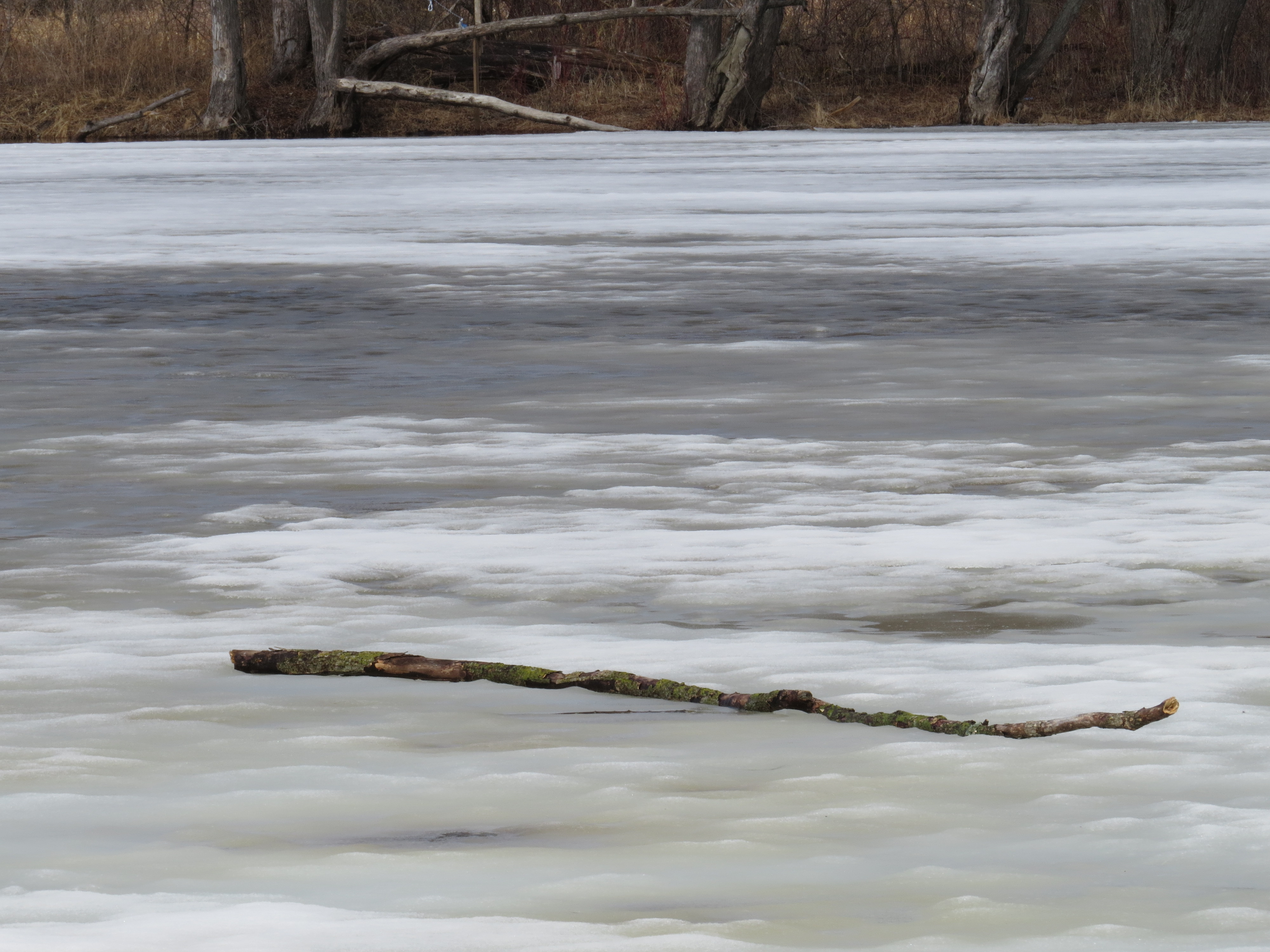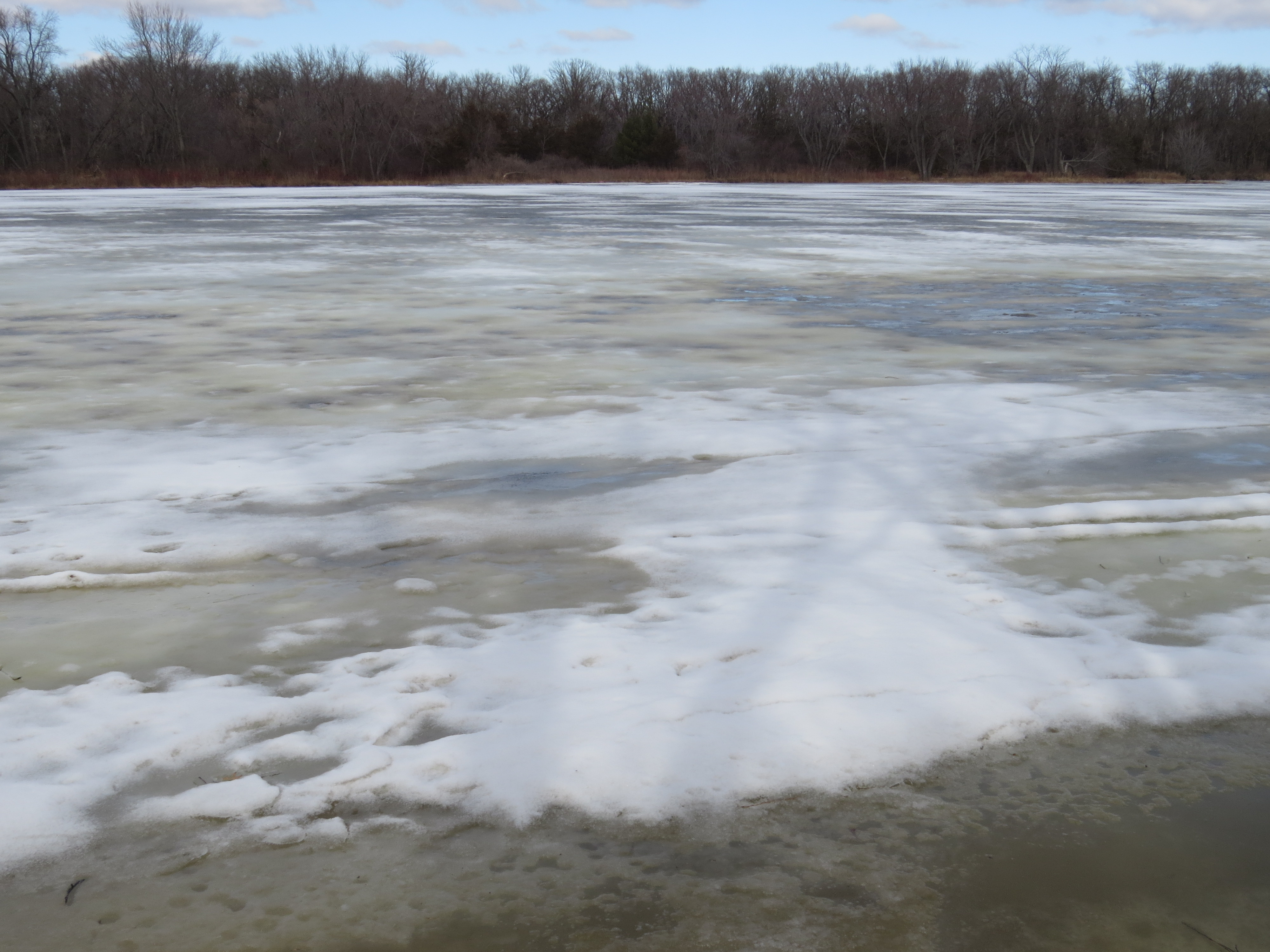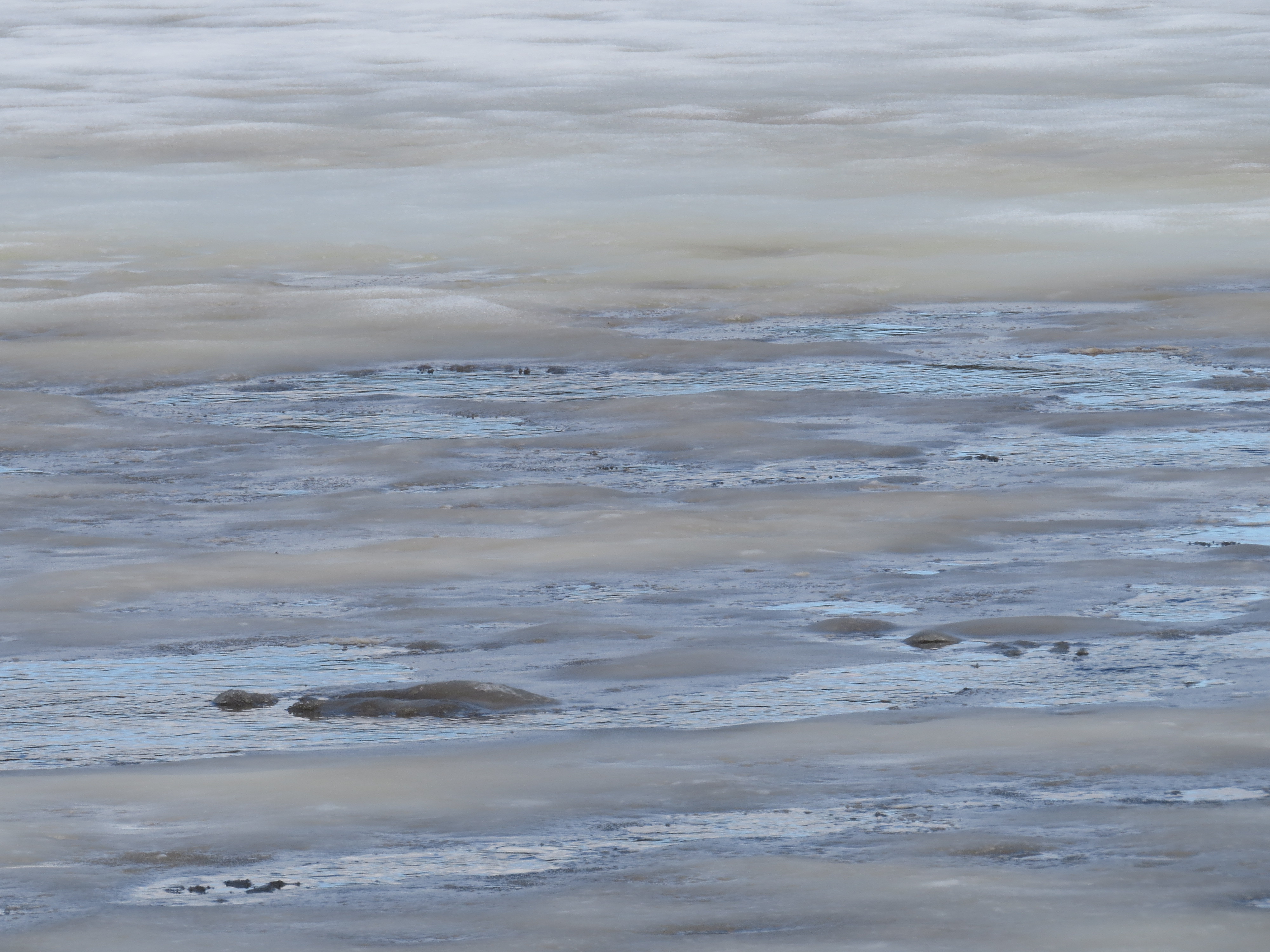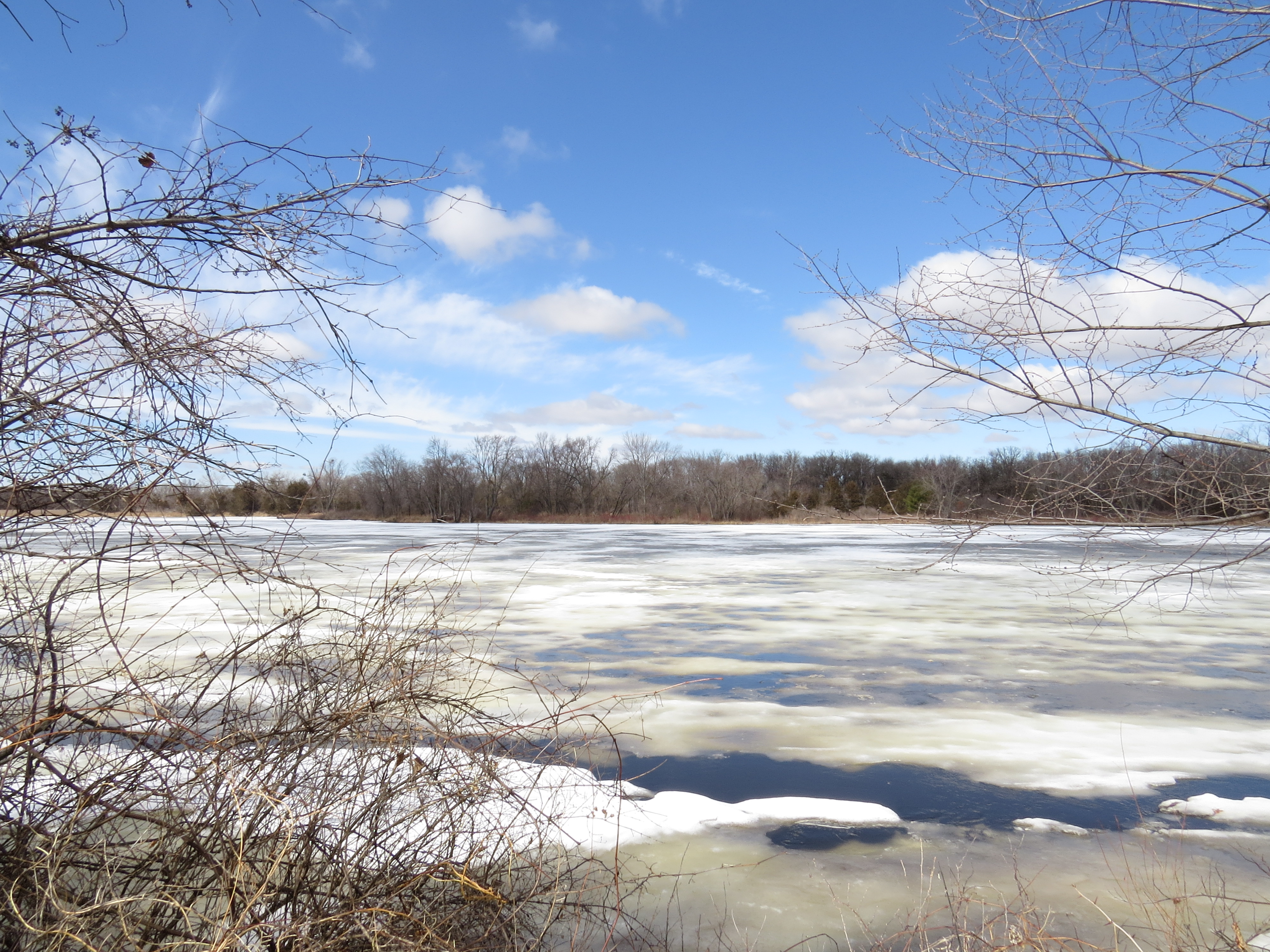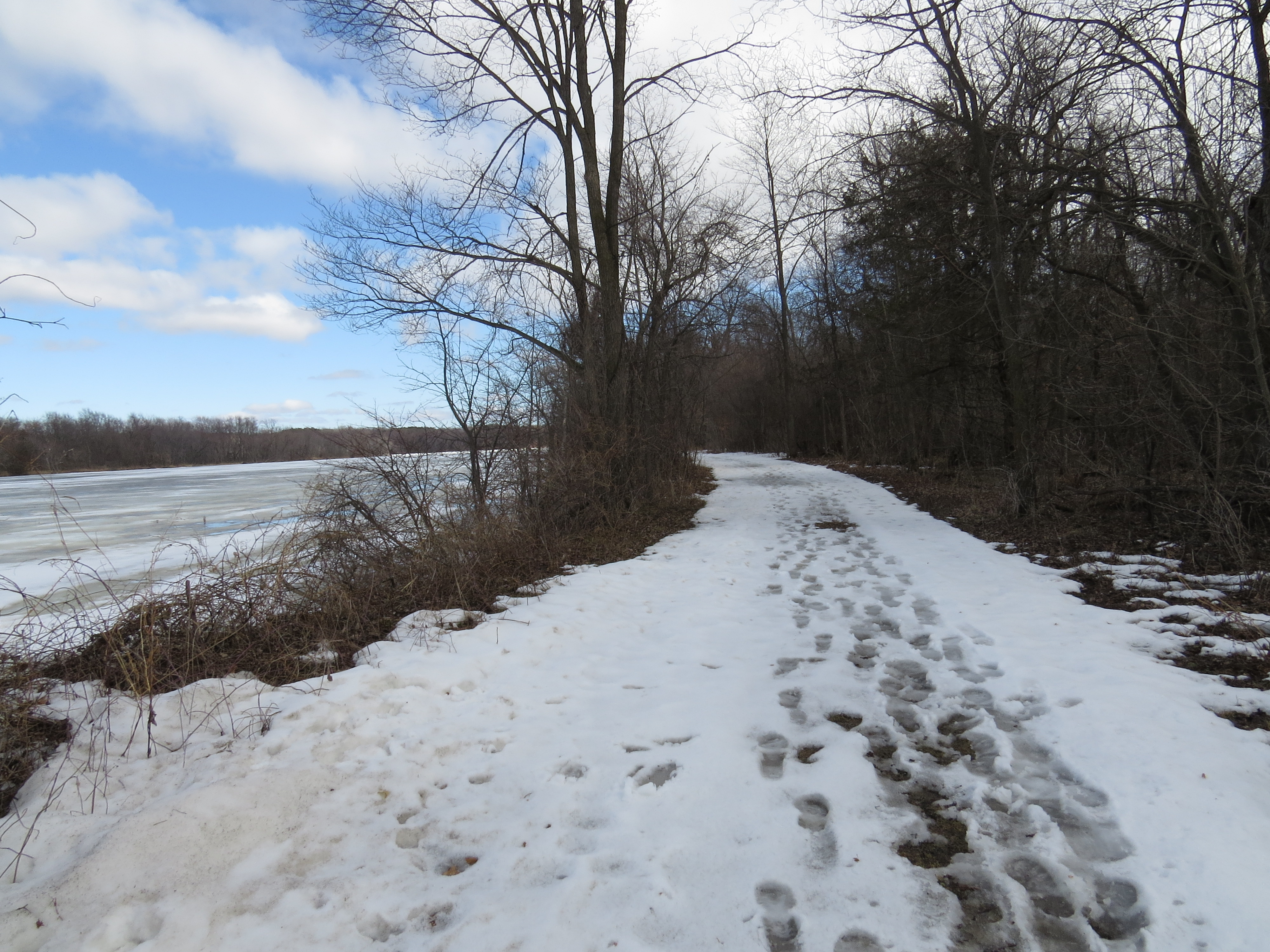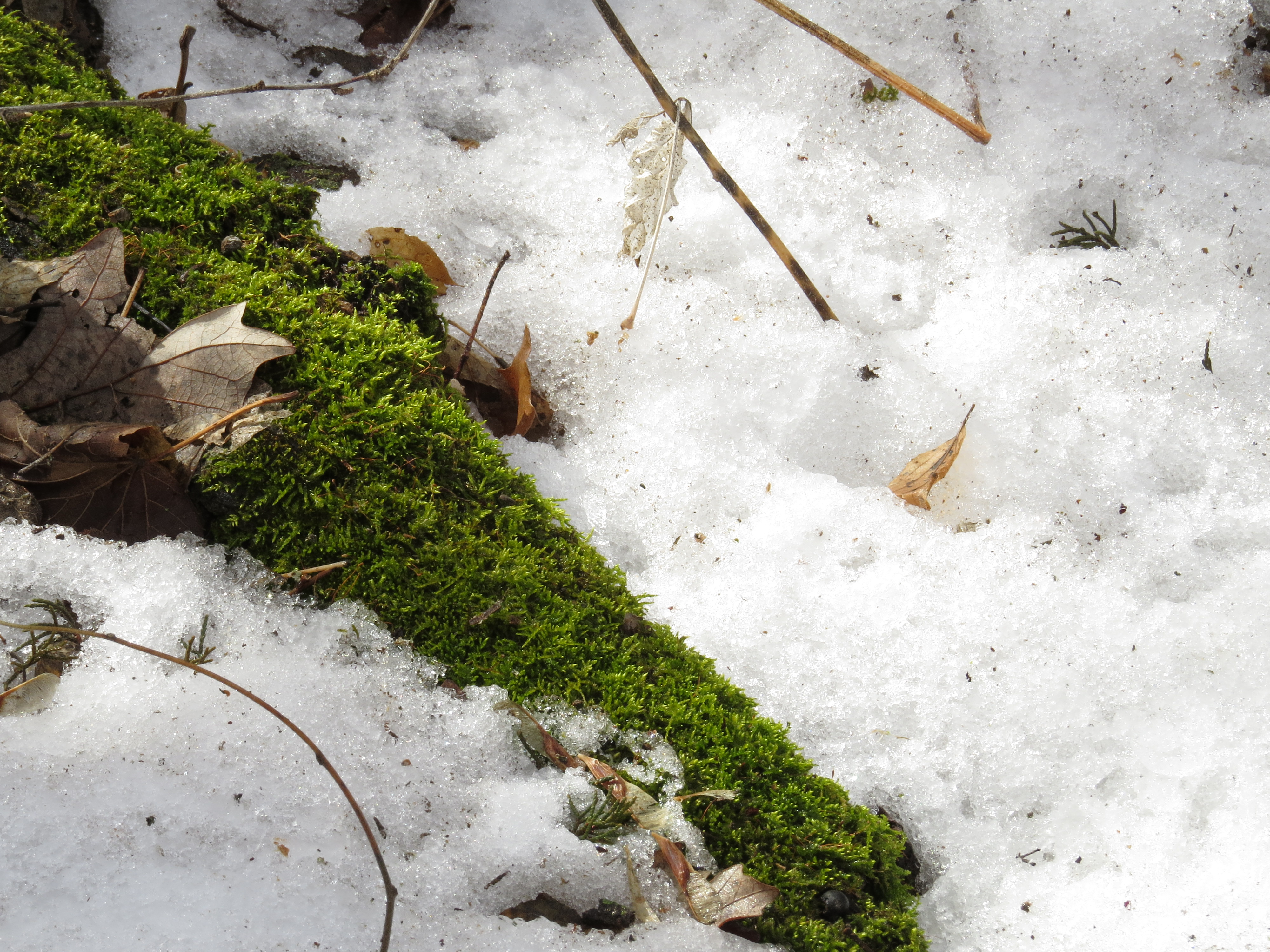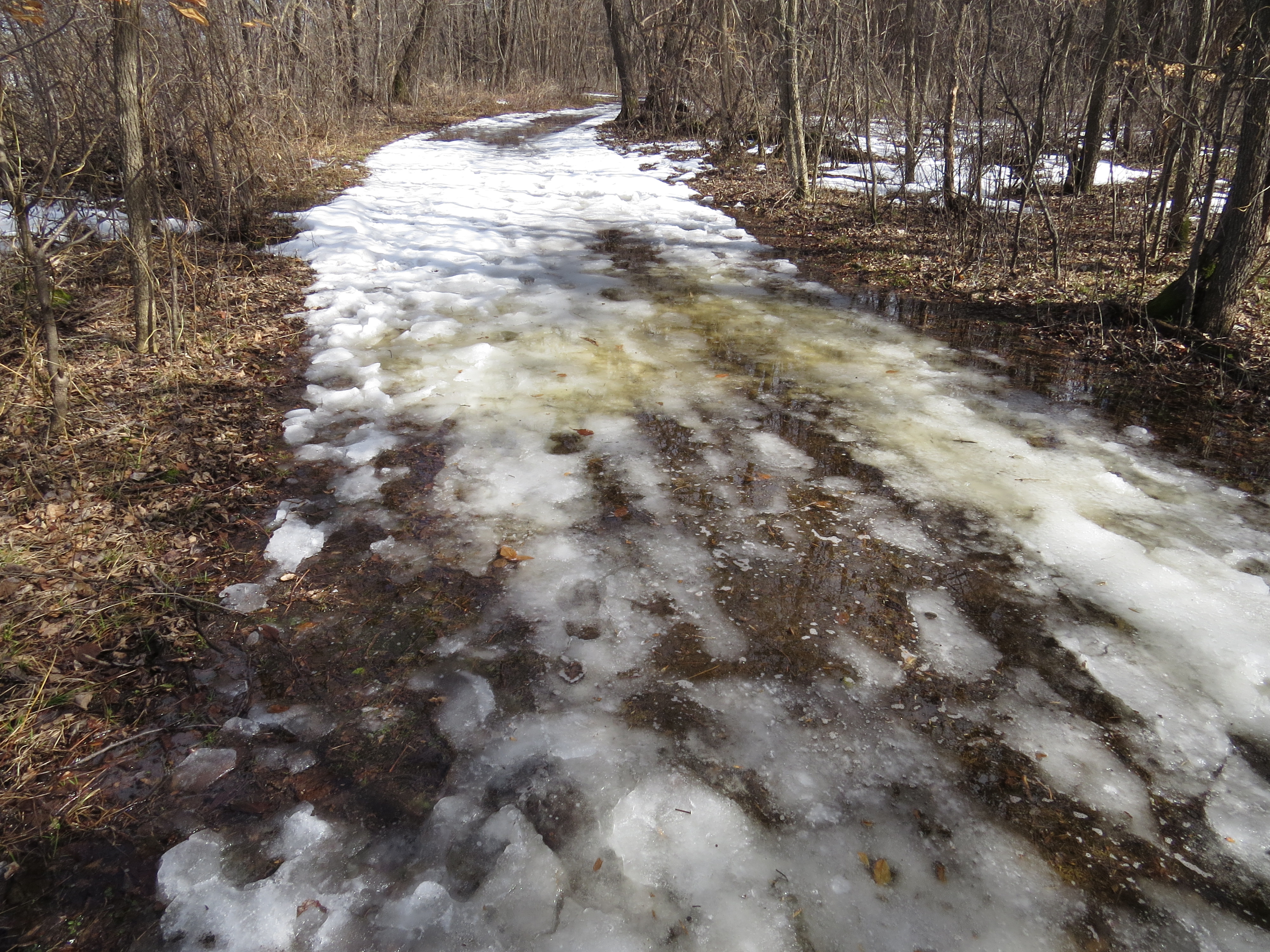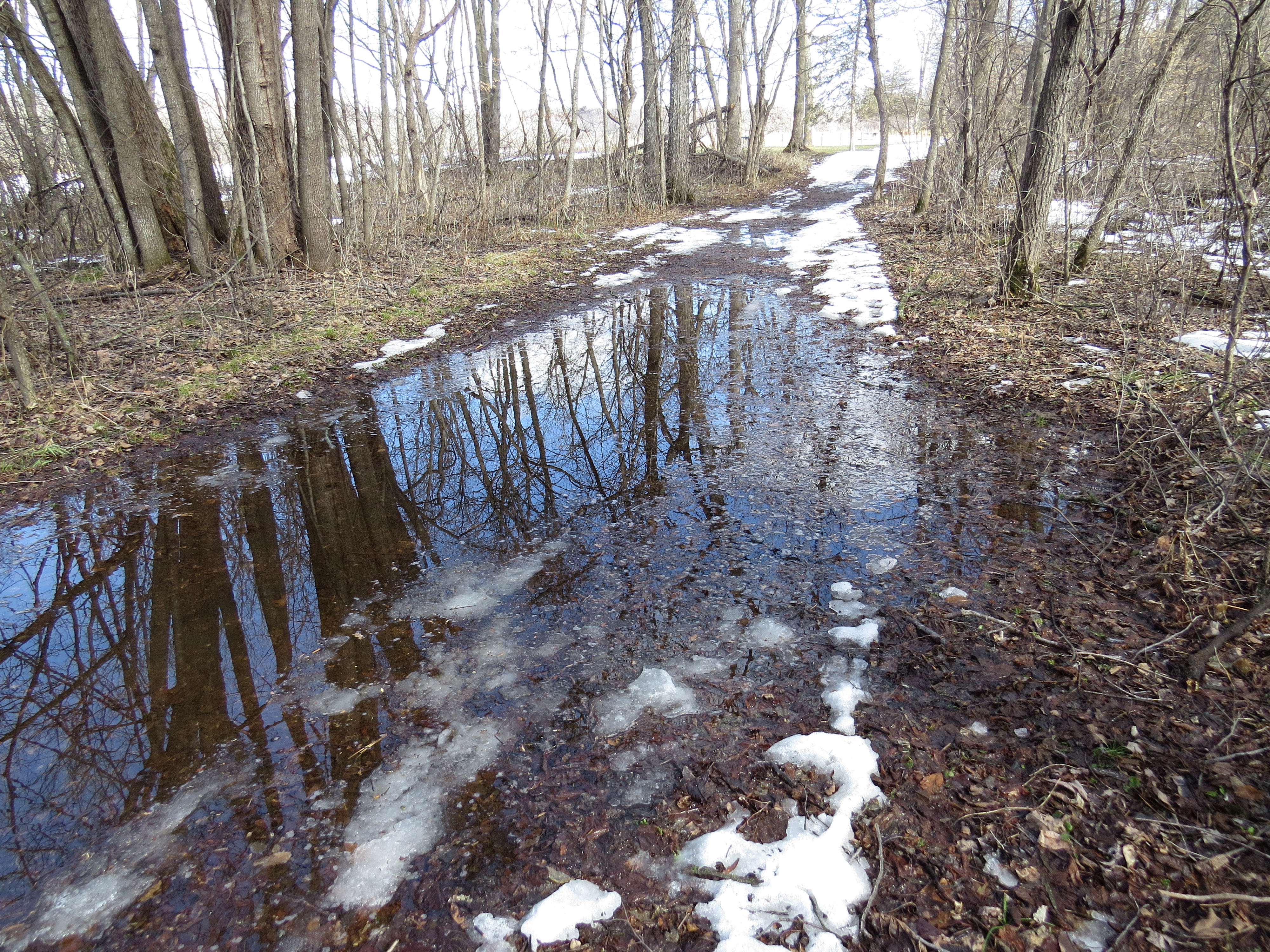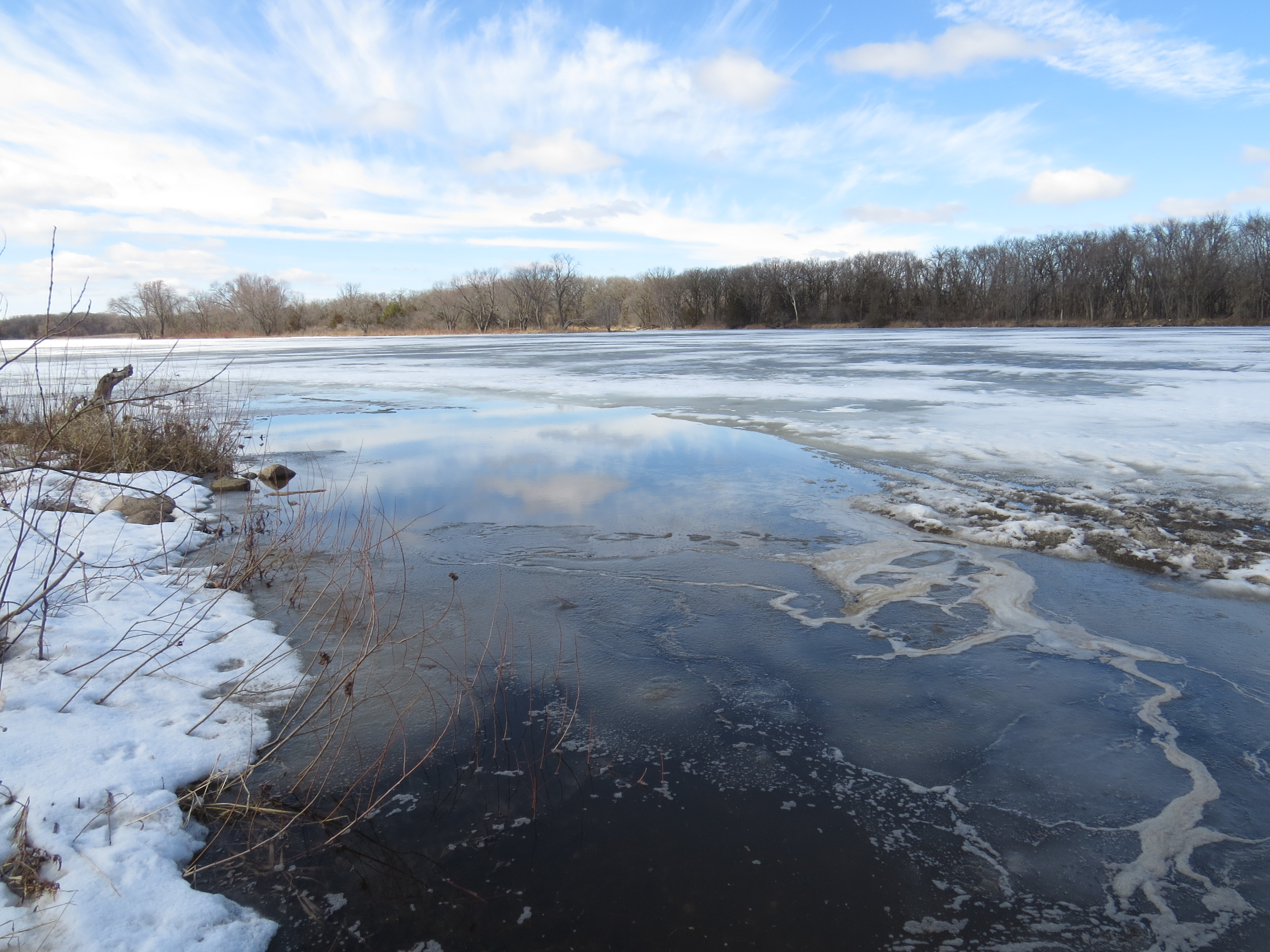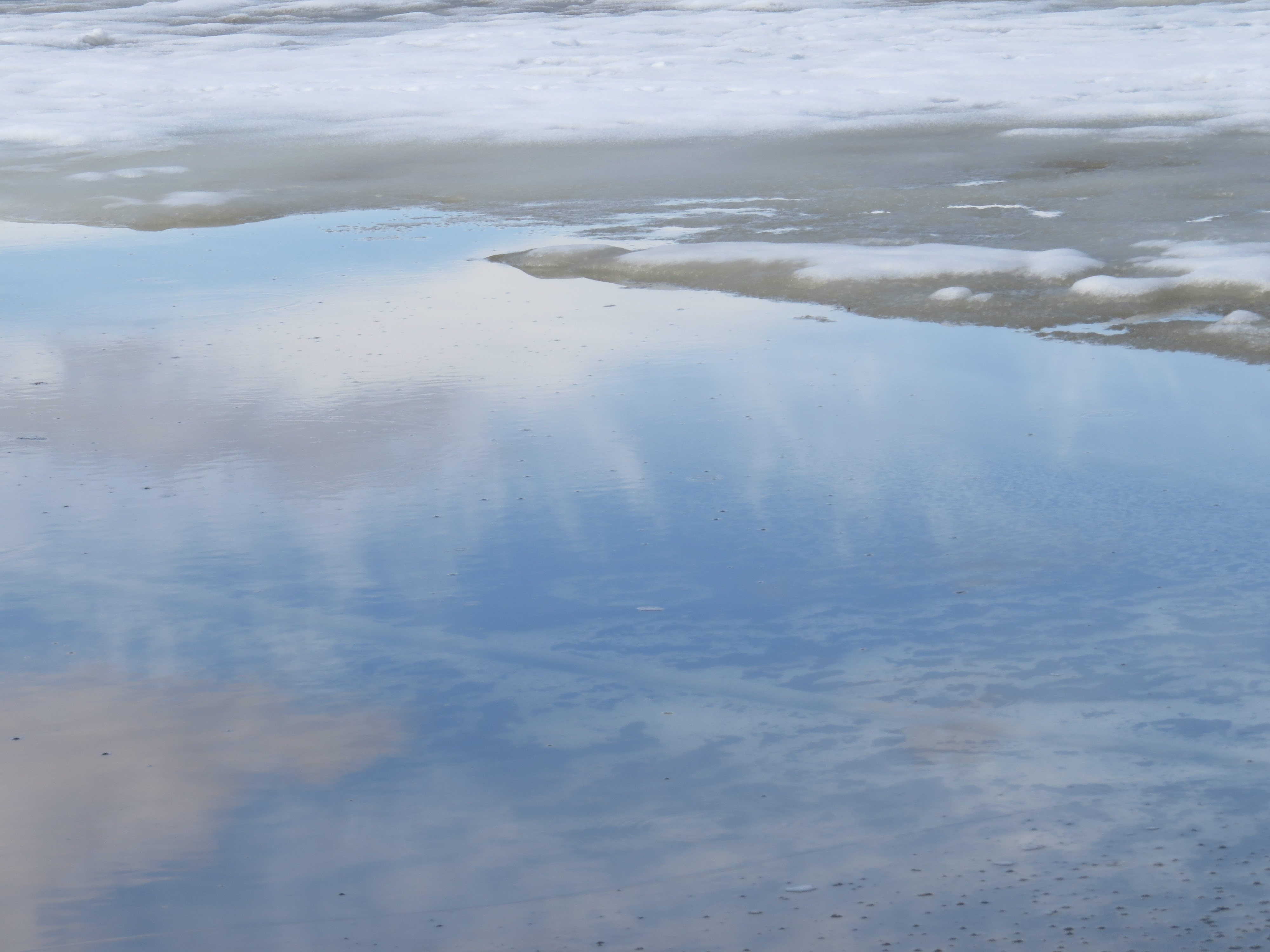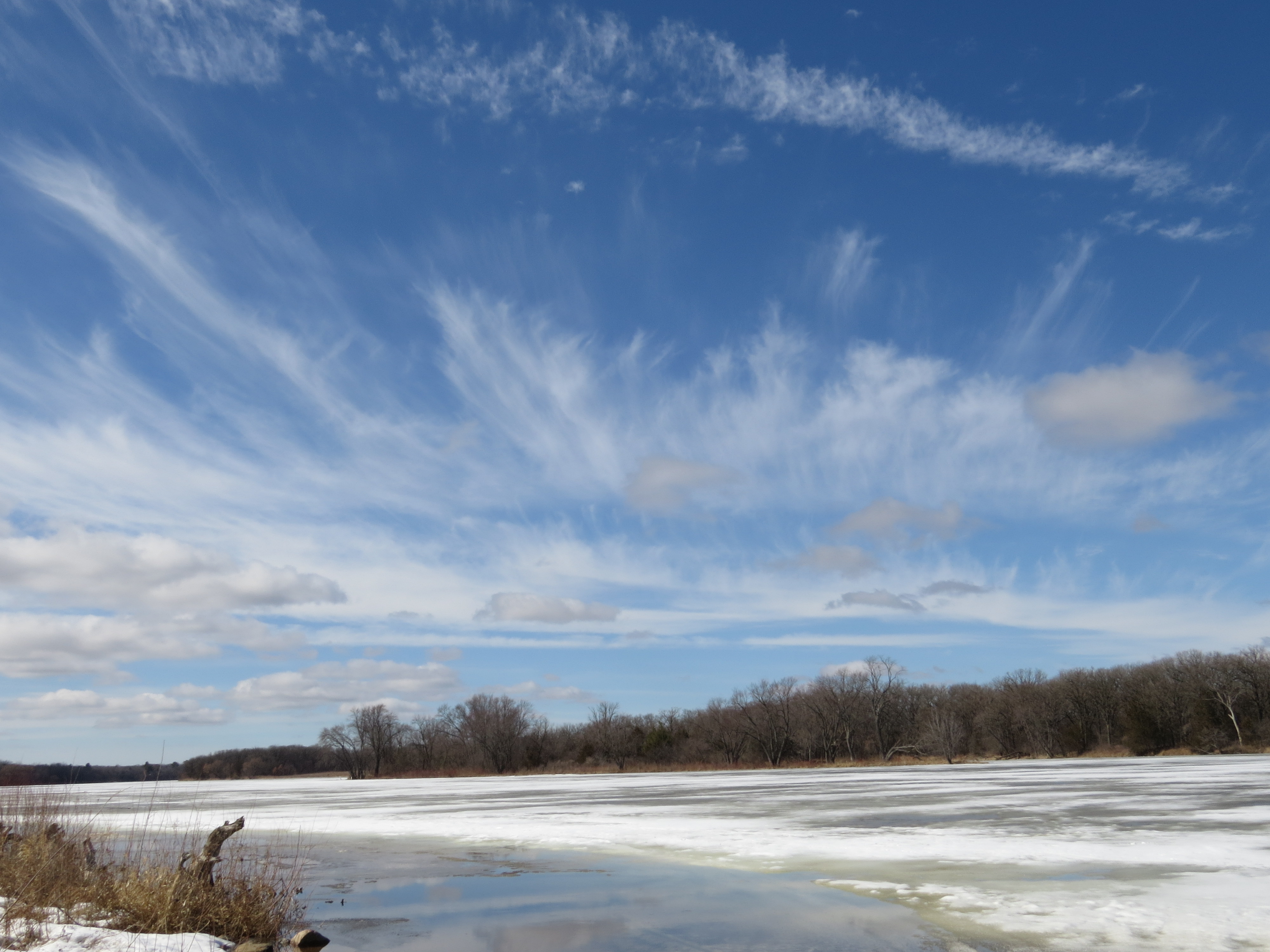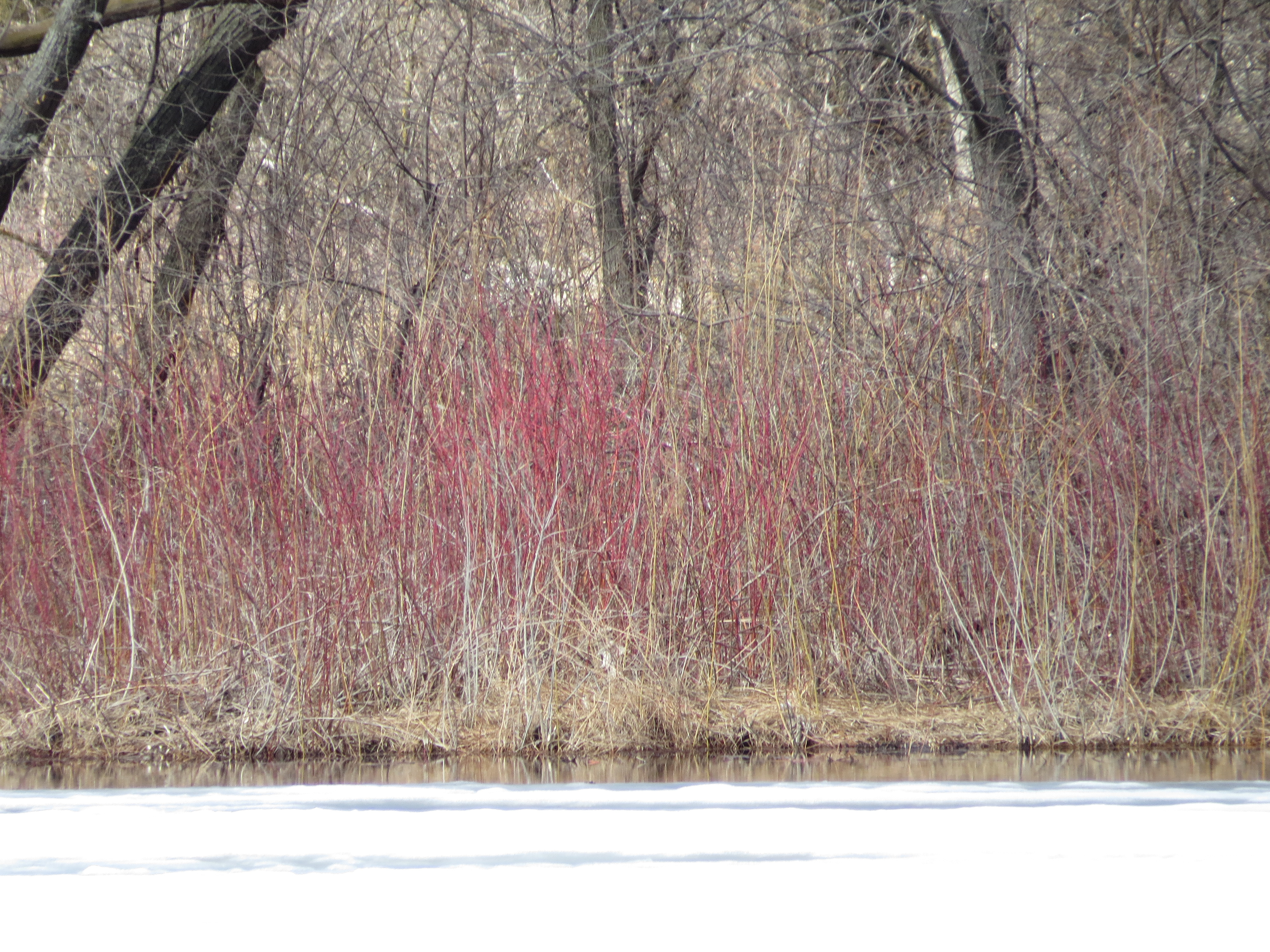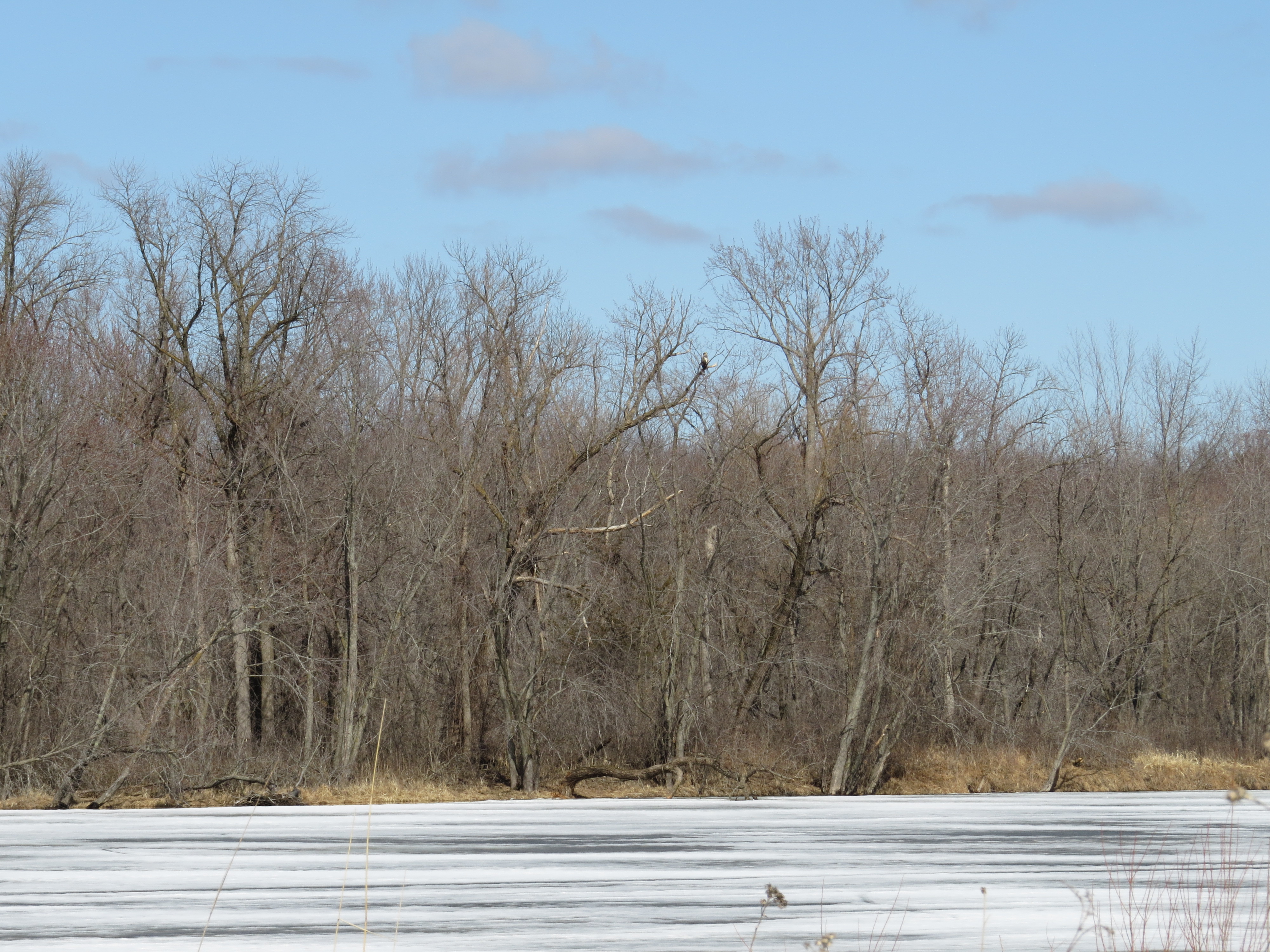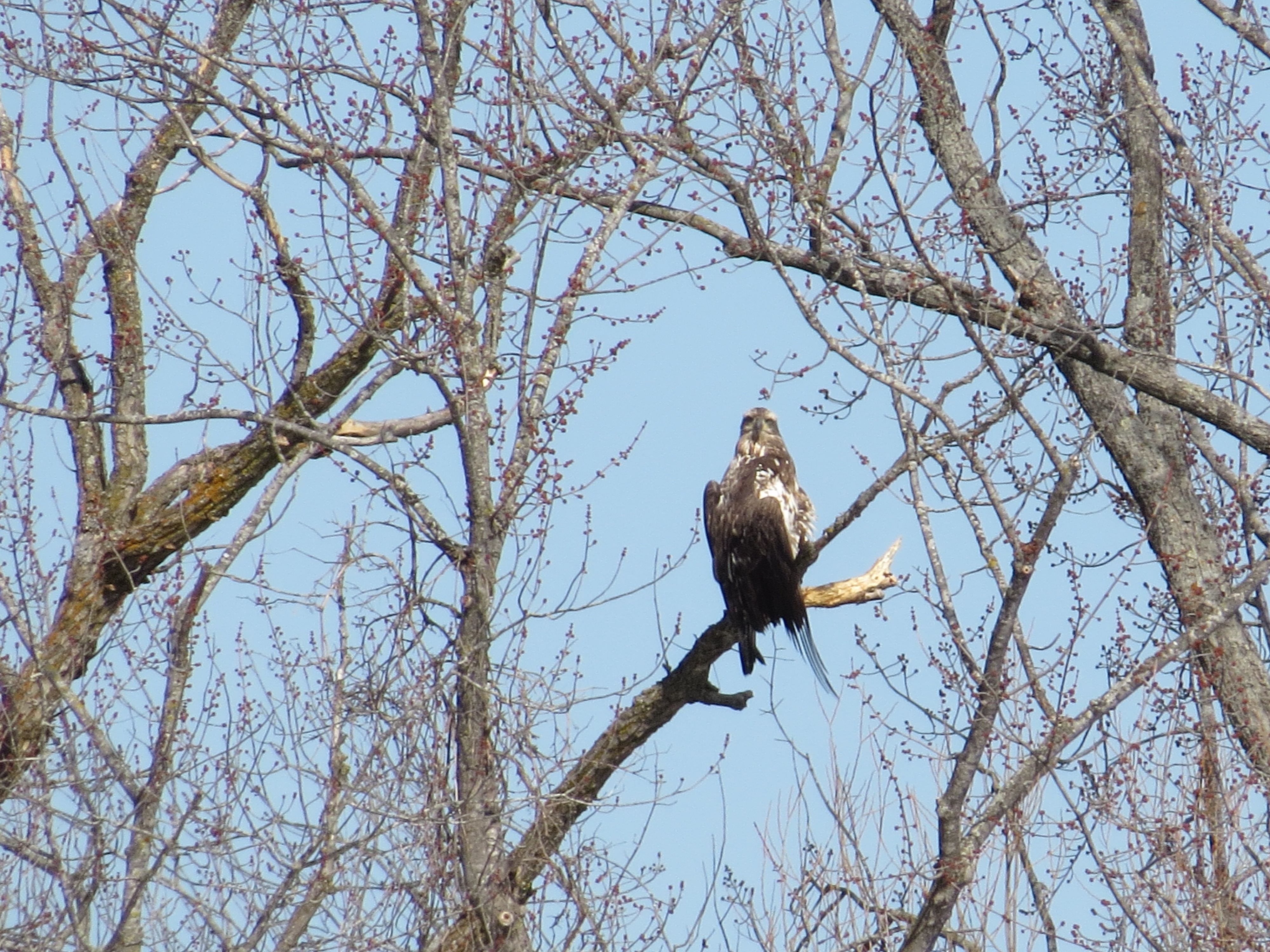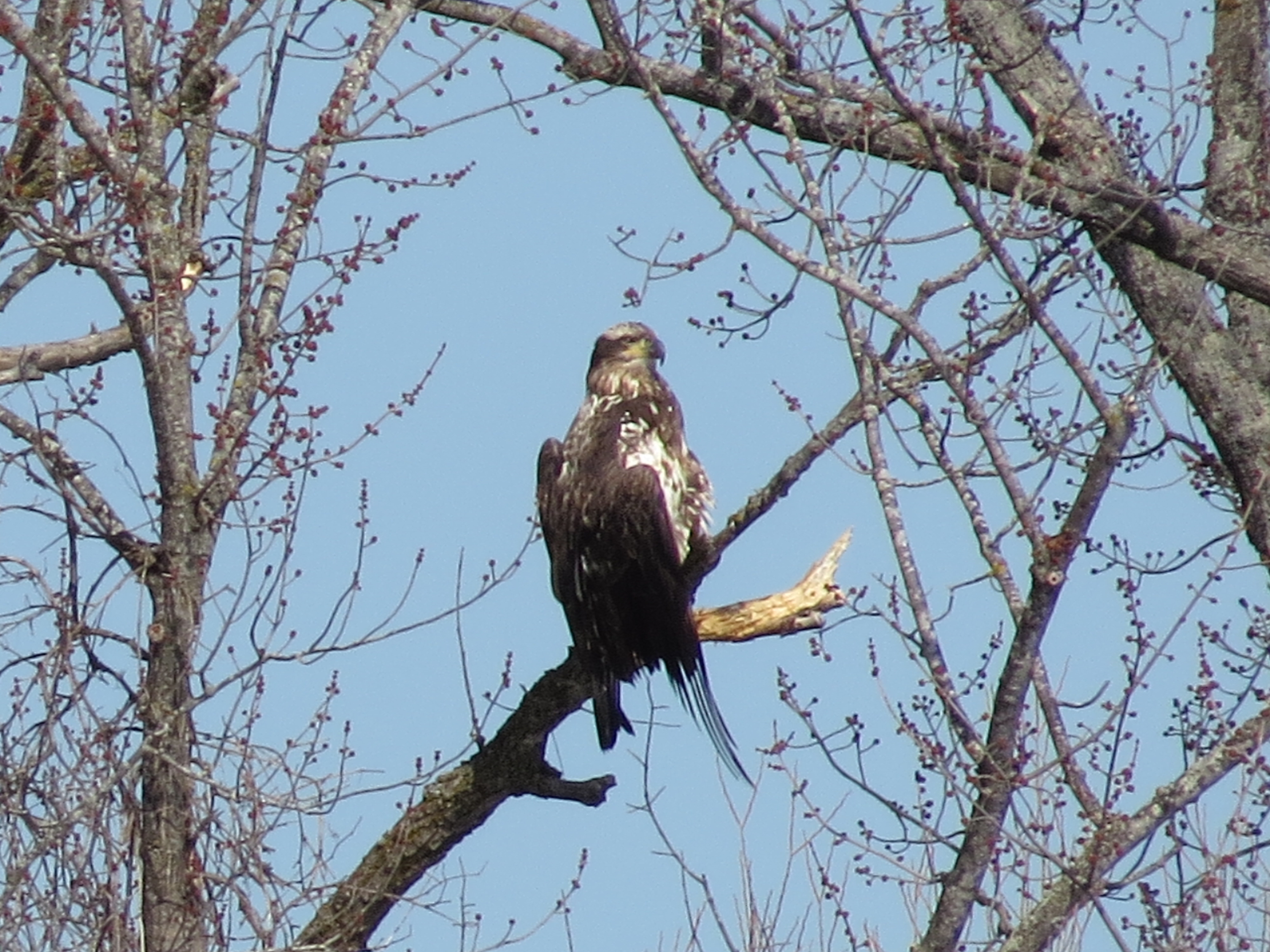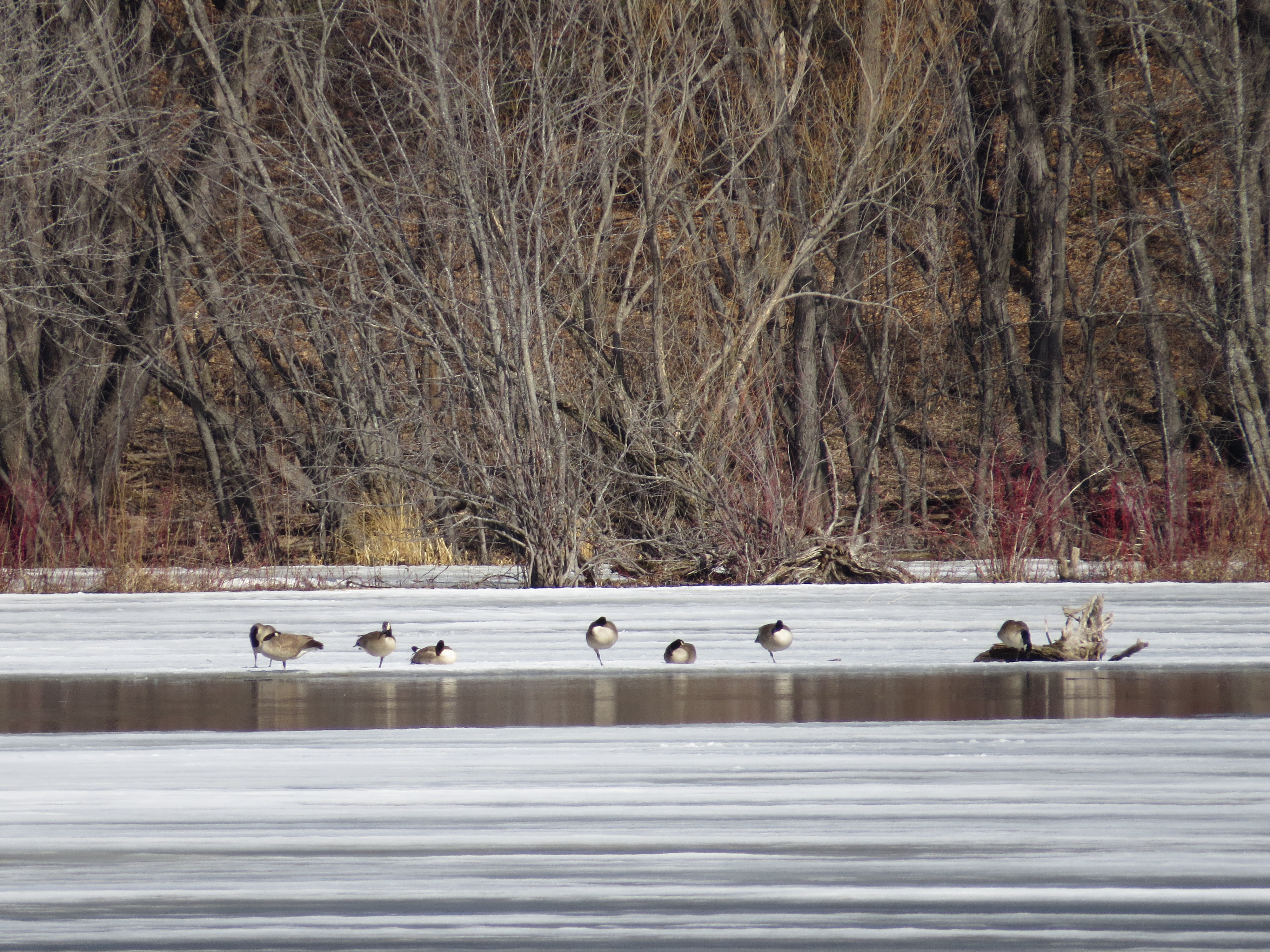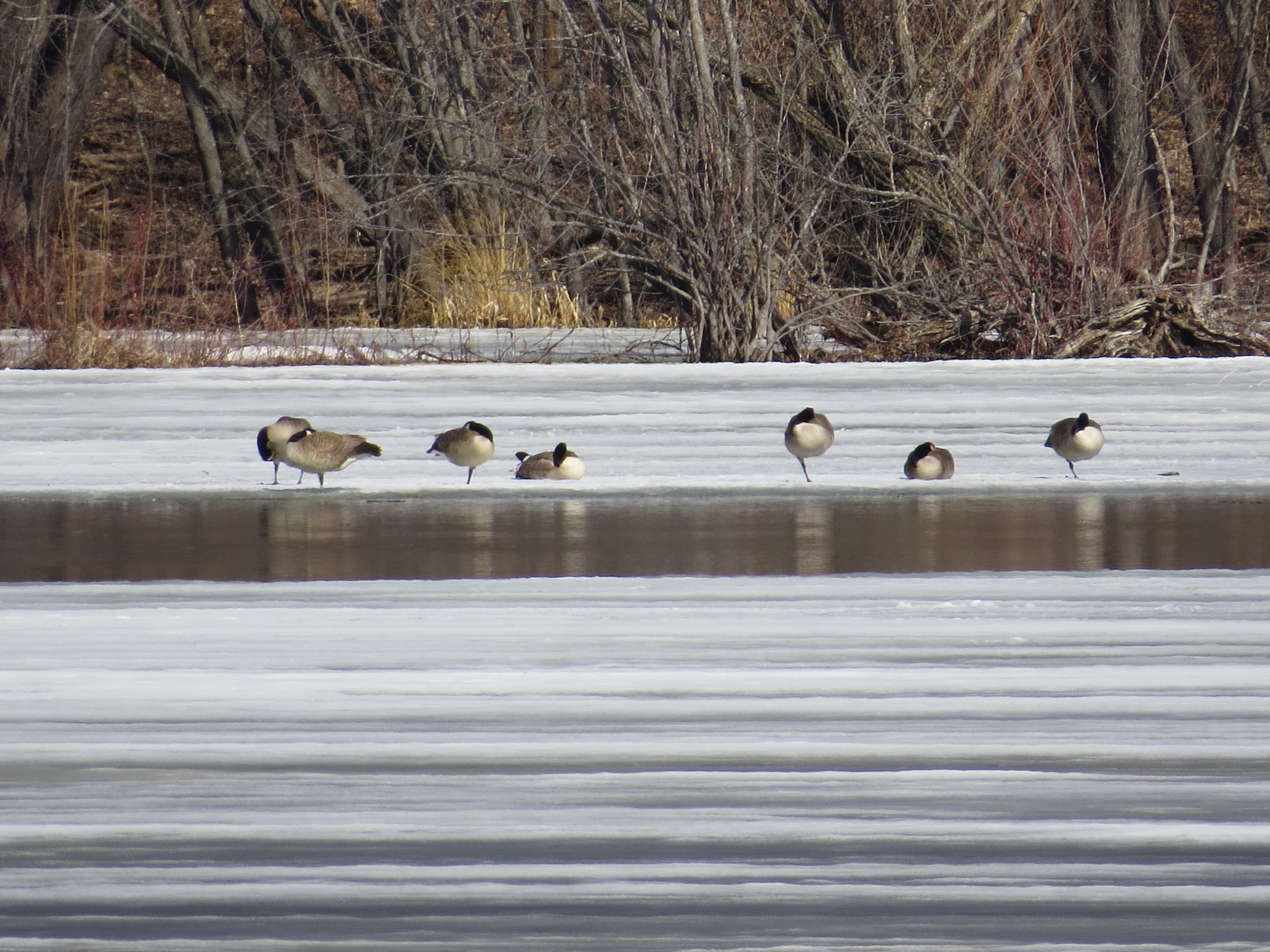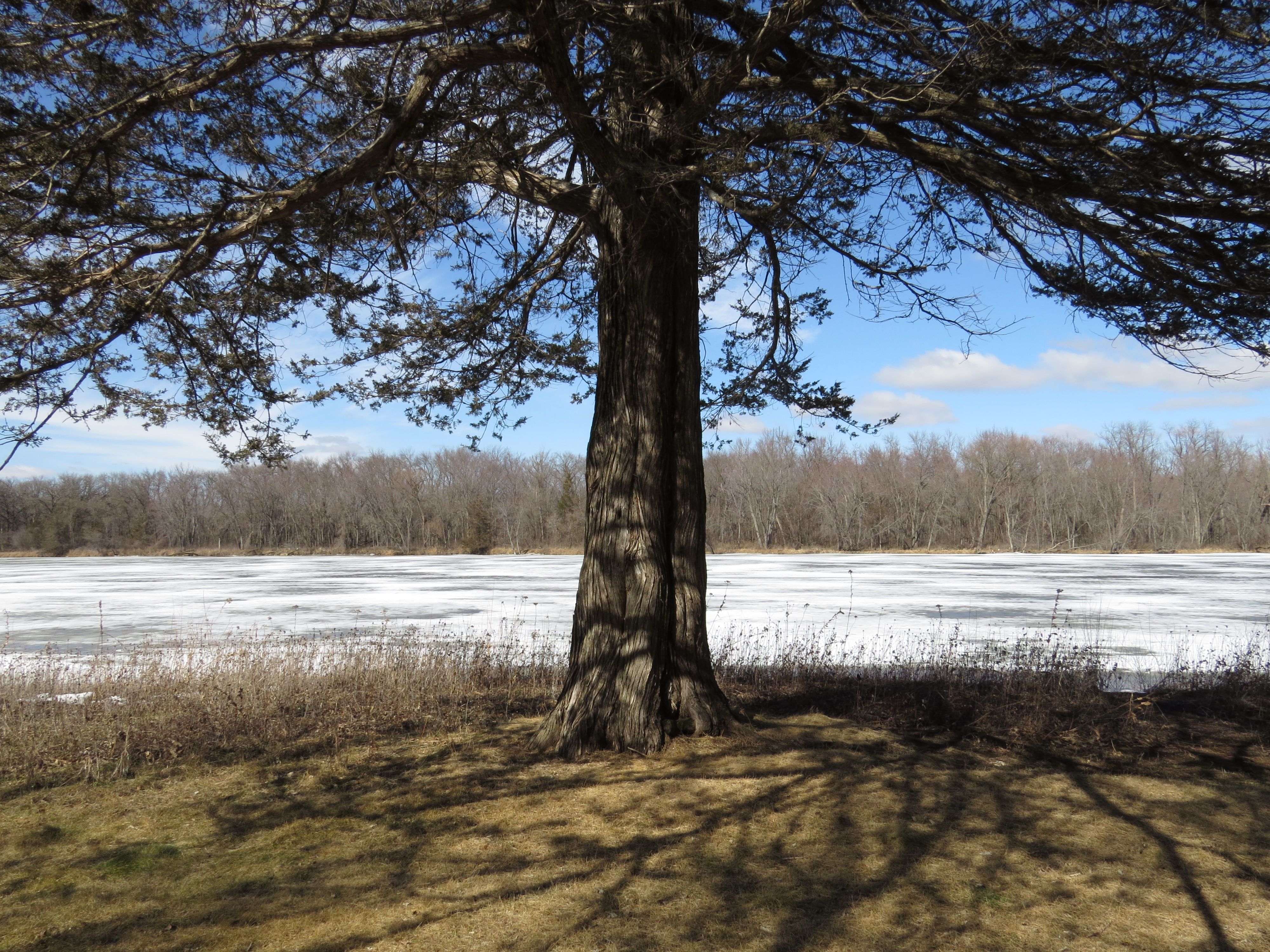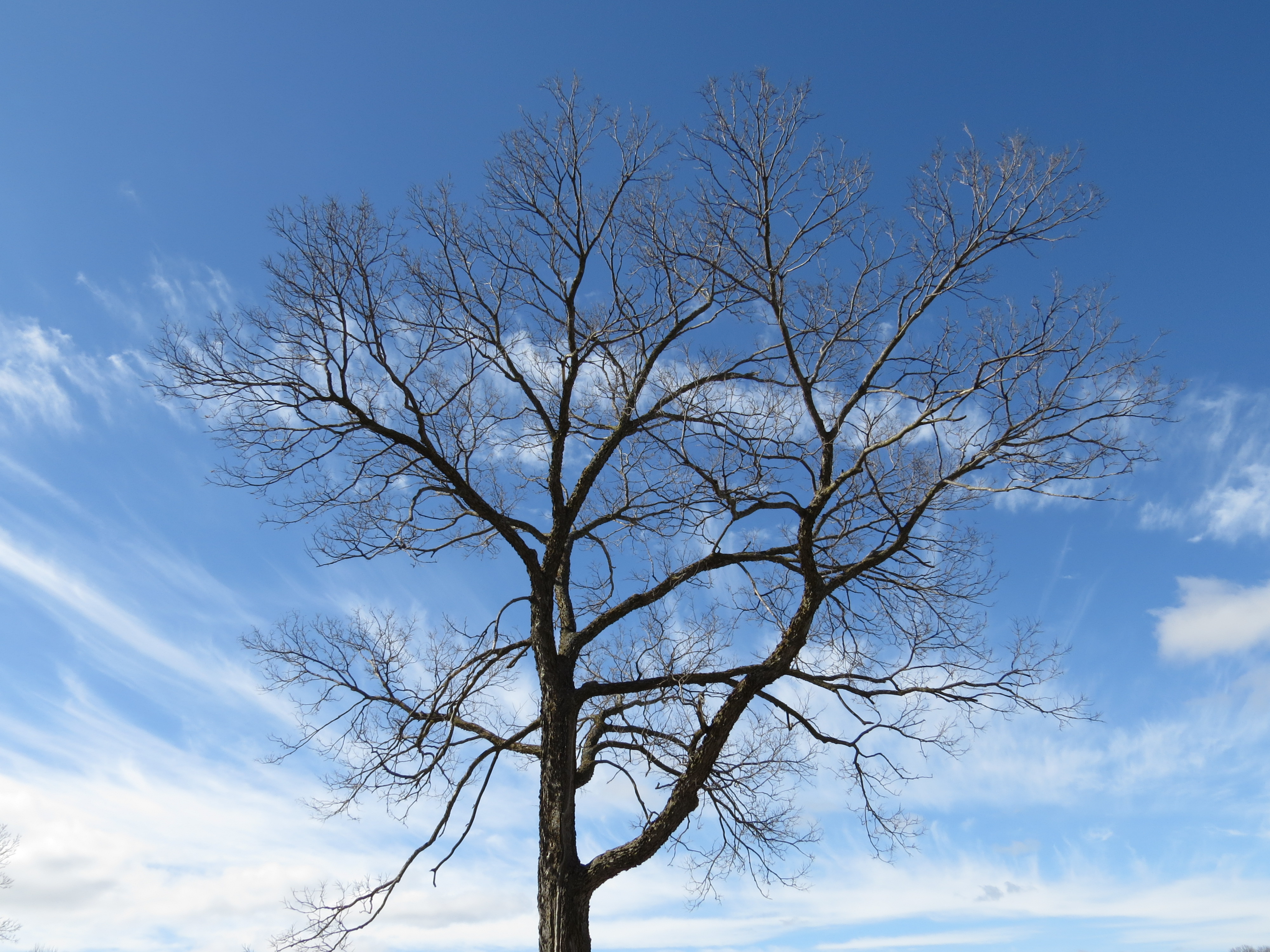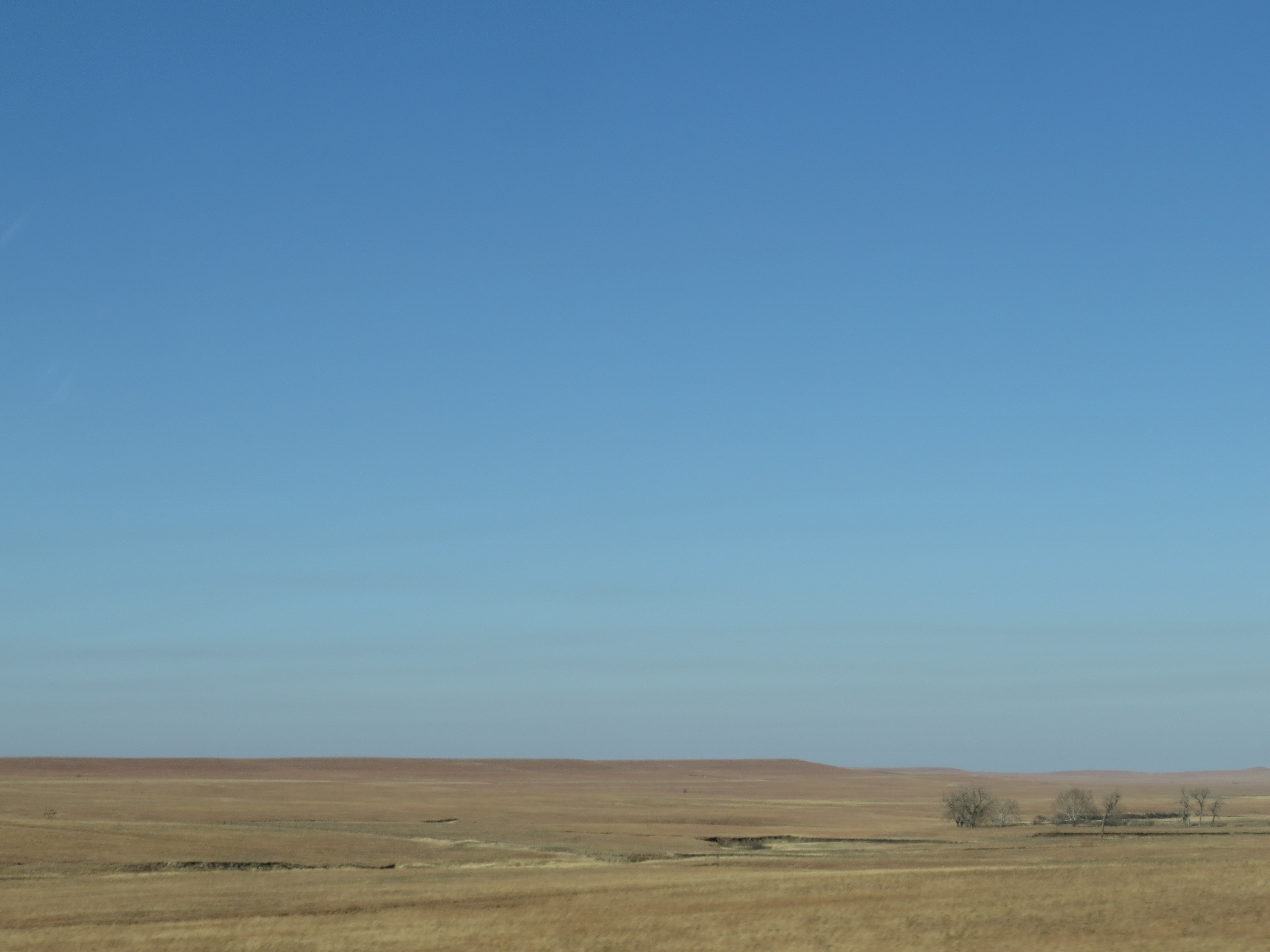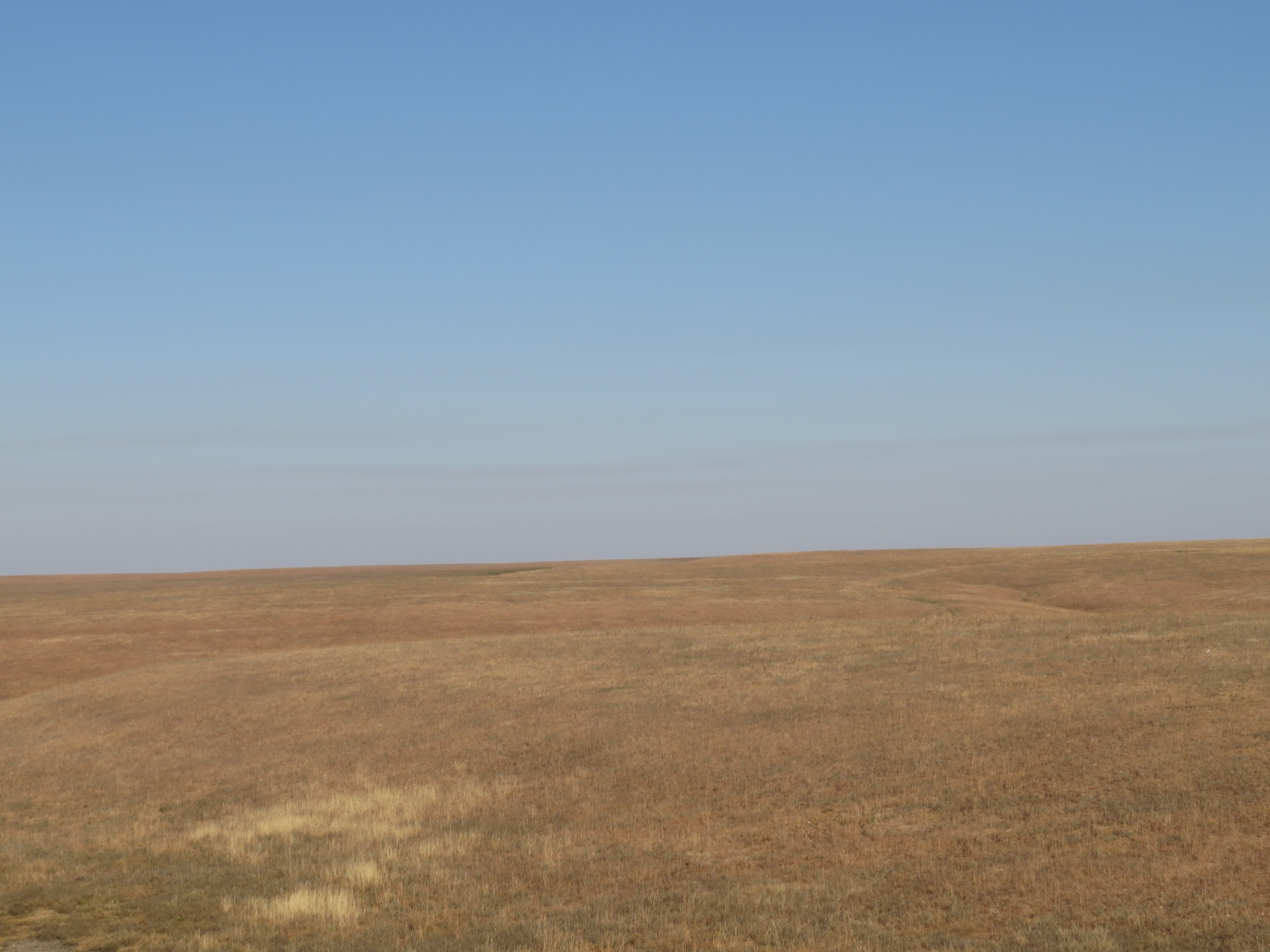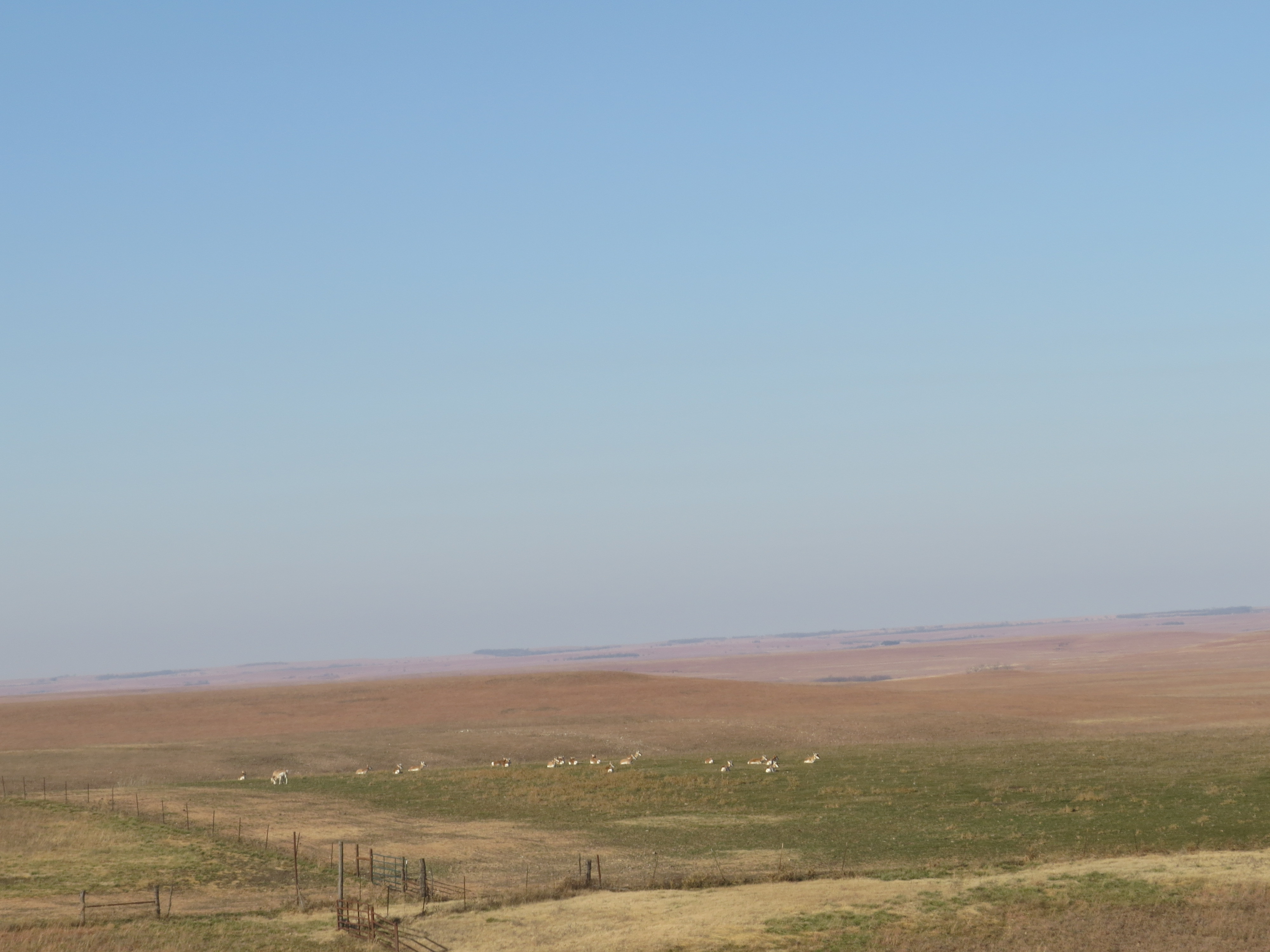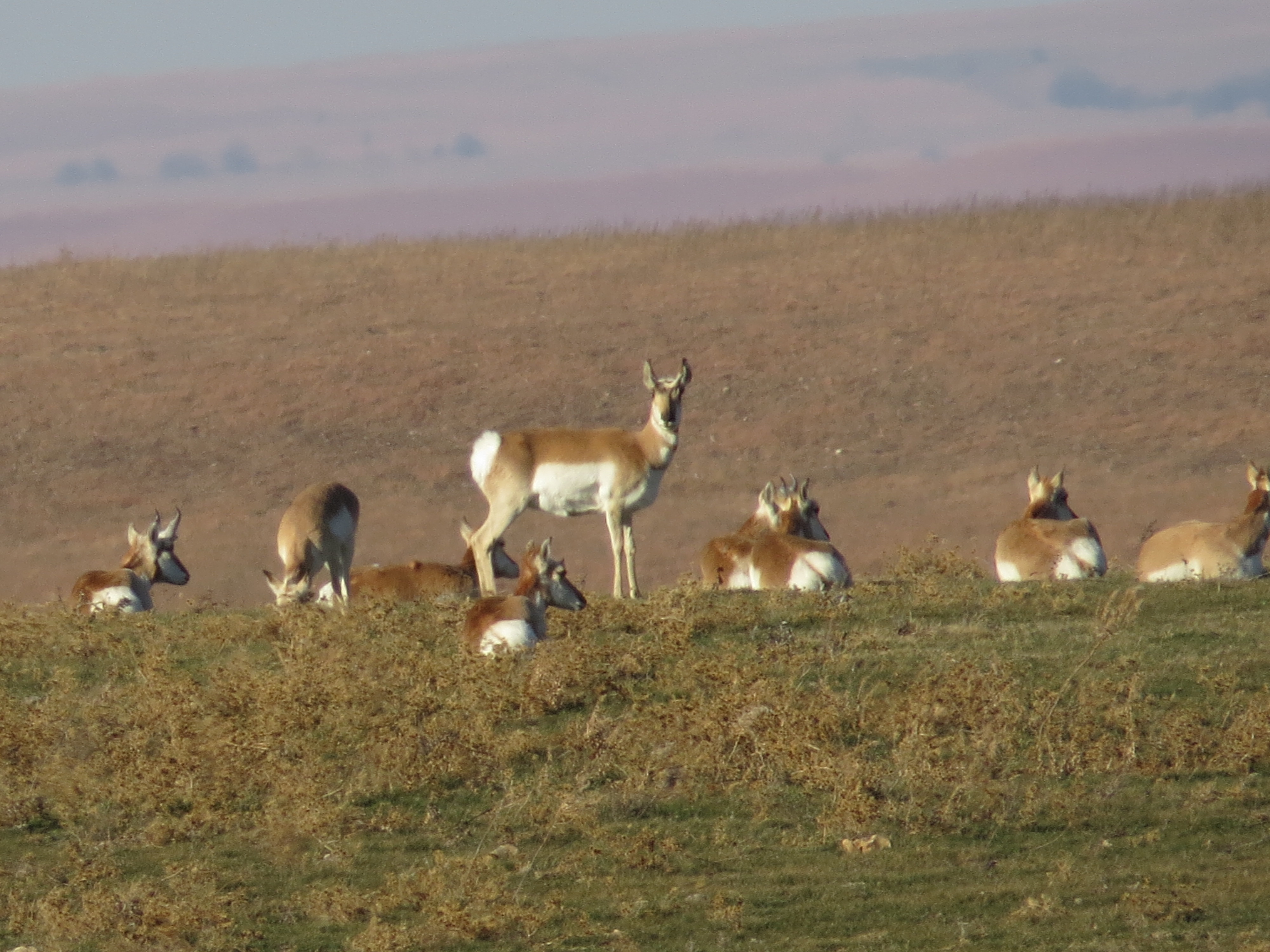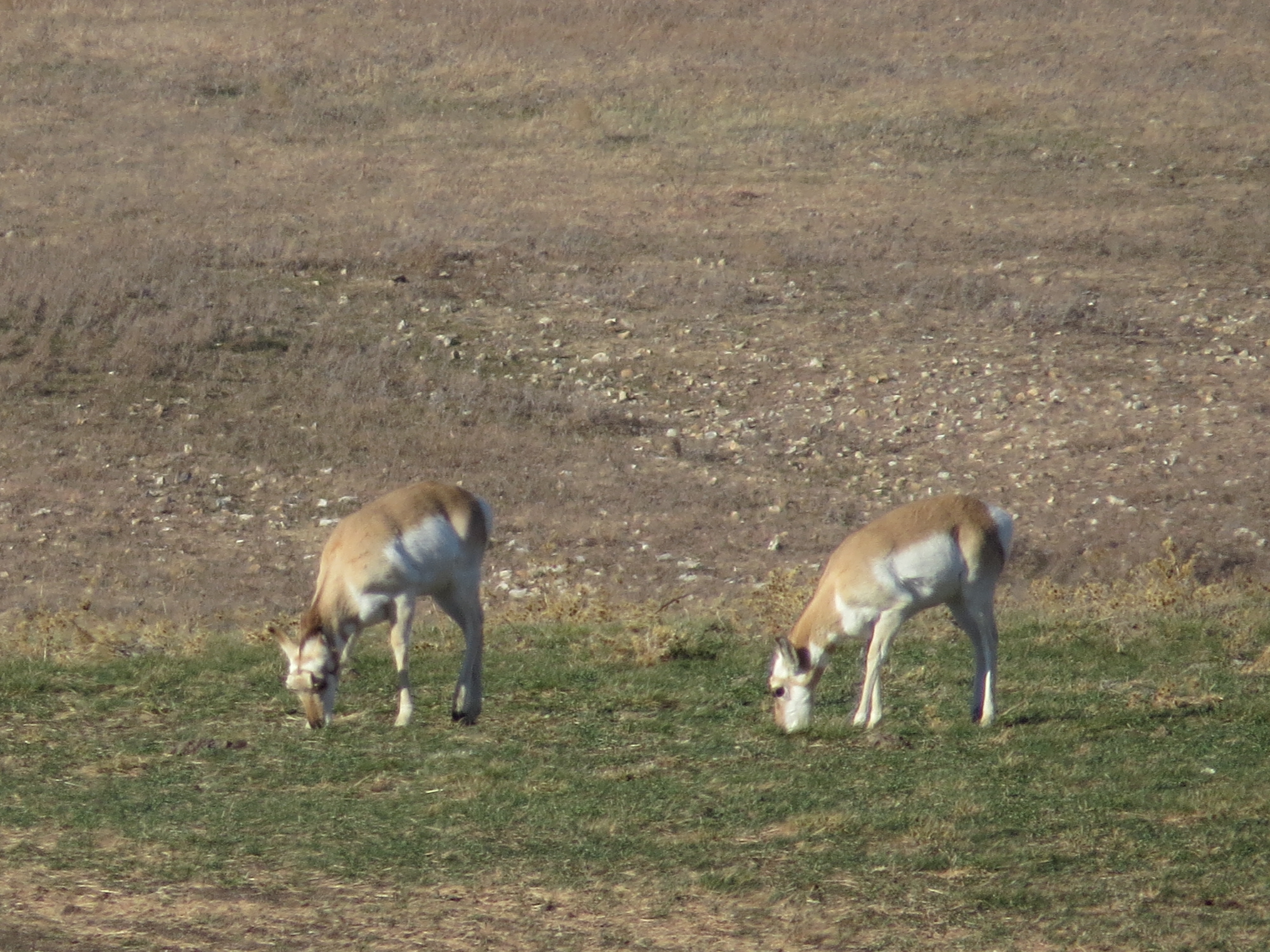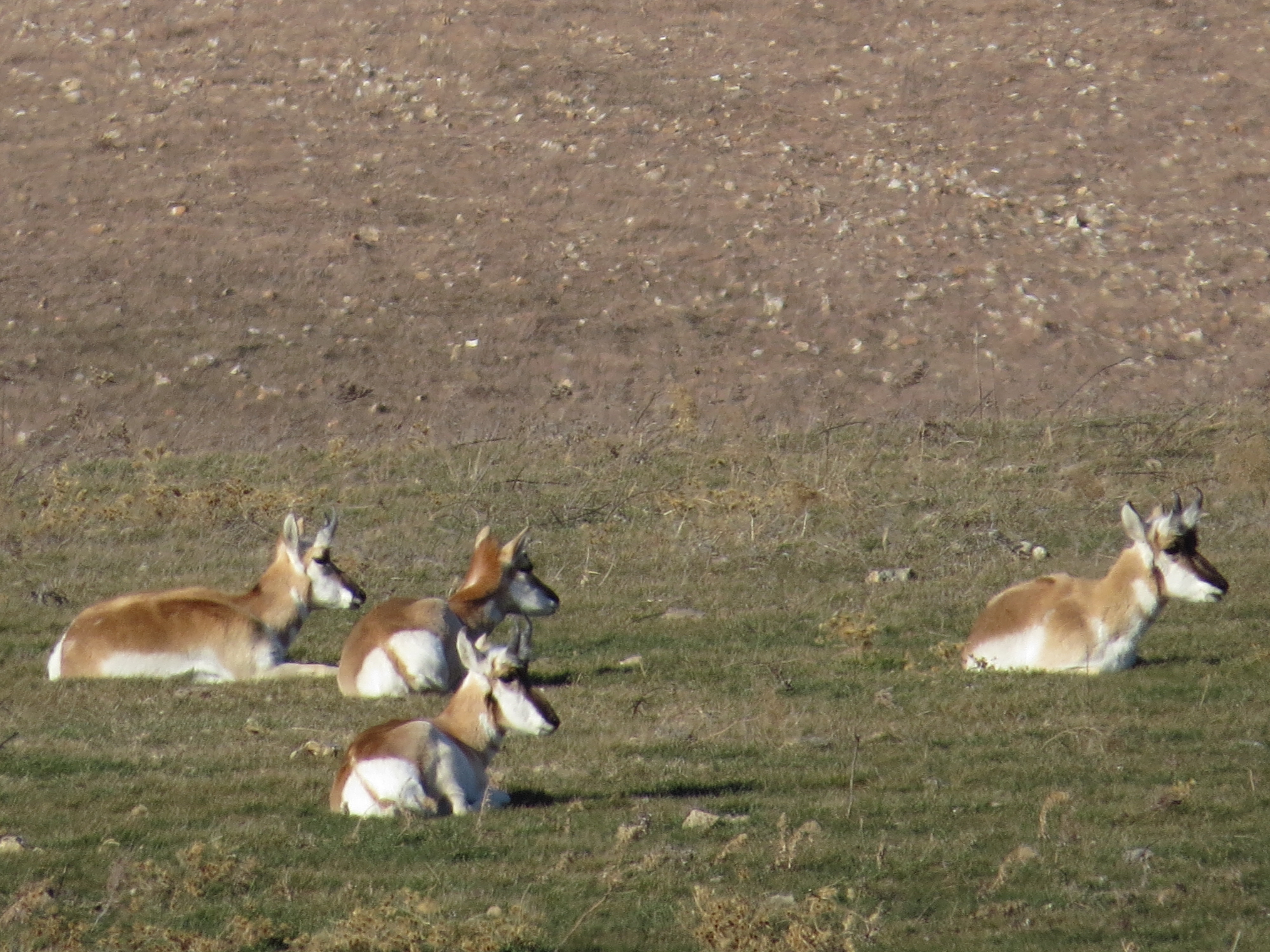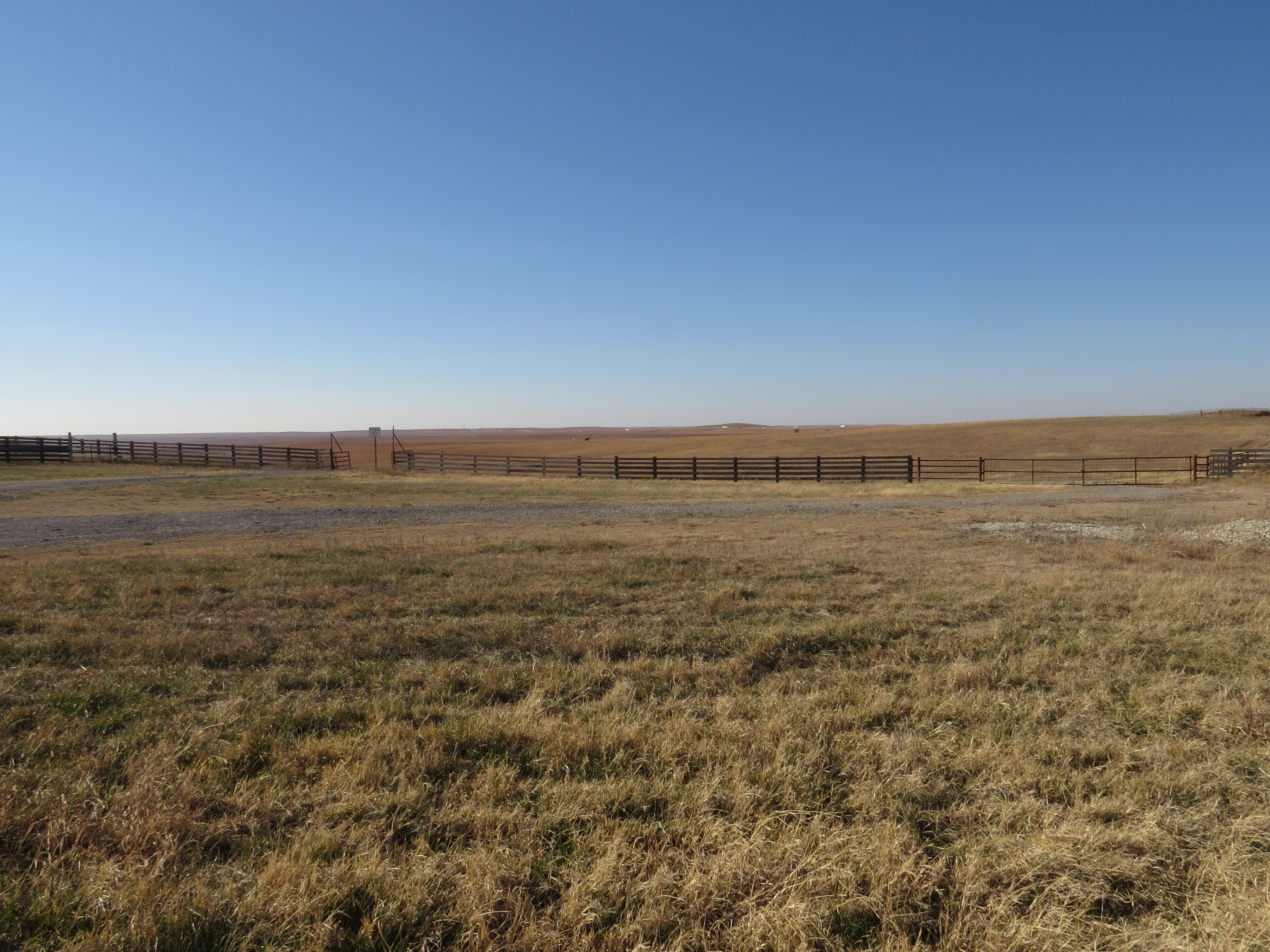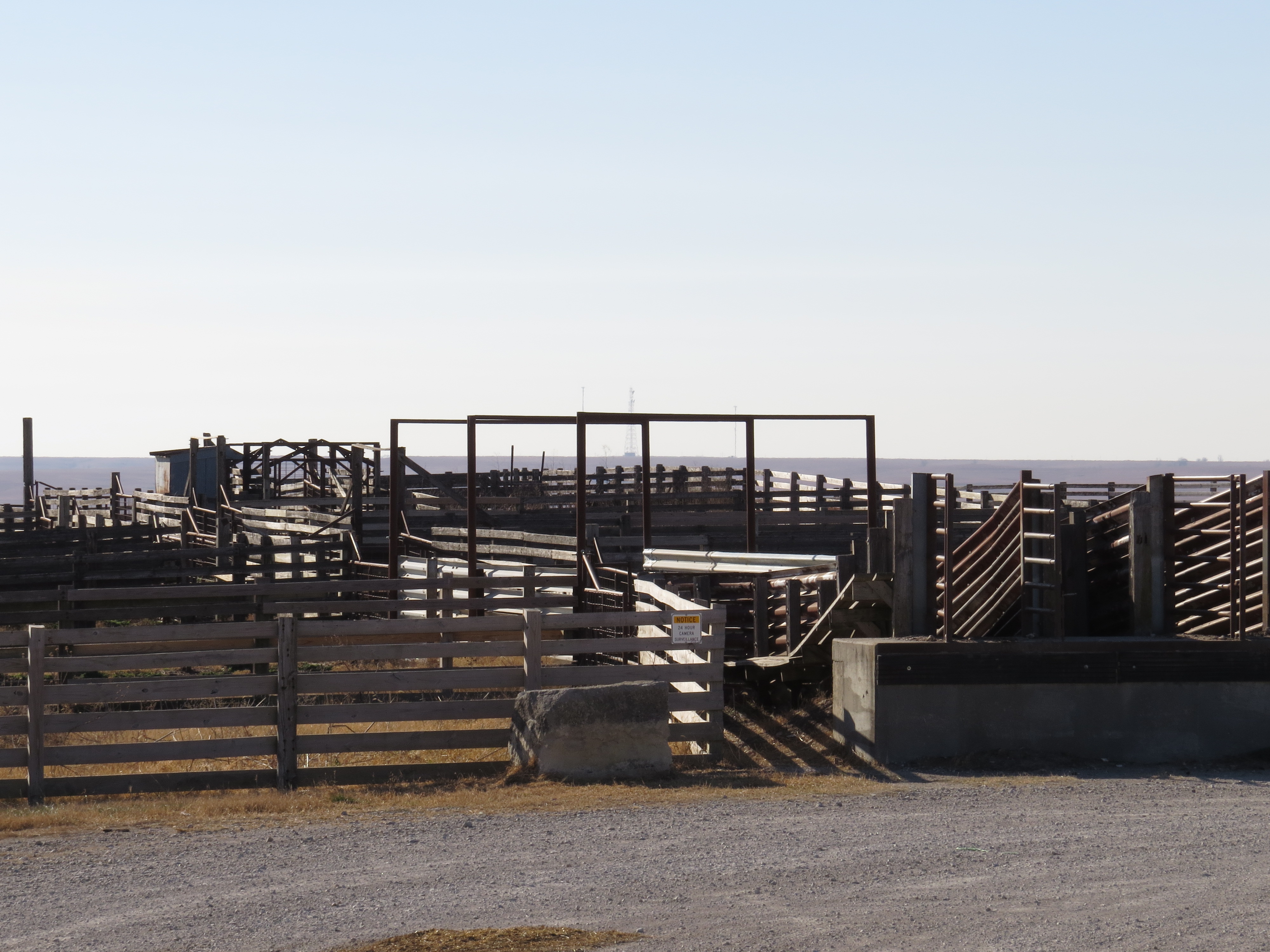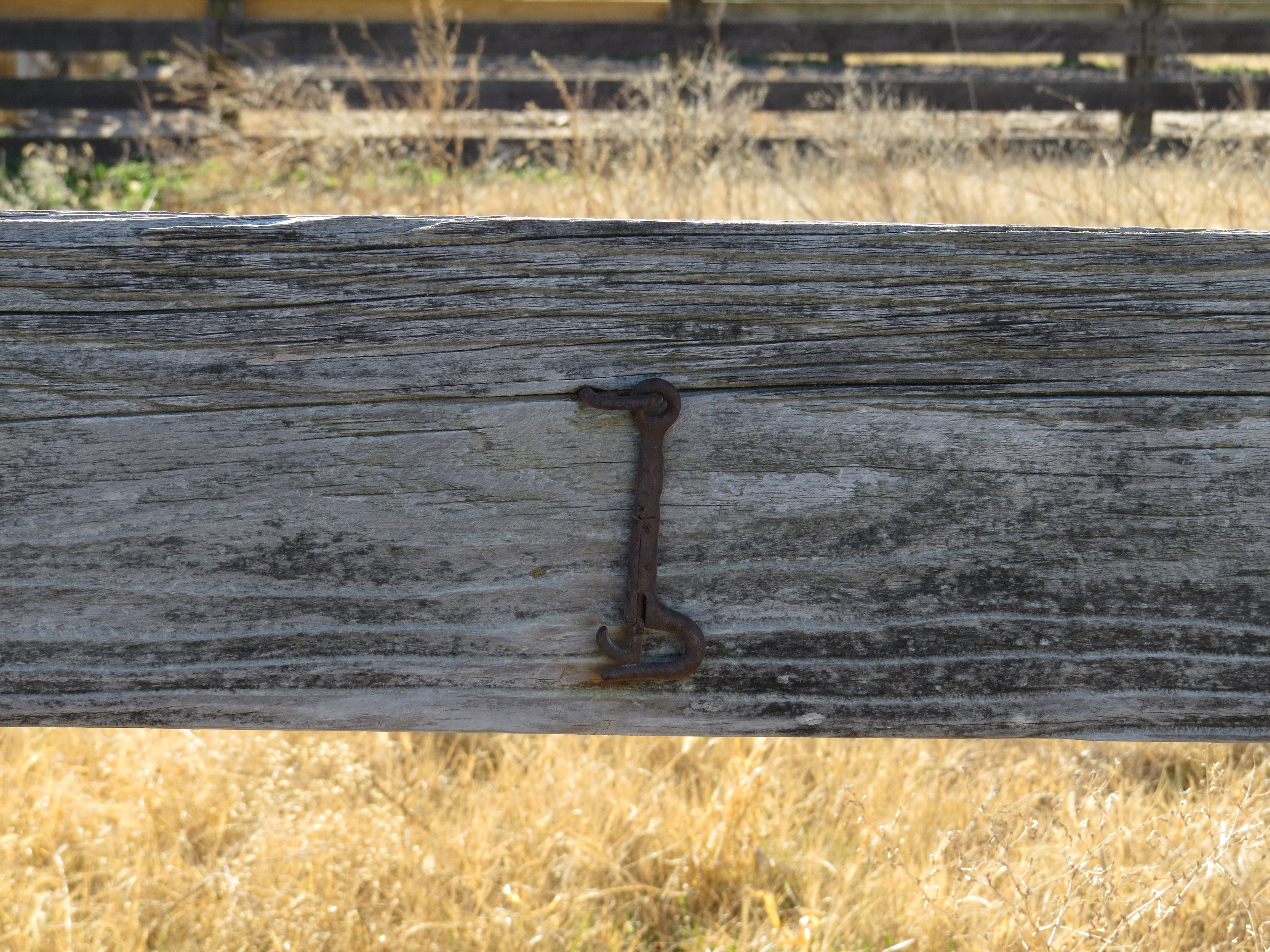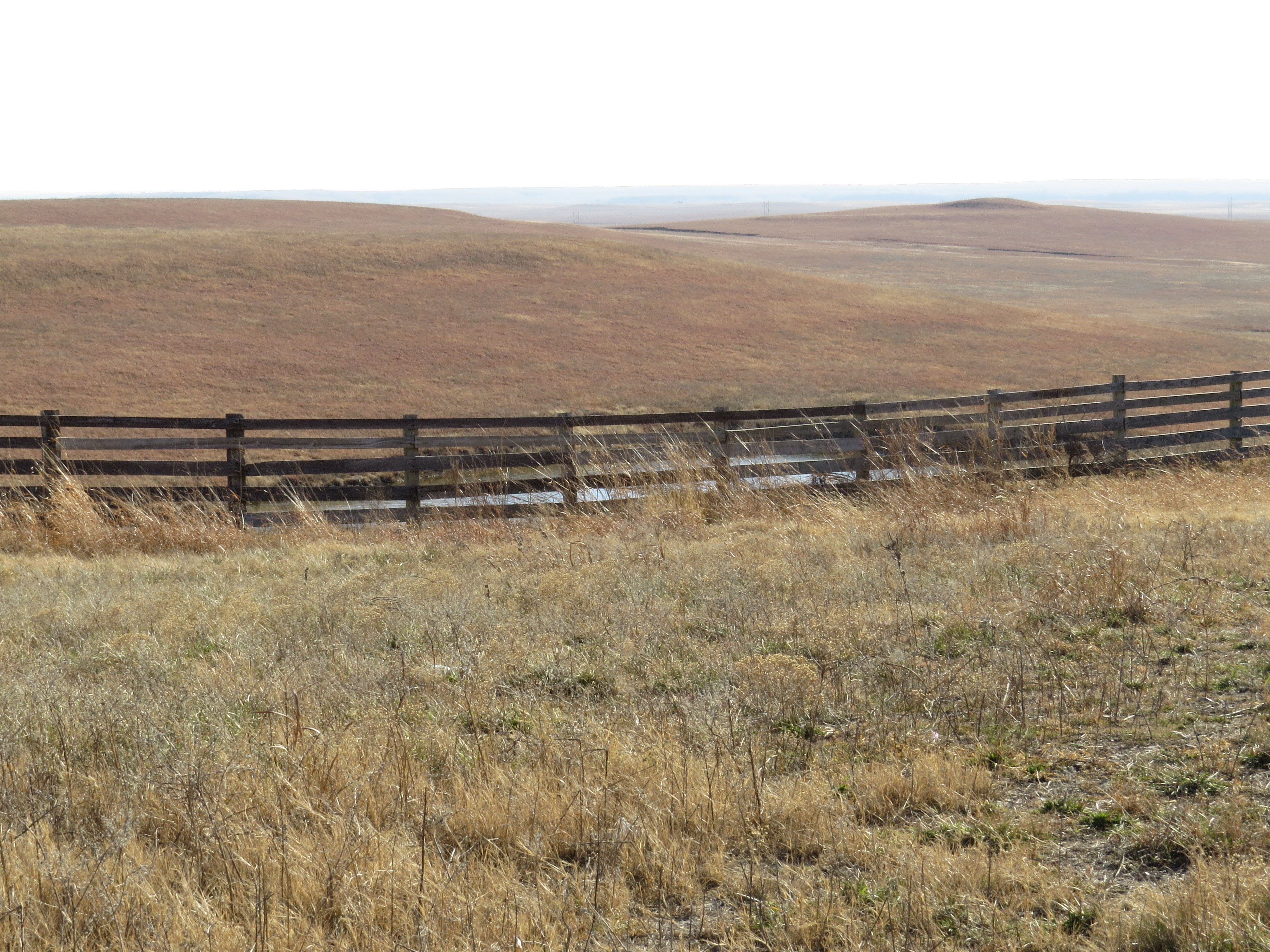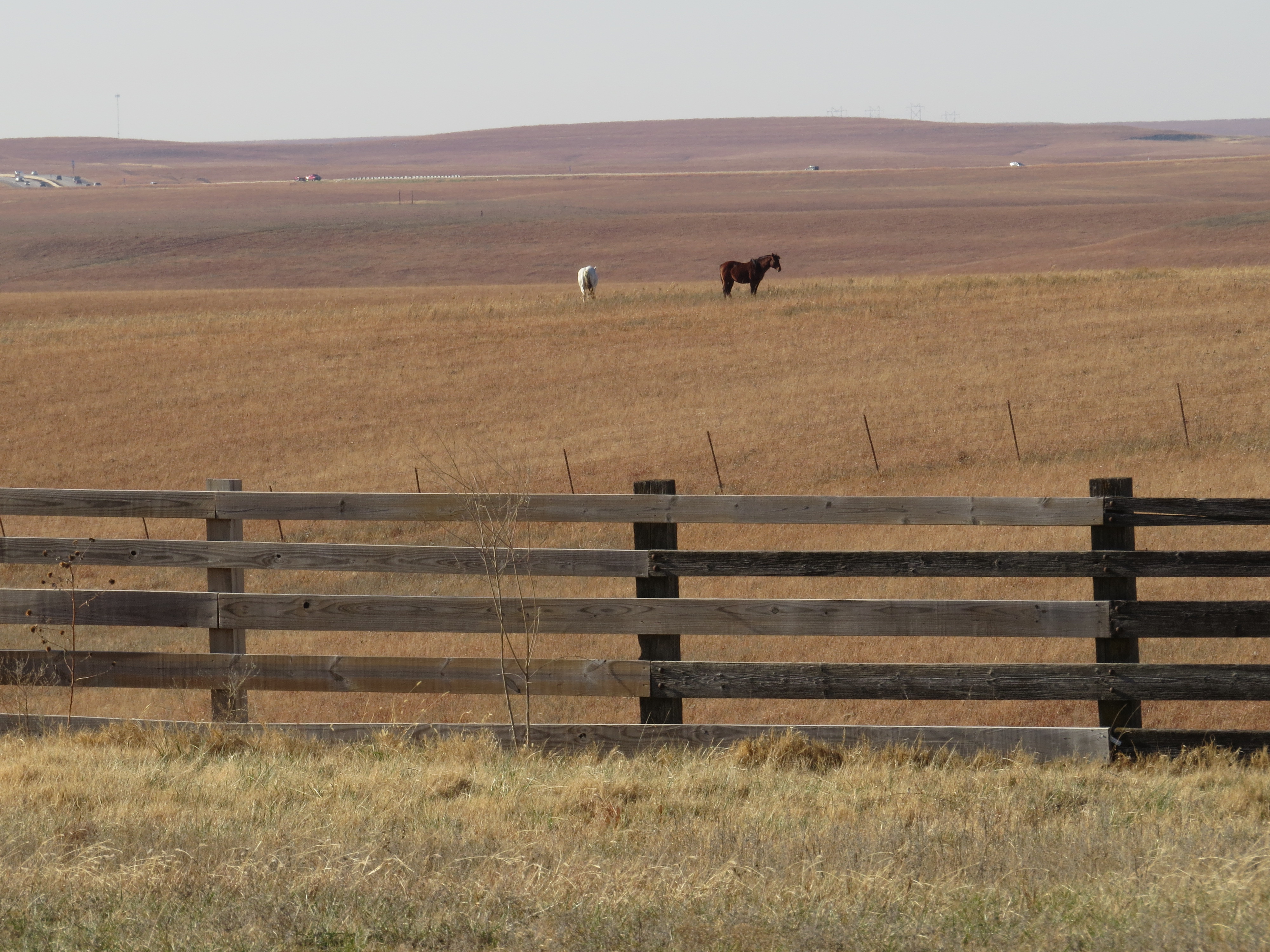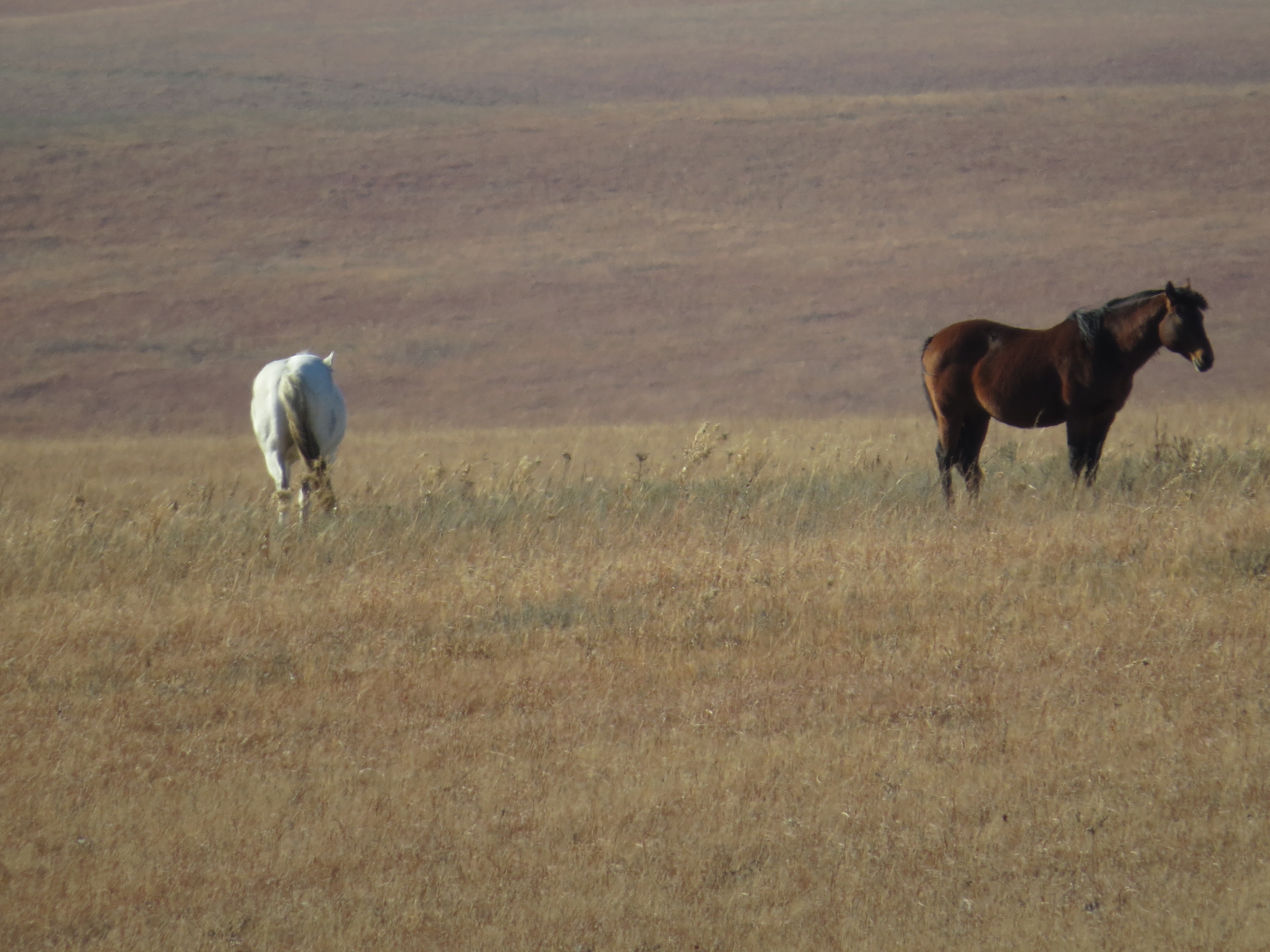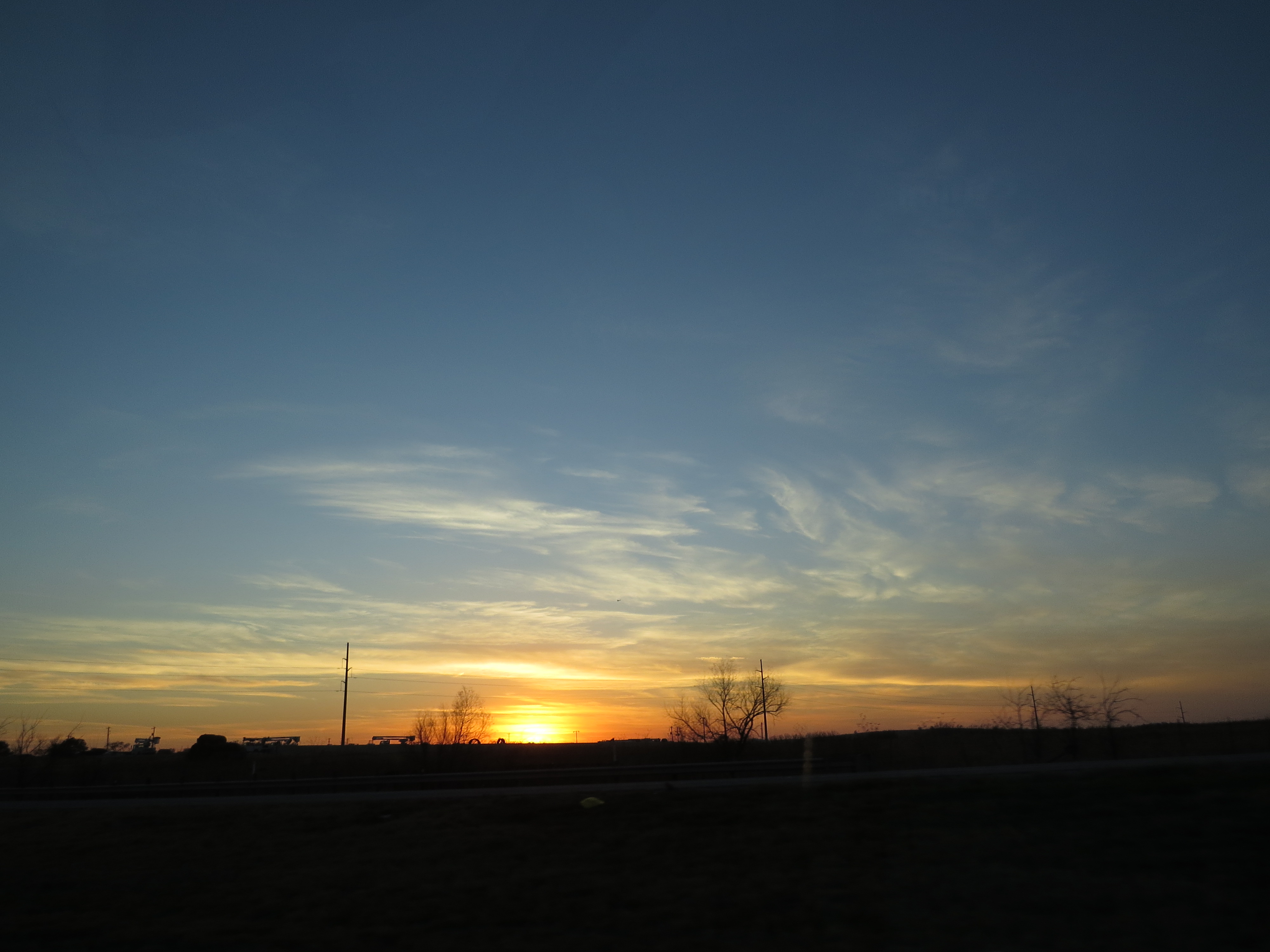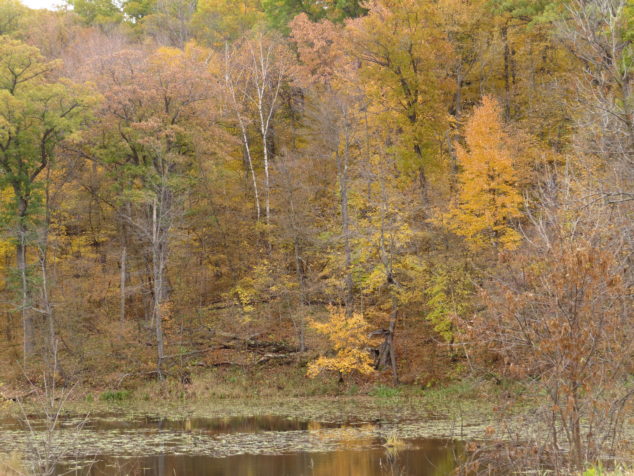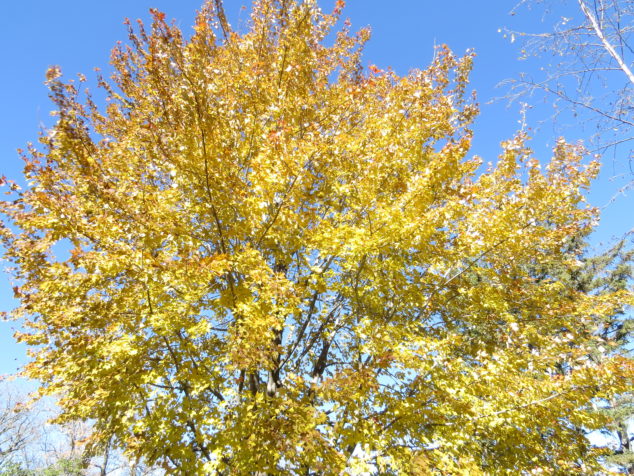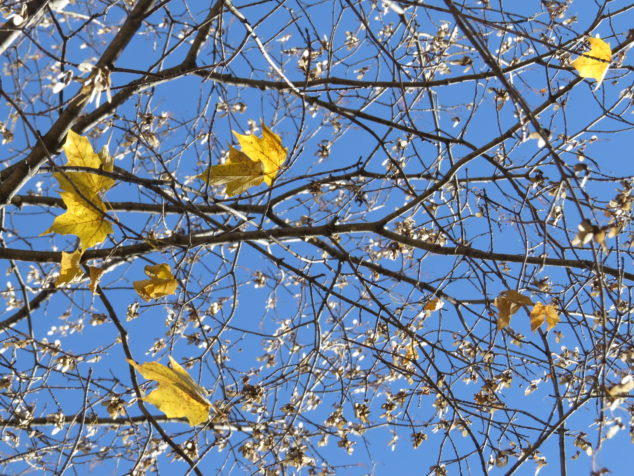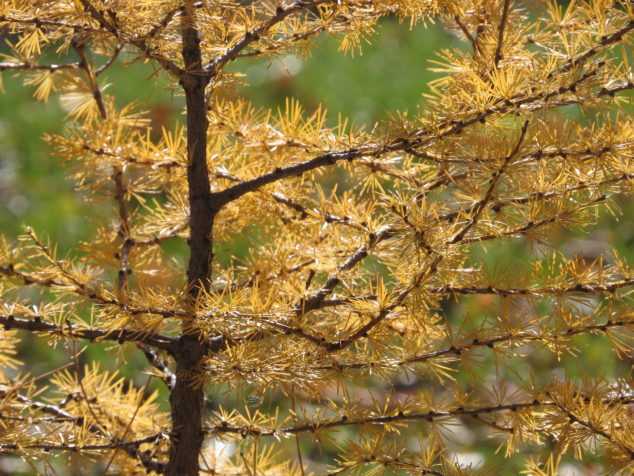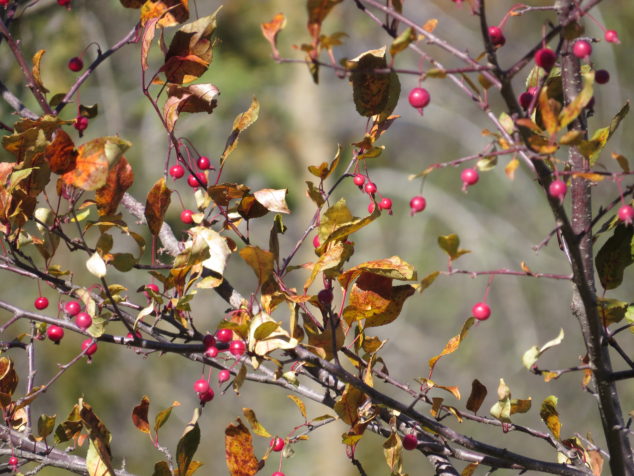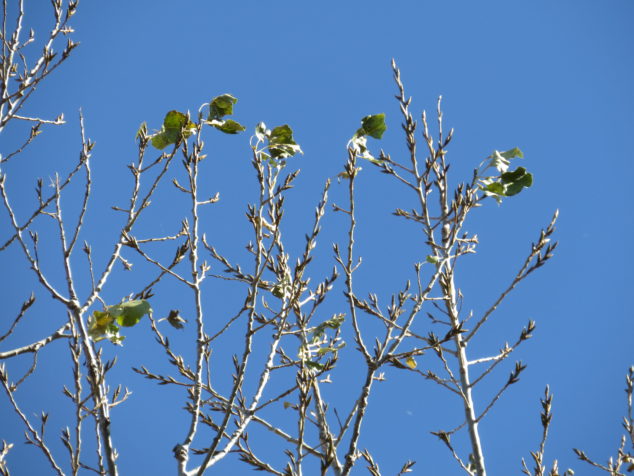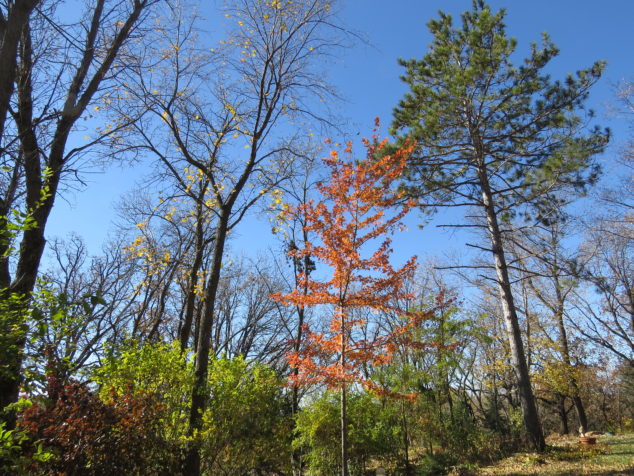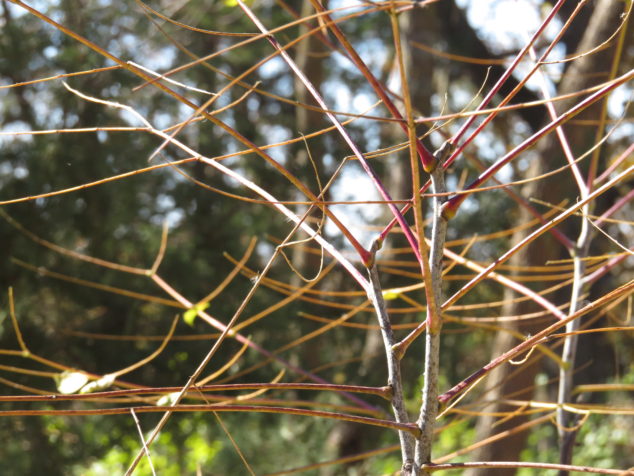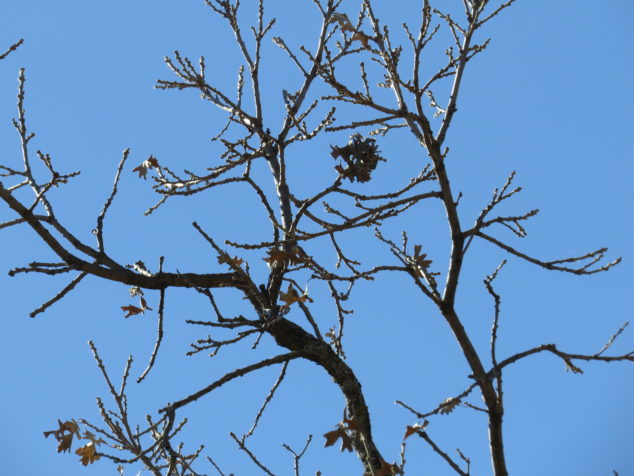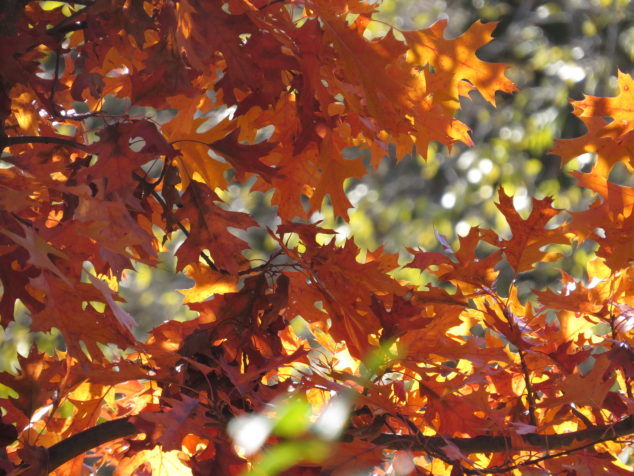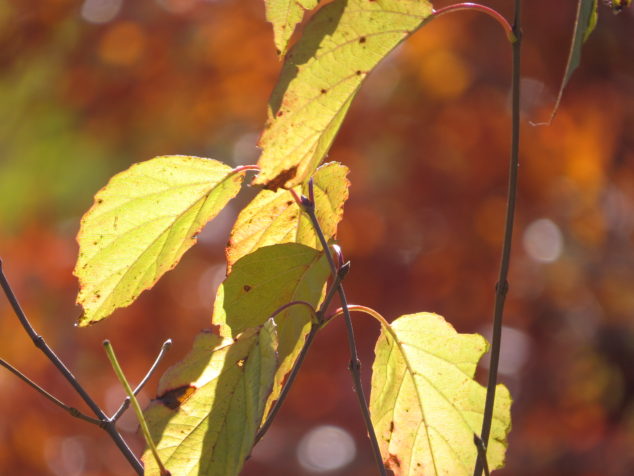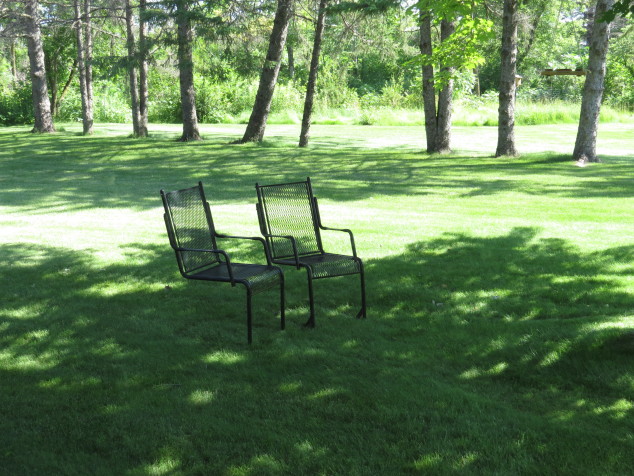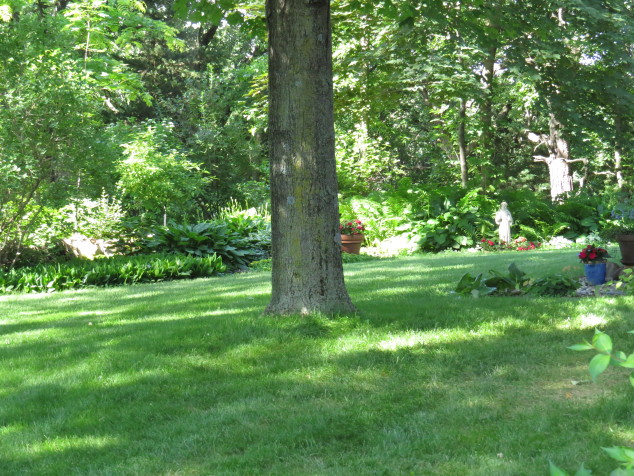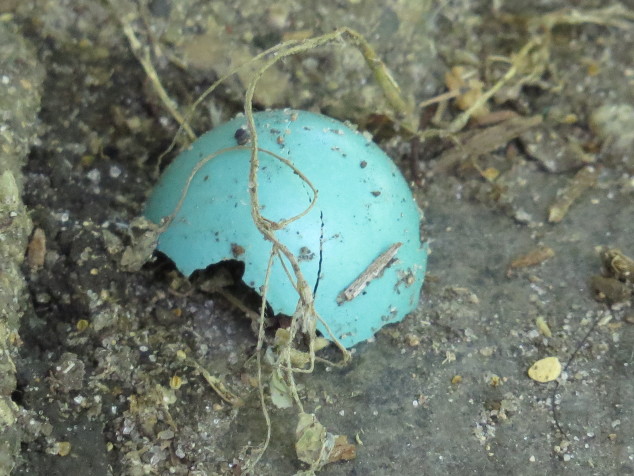I remember the incredible energy and enthusiasm I had in early adulthood to make my way in life. I was naïve in the ways of the world and idealistic to a distinct and long-lingering fault. My pragmatic friend Judy tried to point out my rose-colored vision and give me a reality check, but I cheerfully resisted and persisted in my verdant views of life. I was young, fresh-faced, and immature in experience and judgement. I was in the early Spring of my life, teeming with tender ideas and raw emotions.
One month after we had been walking through those resistant, persistent snow piles in central Minnesota and after our short stay in Cassville, WI for Mary’s burial, Chris and I spent a couple of days in the verdant hills of Forestville/ Mystery Cave State Park in southeastern Minnesota. The trees had not fully leafed out yet—groves of Walnut trees, shy of cold temps, were just pushing out their young compound leaves. Everything was fresh and green and flourishing! This ‘driftless’ area of Minnesota was unglaciated in the last two glacial advances, but the glacial meltwater cut through the limestone and created the bluffs that predominate the area. Winding through and at the bottom of the bluffs are shallow, cold water streams and rivers that support trout, making this an angler’s paradise. After a death and burial, our bodies and minds do well to have a respite from the busy, ‘normal’ life that feels like an assault against the tenderhearted soul work of losing a loved one. This rich green park was a perfect place to buffer ourselves for a transition time back to normal life.
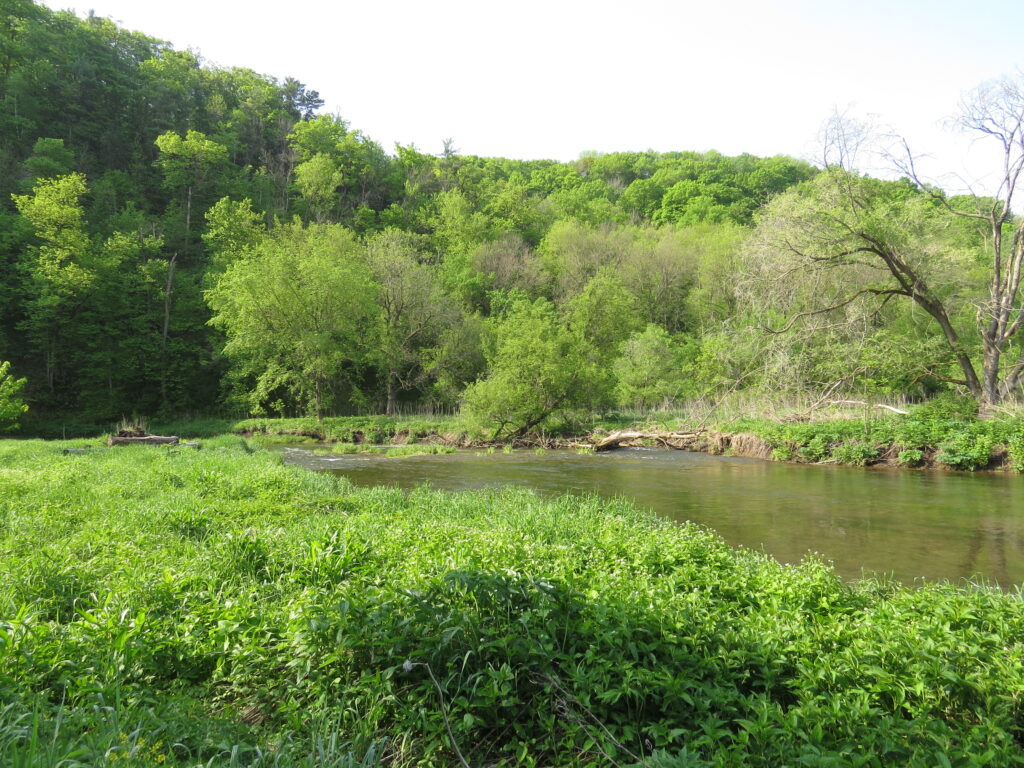
We hiked the Palisade Trail the first morning in the shadow of the palisade or line of cliffs that loomed over the shallow South Branch of the Root River. On the trail down to the river bottom, we saw Mayapples with their two umbrella leaves and single white flower.
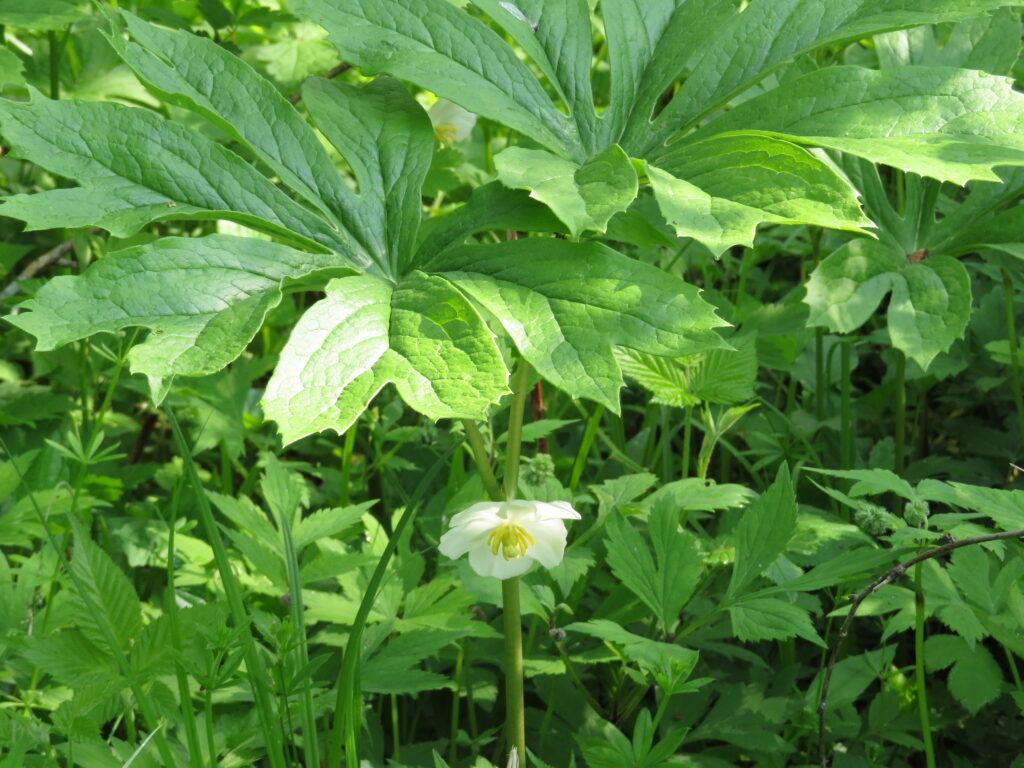
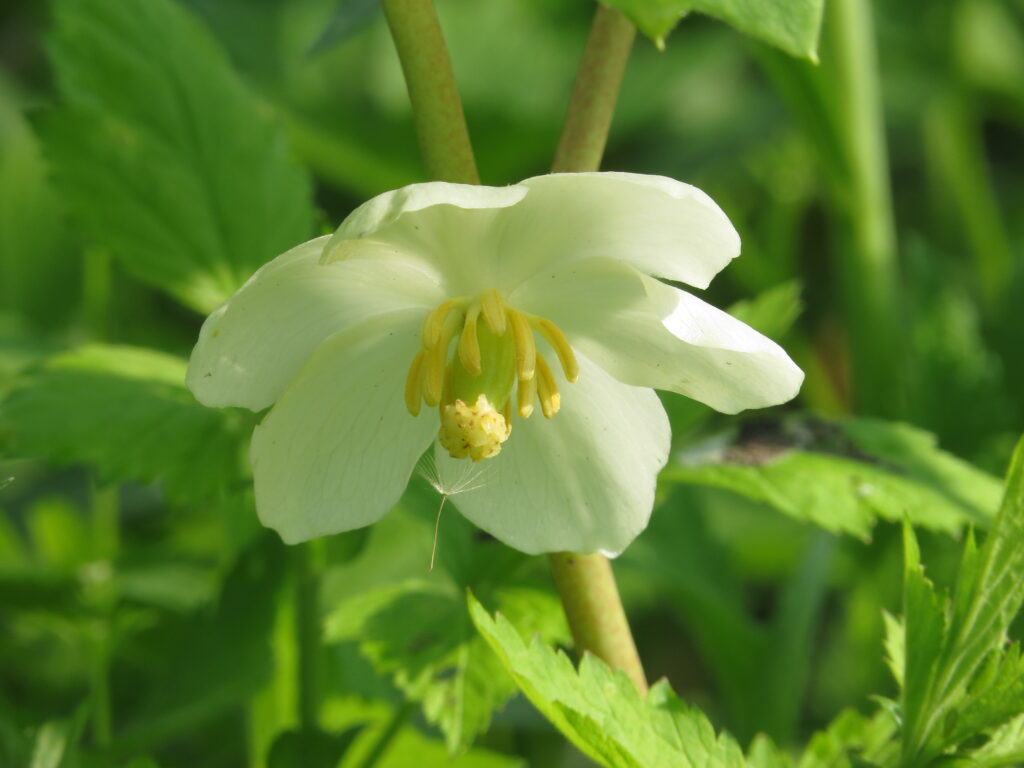
Wild Geraniums and Honeysuckle flowers attracted bees and insects and disseminated a sweet fragrance.
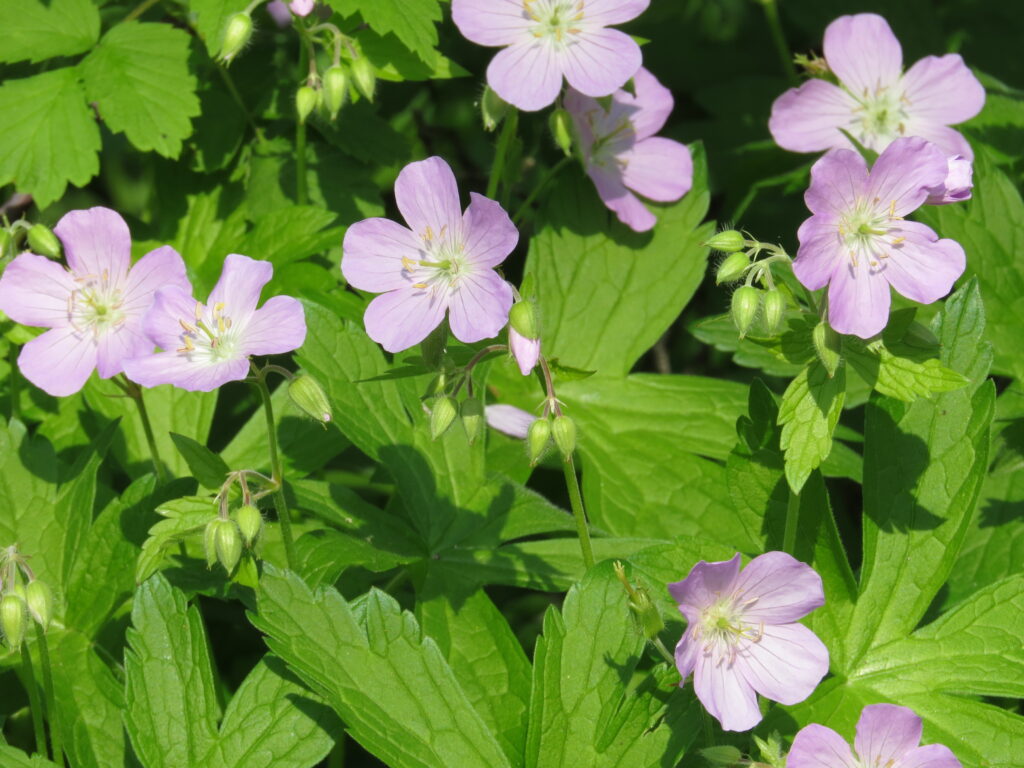
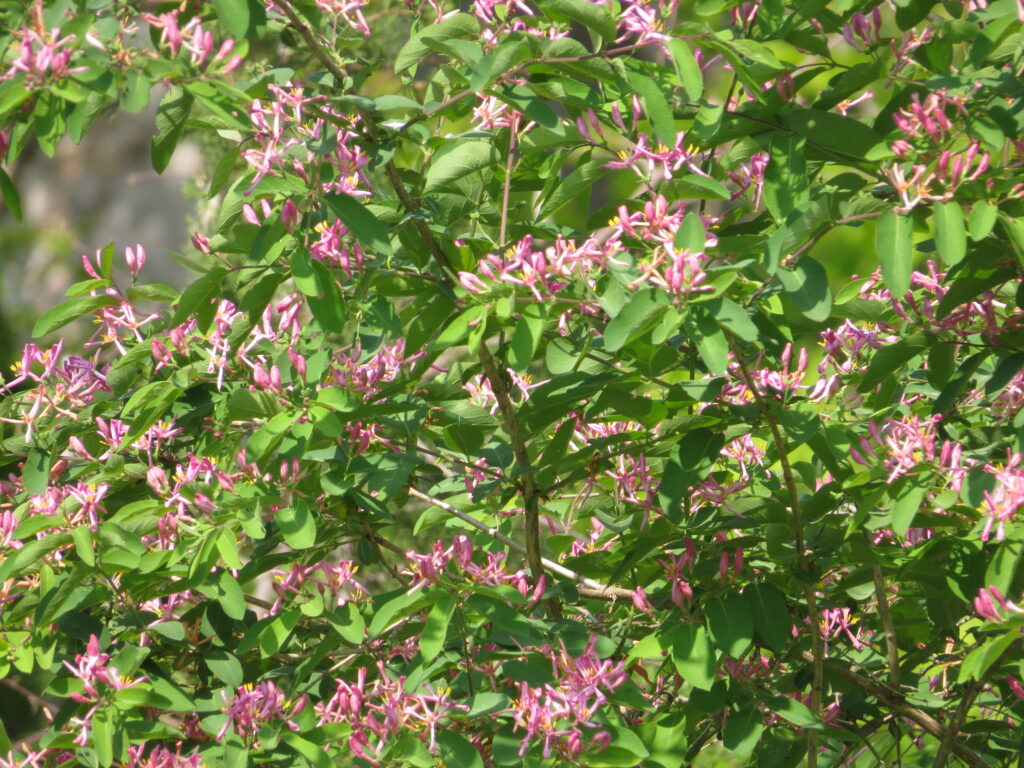
The limestone cliff shaded the River and trail from the morning sun—it was noticeably cooler when we descended to the River.
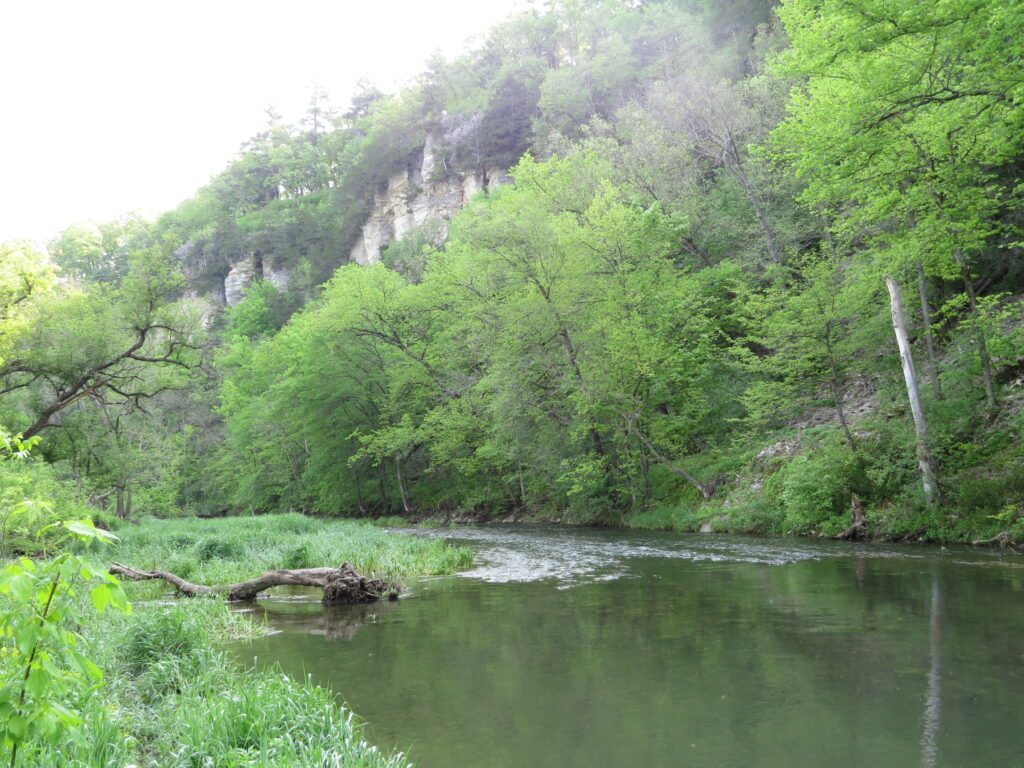
Meadow Rue, Wild Mustard, and Wild Blue Phlox thrived in the cool valley of the rugged limestone cliffs.
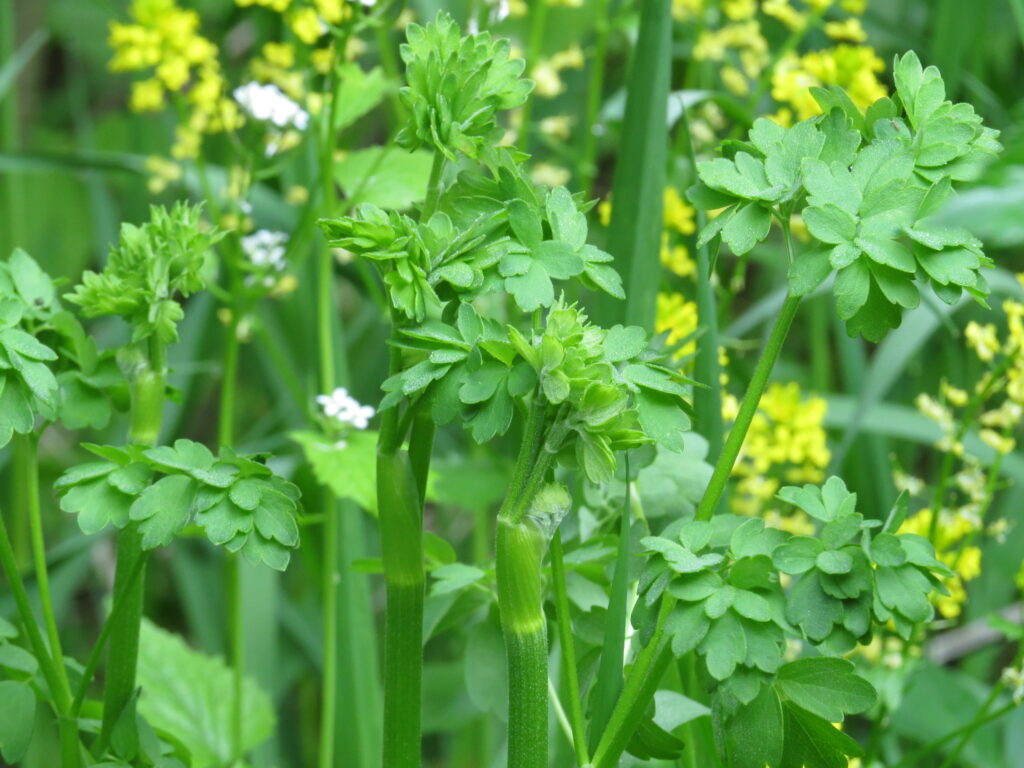
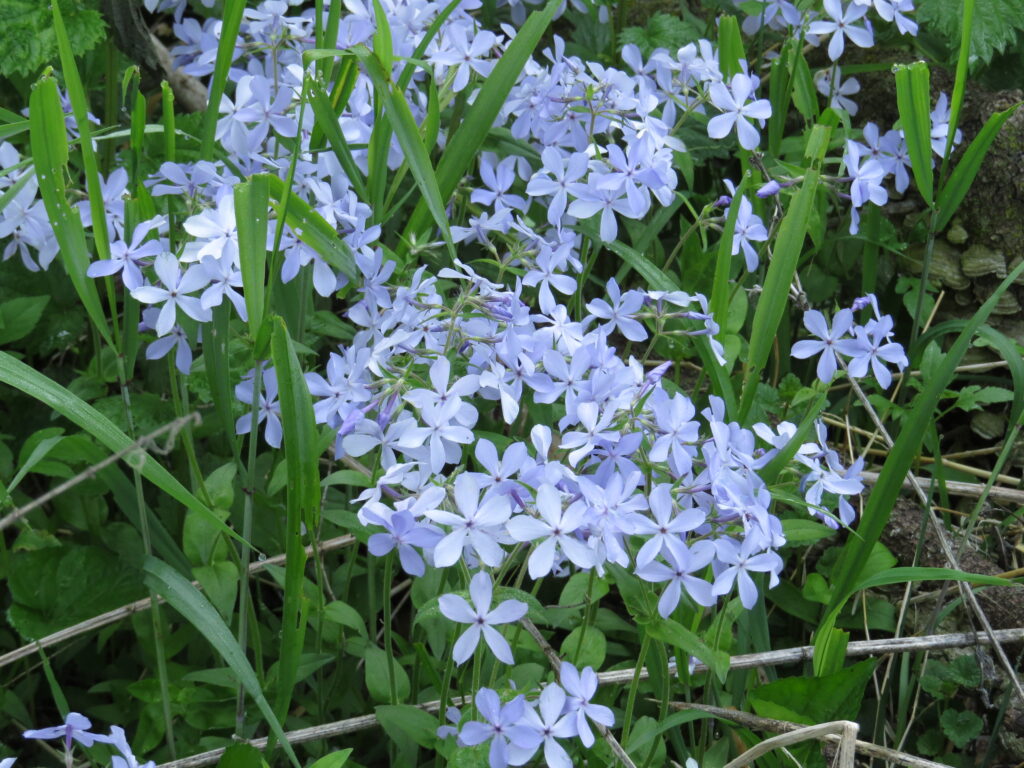
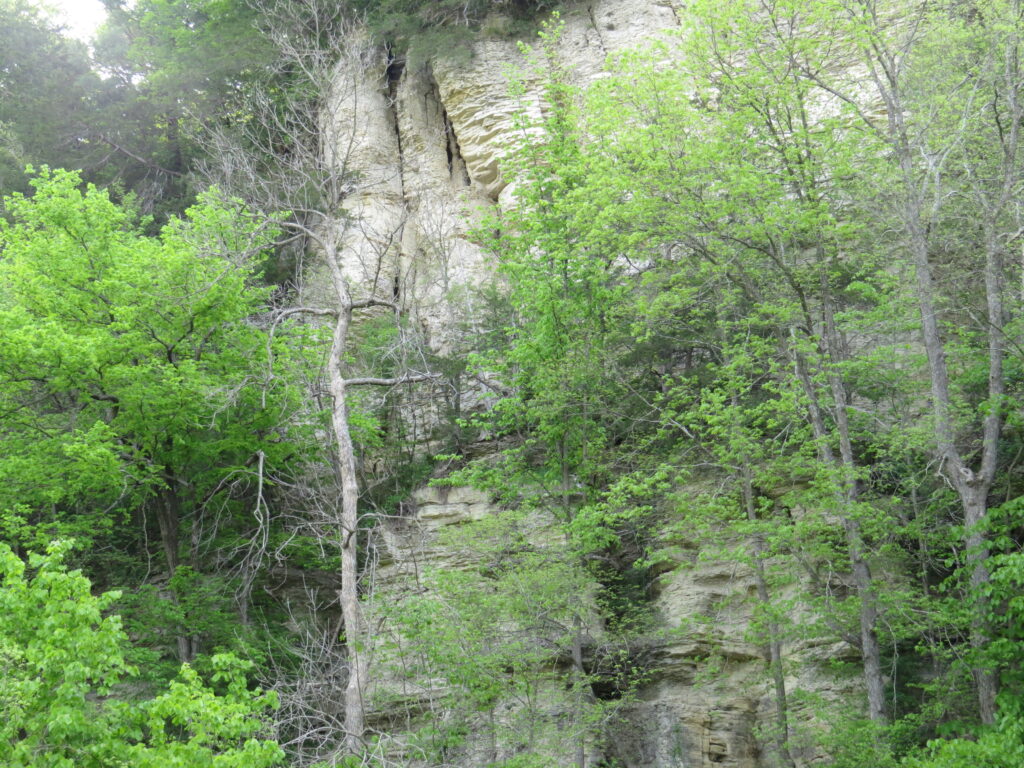
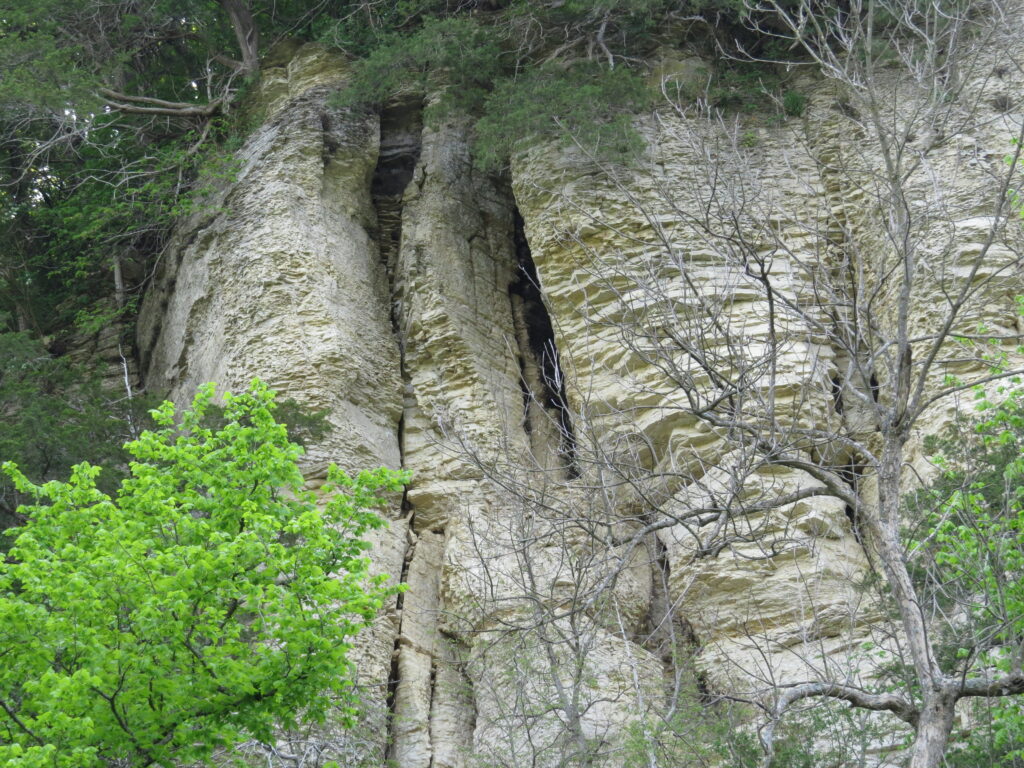
With the heat of the sun and the cool of the valley floor, dew had collected on plants, including the beautiful Virginia Bluebells, and soaked our shoes as we walked.
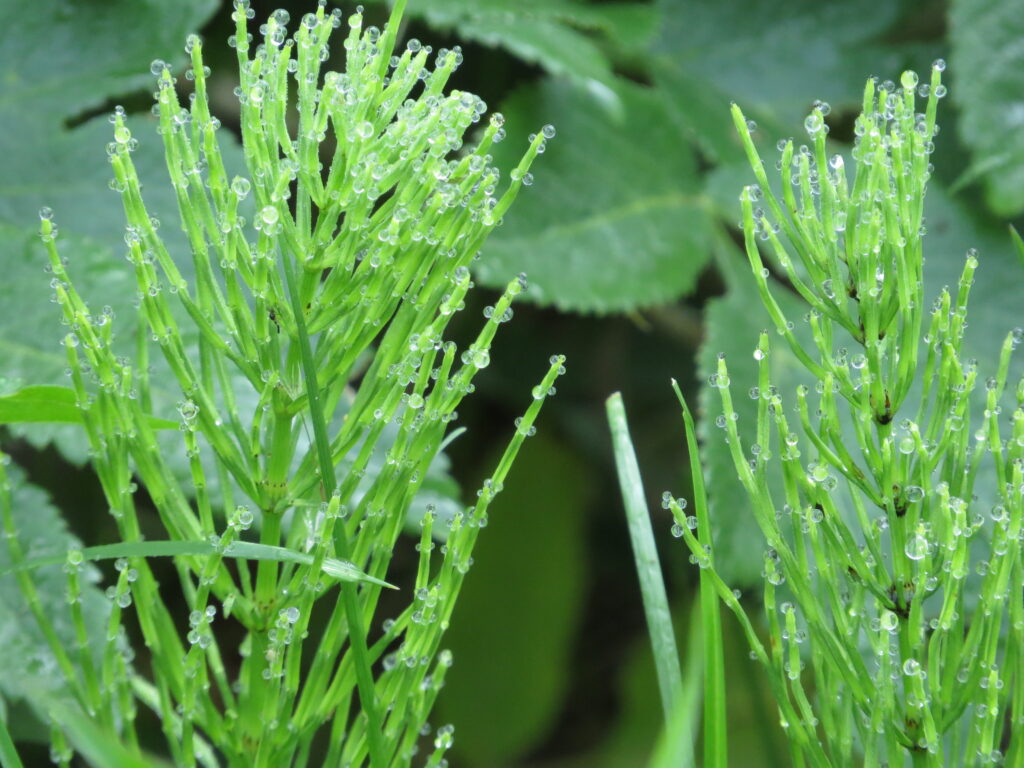
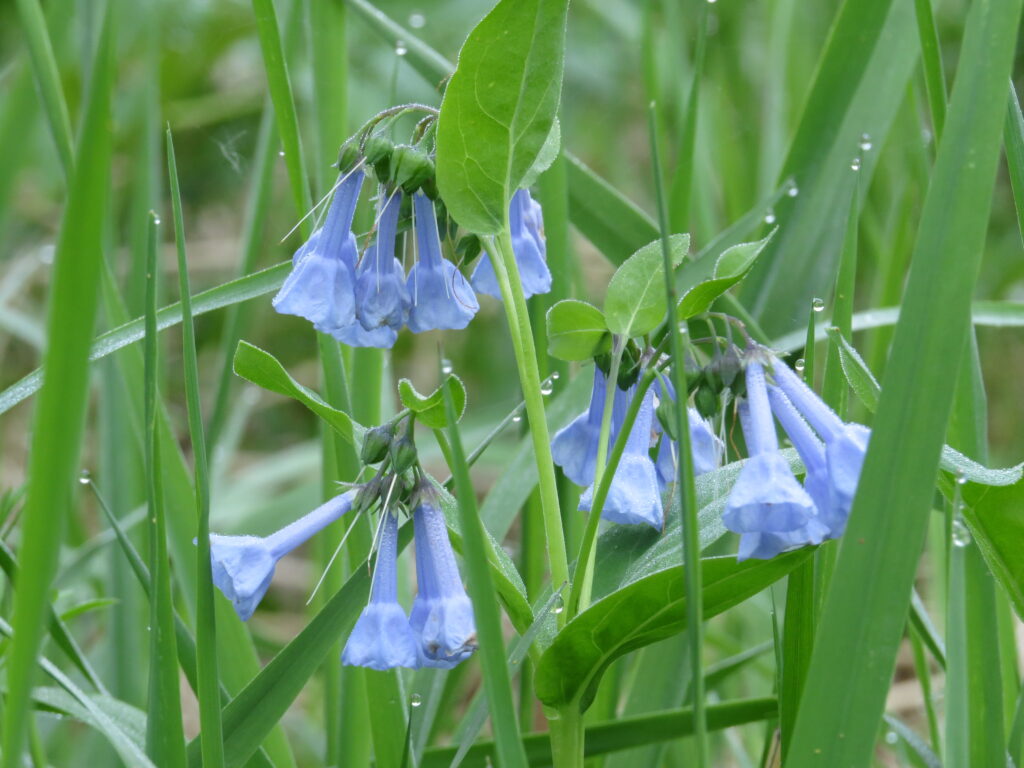
There were fishermen trying to land a trout, and geese swimming in and flying above the River. It was a peaceful, beautiful place.
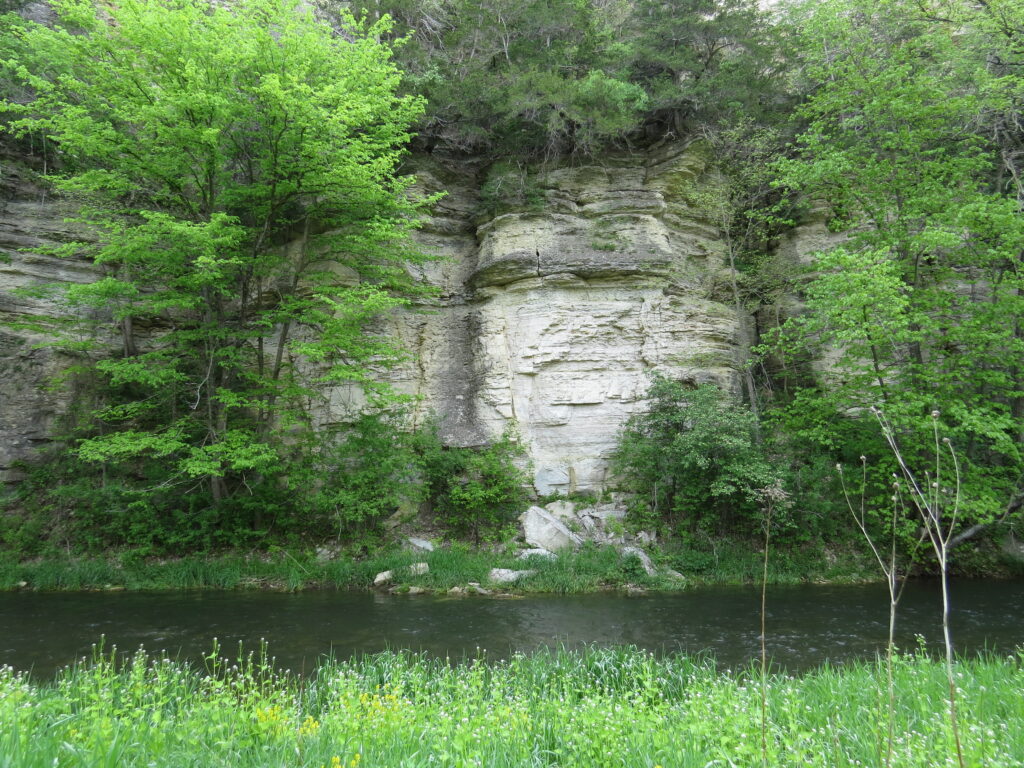
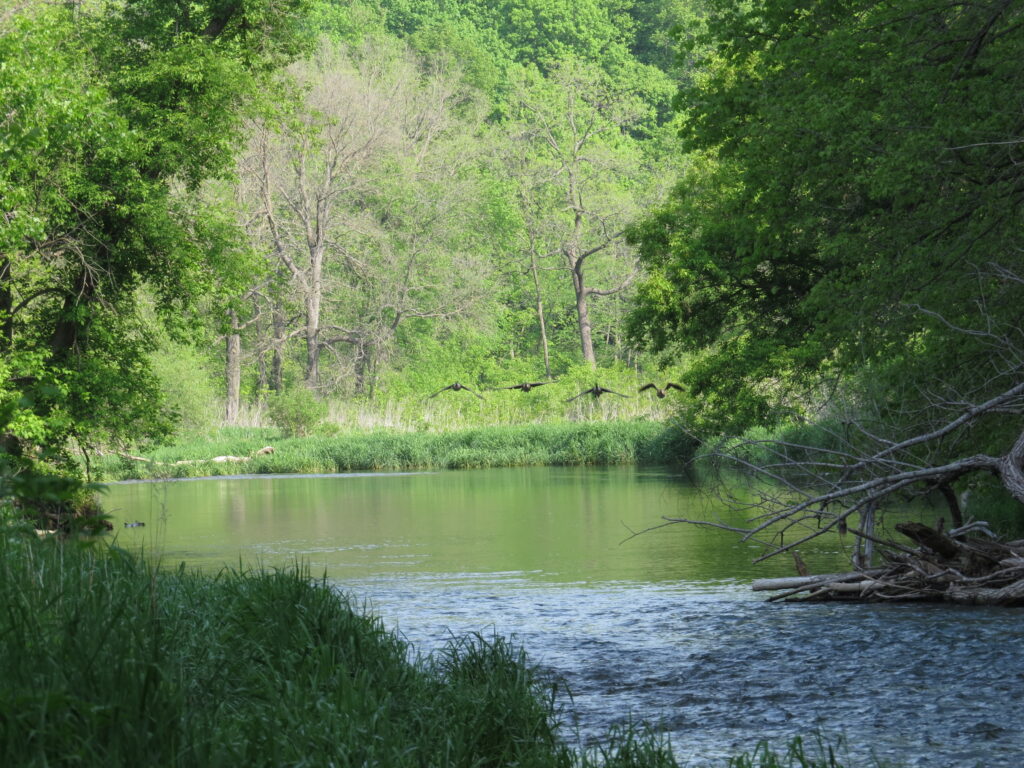
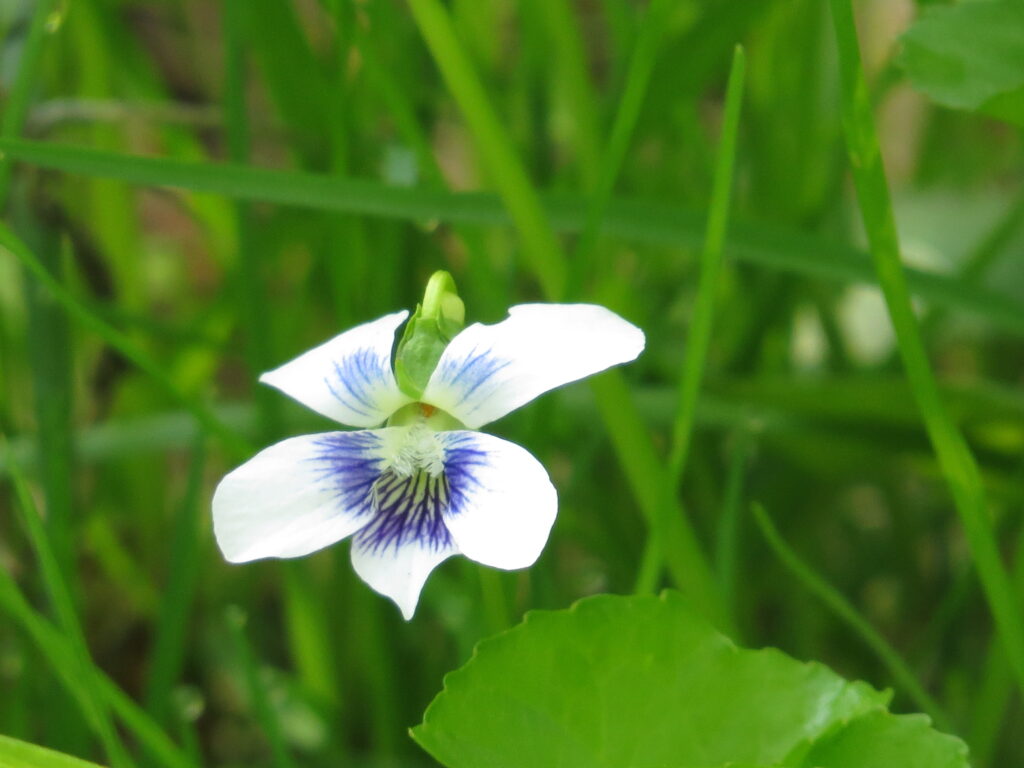
Later in the day, we walked another trail that wound by the Root River, through the campgrounds, and up over a Maple tree-covered hill and ridge. Ferns of every sort and large Jack-in-the-Pulpits lined the trail.
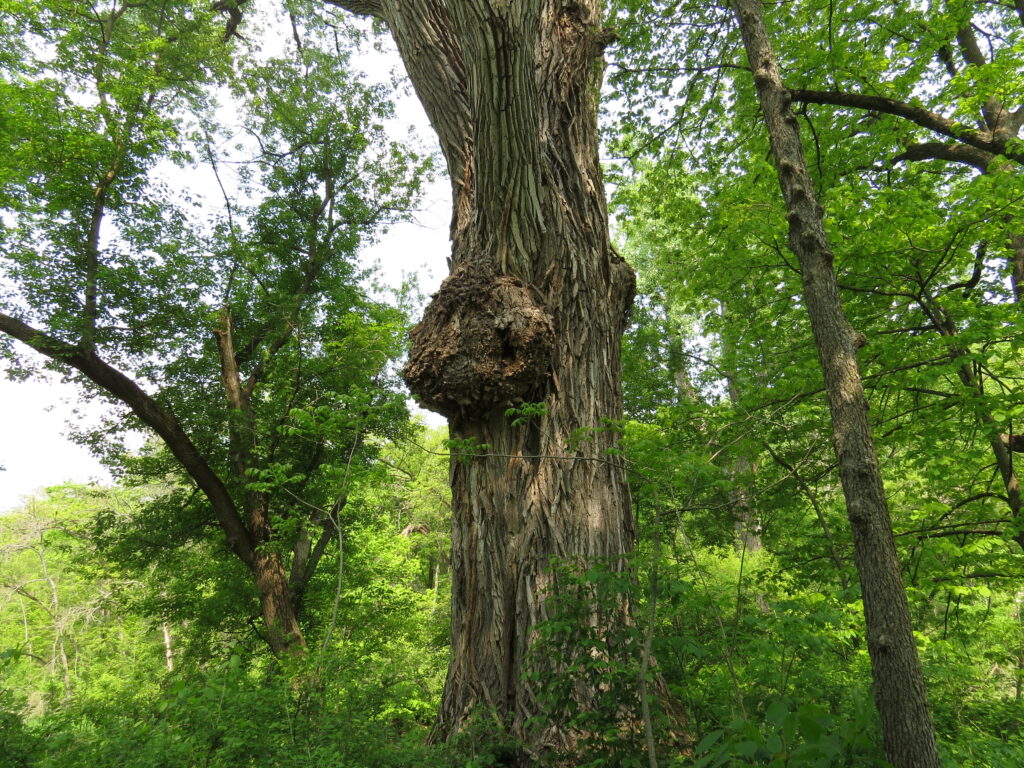
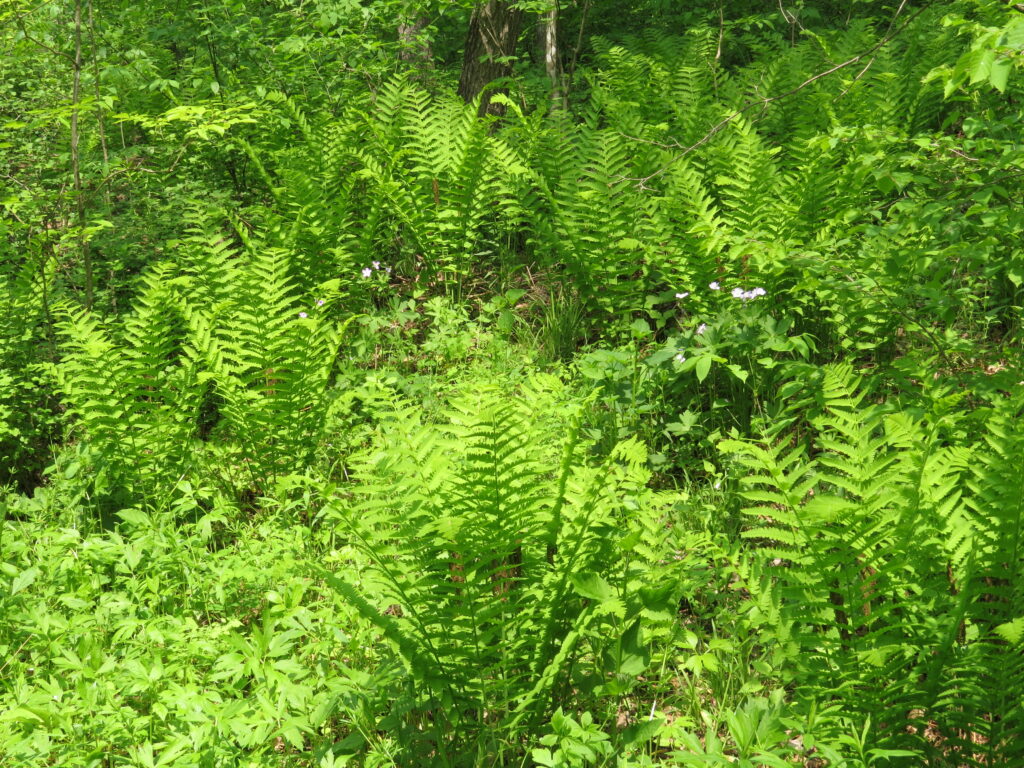

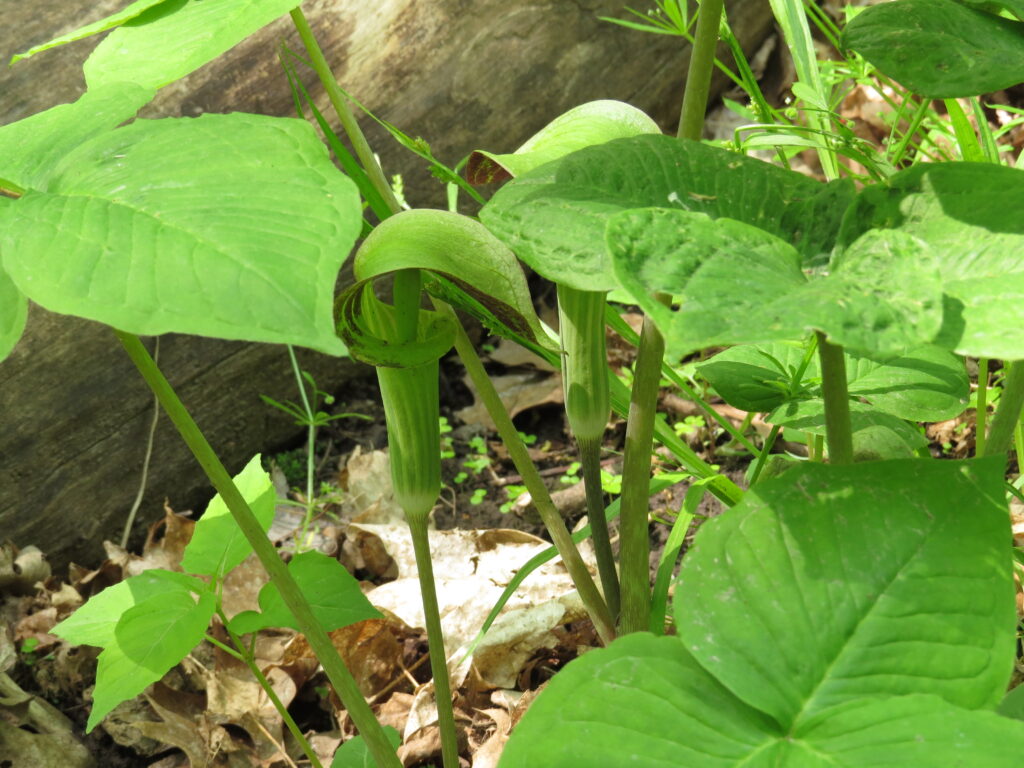
The park has a horse camp area, and we saw numerous riders on some of the trails we hiked. The horse trail forded the River below the road bridge. Hiking up the ridge was a good workout, and as we puffed our way up, a horse rider exclaimed that they let their horse do the work!
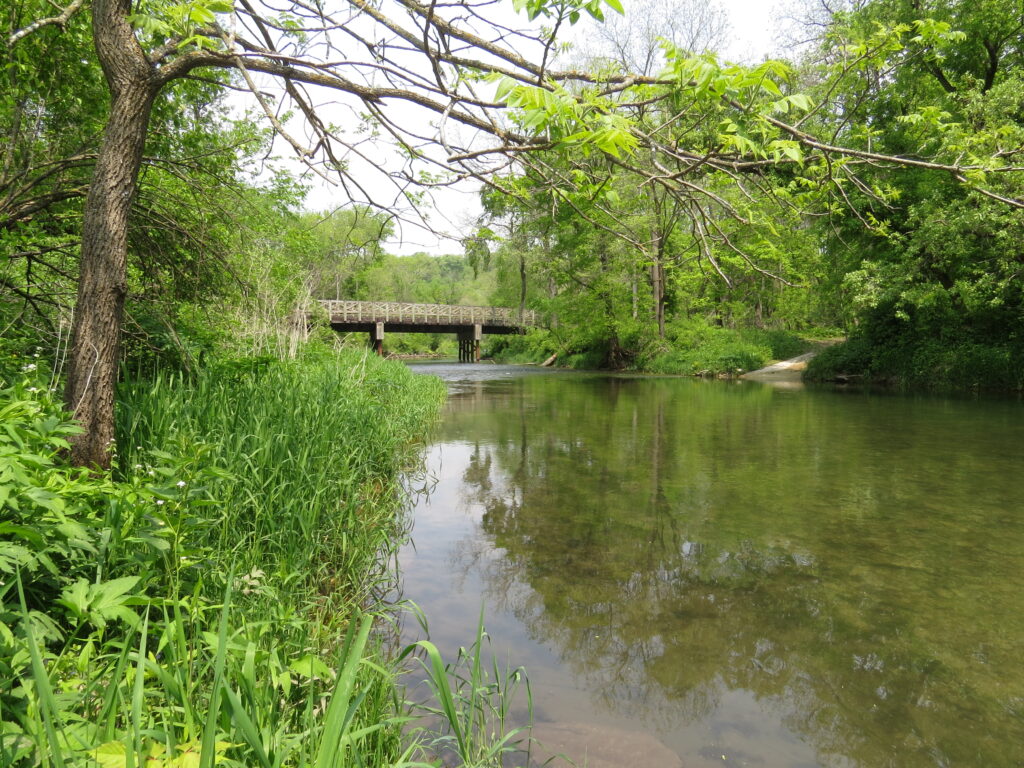
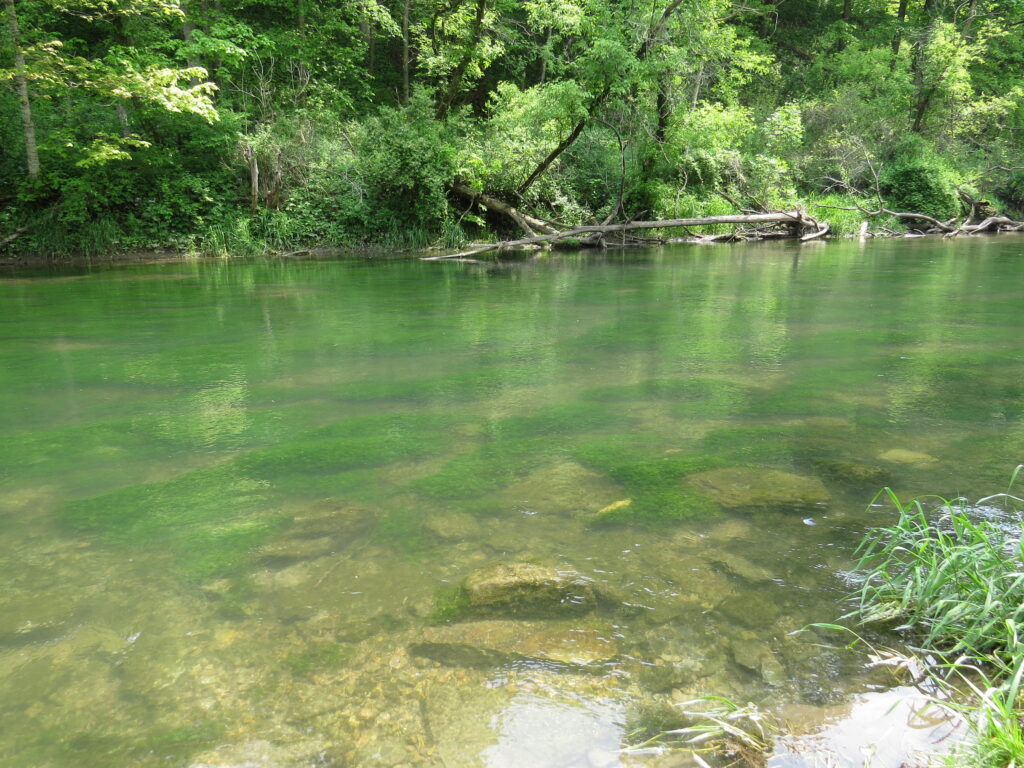
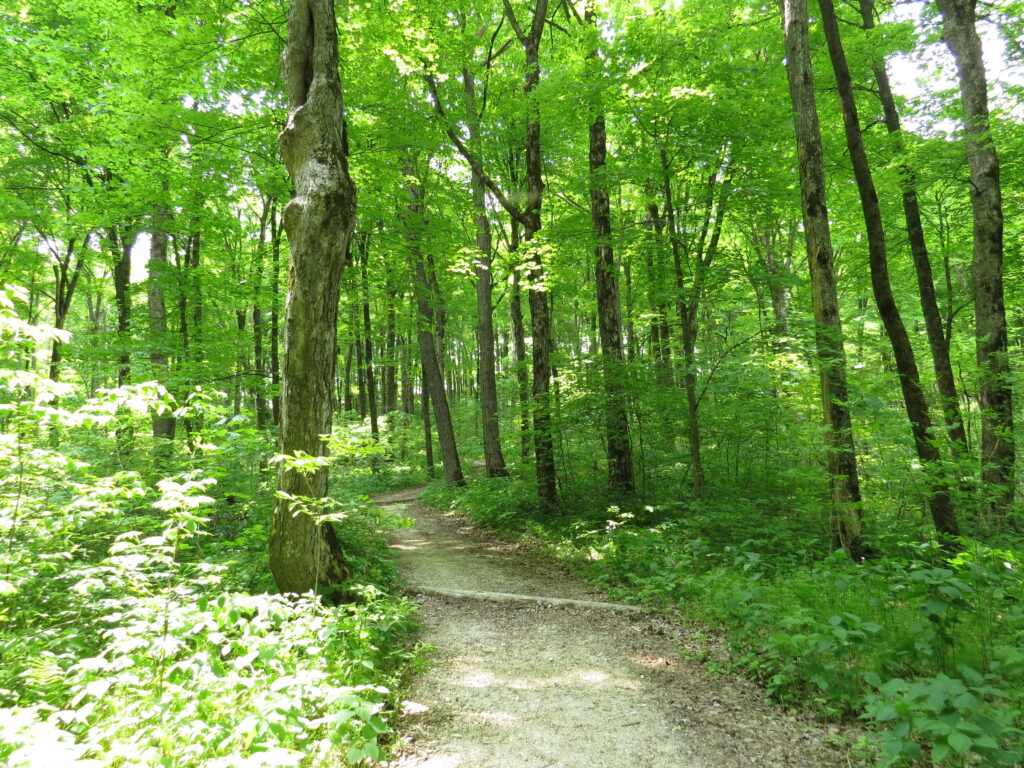
The trail at the top of the ridge was beautiful. I had expected there to be a flattened meadow once we got to the top, but the ridge was literally the ridge between two steep, deeply wooded valleys. Exploring a new place is always an adventure.
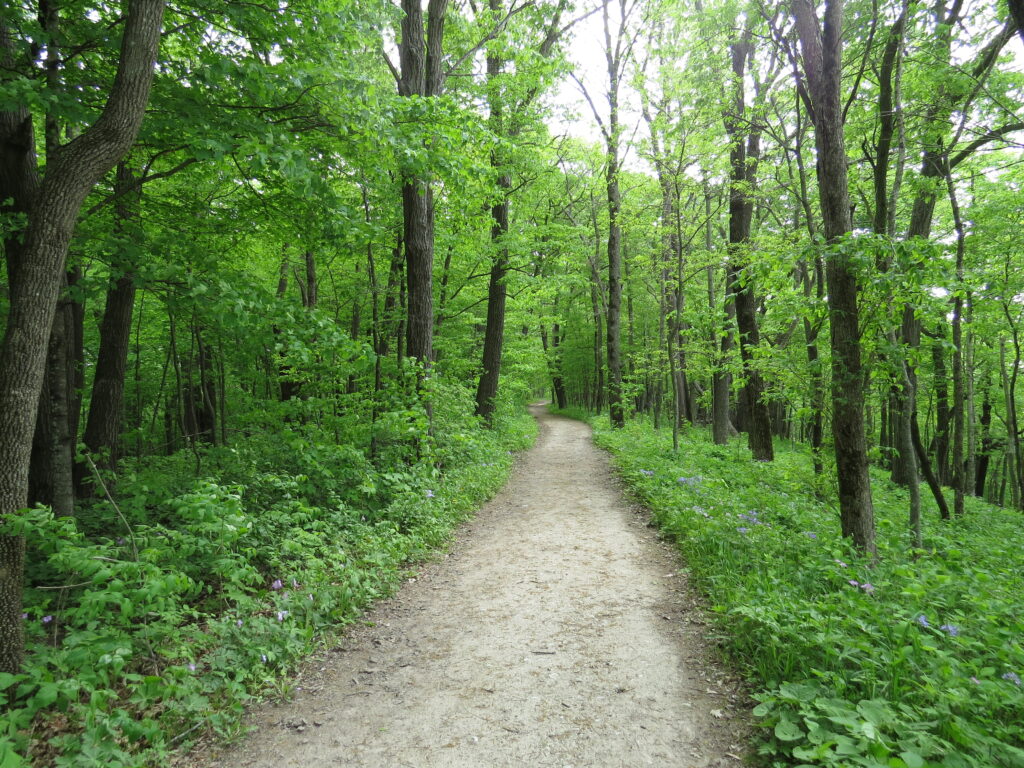
Early Spring, whether in our own lives or in Nature’s cyclic rhythm, is a time of fresh and supple greenness. Ideas, beliefs, faces, leaves, flowers, and all accompanying entities are unscarred, unscathed, and untested. Then comes Life, death, soul injuries, insects, weather, loss, and a whole host of things that temper the young, fresh living beings. ‘Temper’ is a key word about the process—it describes how steel is heated and then cooled repeatedly to improve its hardness and elasticity. Life does harden our young greenness, but it also increases our elasticity or resilience, if we include ‘the cooling.’
Whenever there is grief, a ‘heating up’, whether by the death of a loved one, the loss of a relationship, a stark and jolting reality check, or the gradual realization that a naïve, fervently-held belief is not nor ever has been true, we desire comfort. “Even though I walk through the darkest valley, I fear no evil, for you are with me; your rod and your staff, they comfort me.”* Comfort is the ‘cooling off’, the neutralizer or counterbalance to the heat and pain of Life. It is often overlooked, undervalued, and not given its due time and respect by society. “The Lord is my shepherd; I shall not want. He makes me lie down in green pastures; he leads me beside still waters. He restores my soul.”* Green pastures, streams and rivers, old forests, ancient rocks, fragrant flowers, rest, love, words of care and understanding, hugs, and time for self reflection cool us down and restore our souls. Life is a good workout for our souls, but we have to do the restorative work ourselves. God knows it’s hard work, and he leads us on the right paths.* With each pain, each grief, each adventure, and each comfort, we are tempered—stronger and more resilient. “Surely goodness and mercy shall follow me all the days of my life.”*—the sweet fragrance of our toil.
*from Psalm 23

